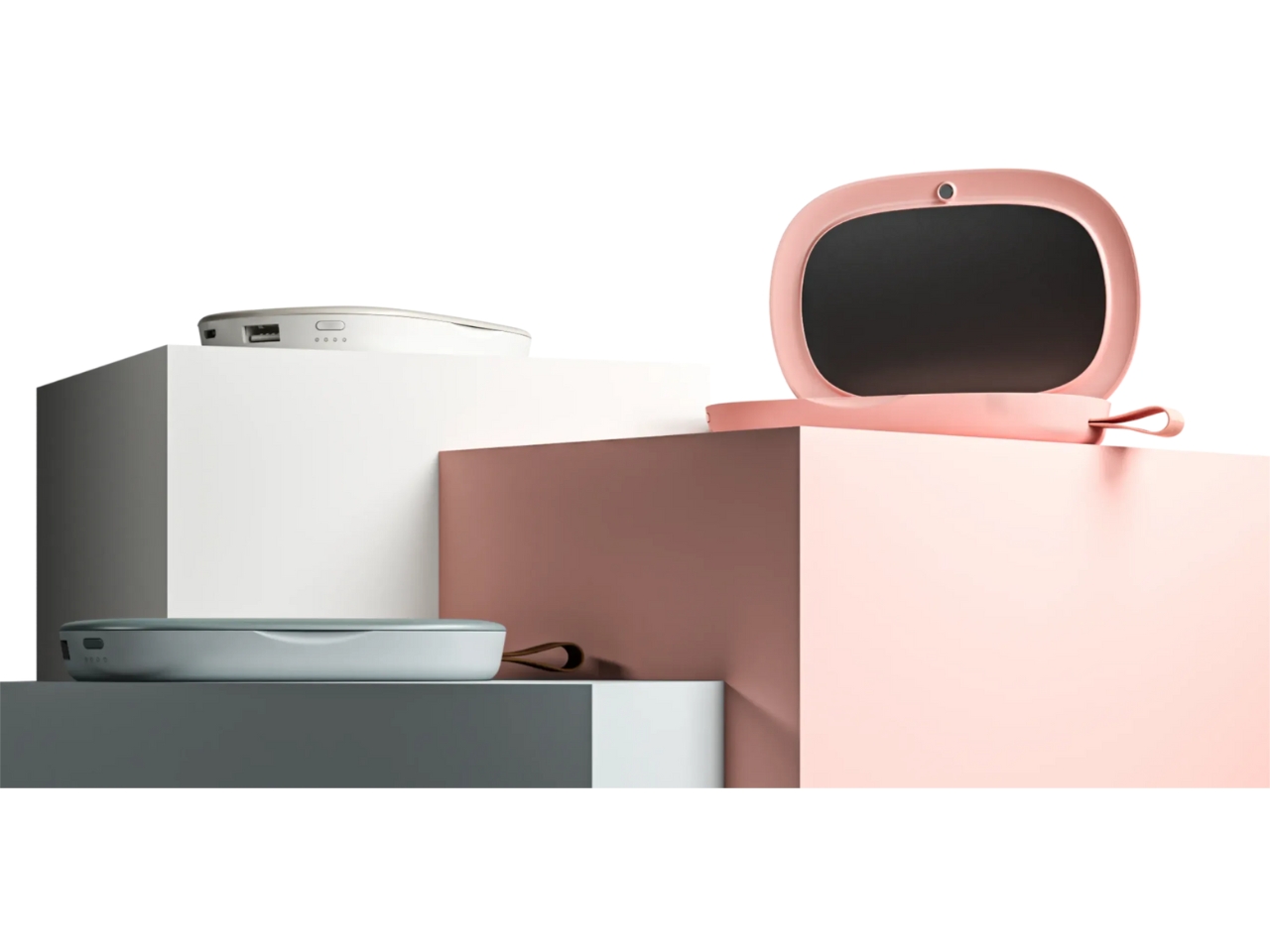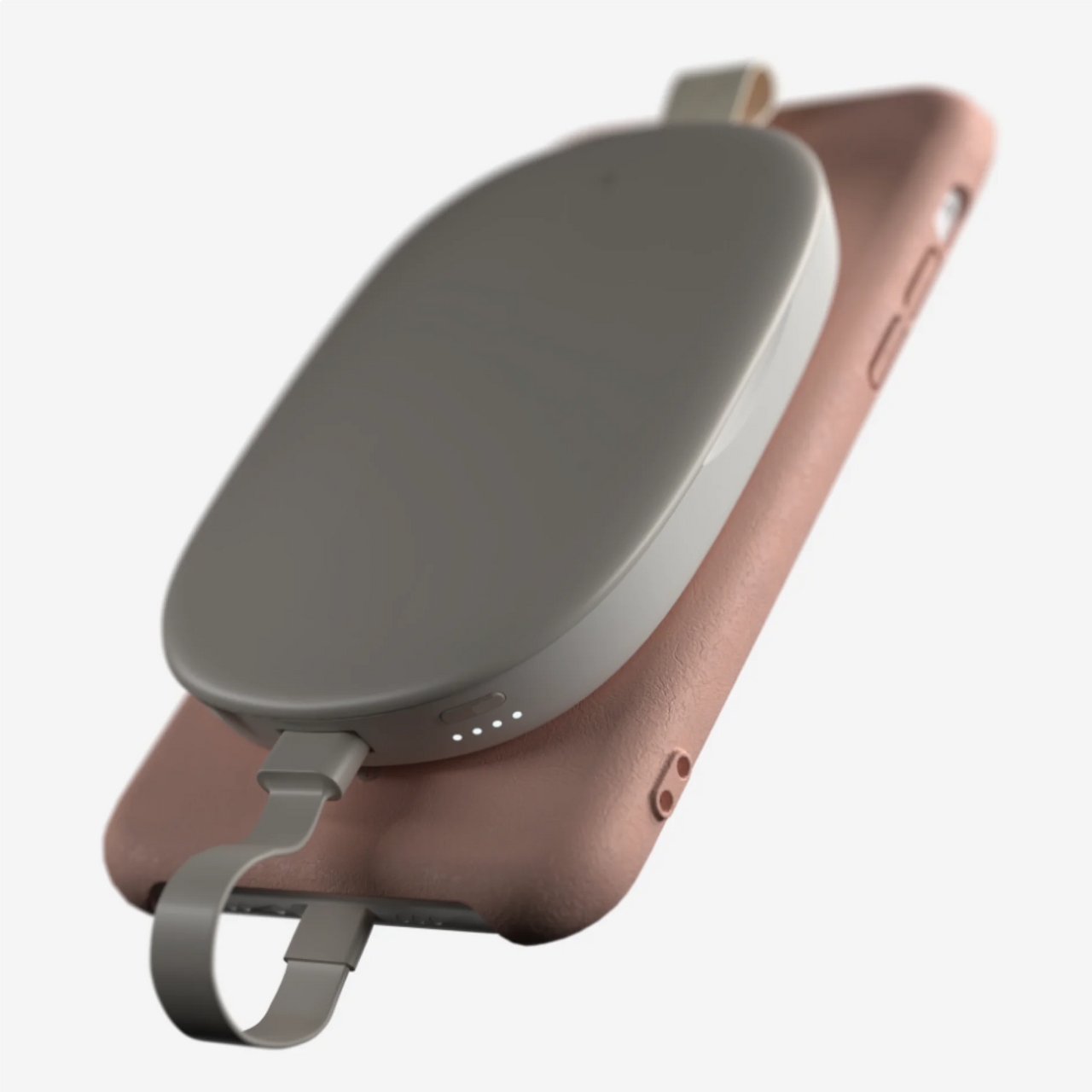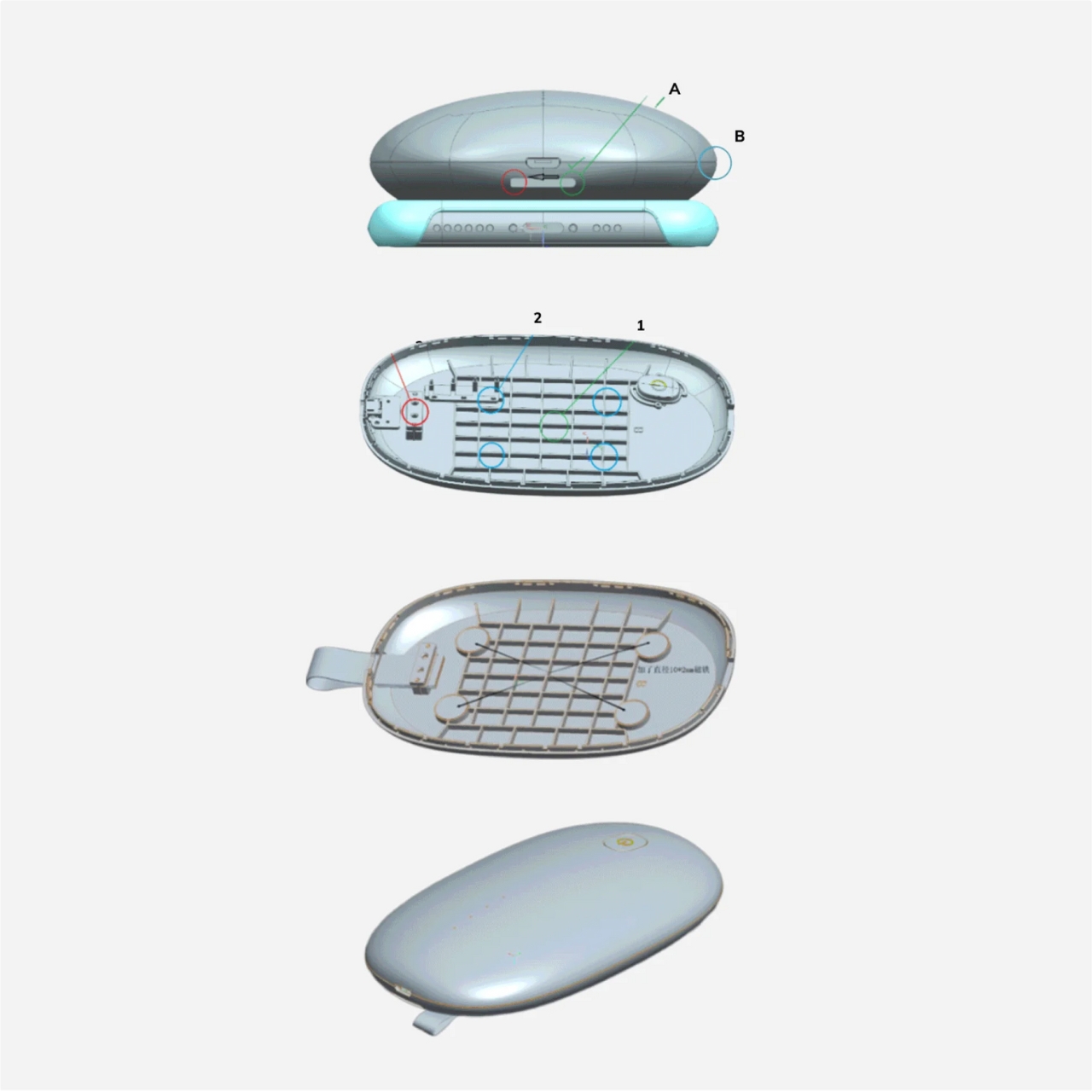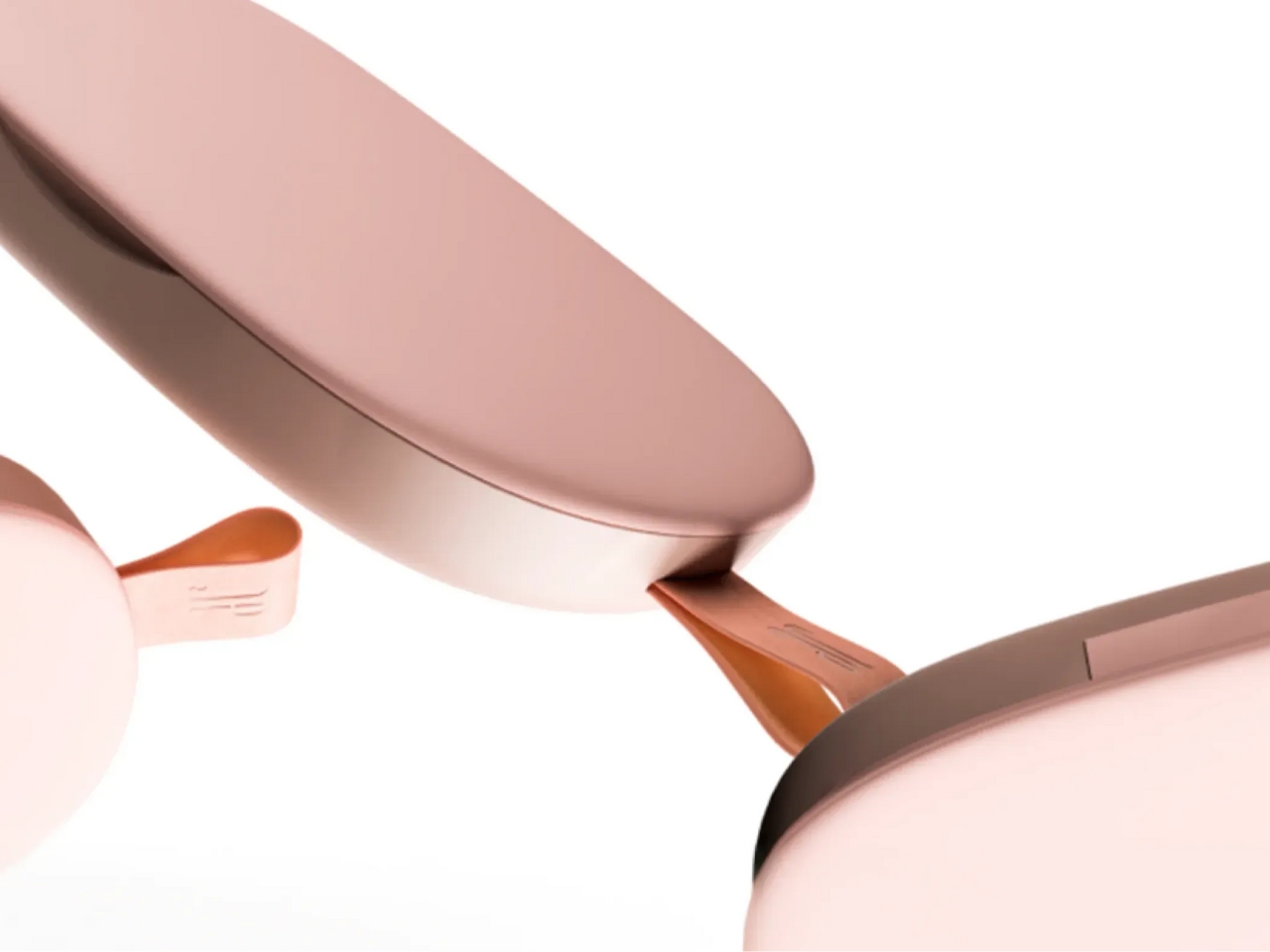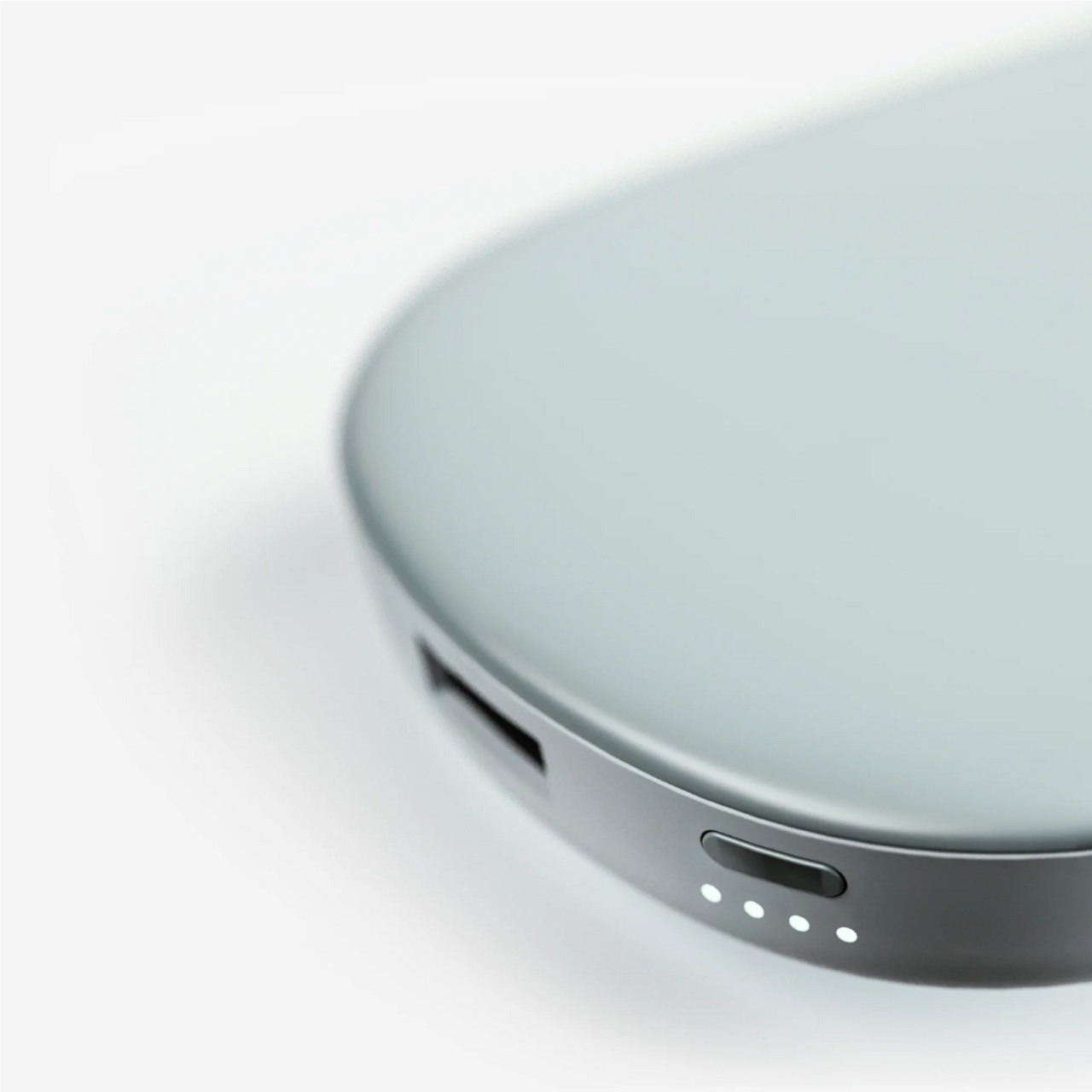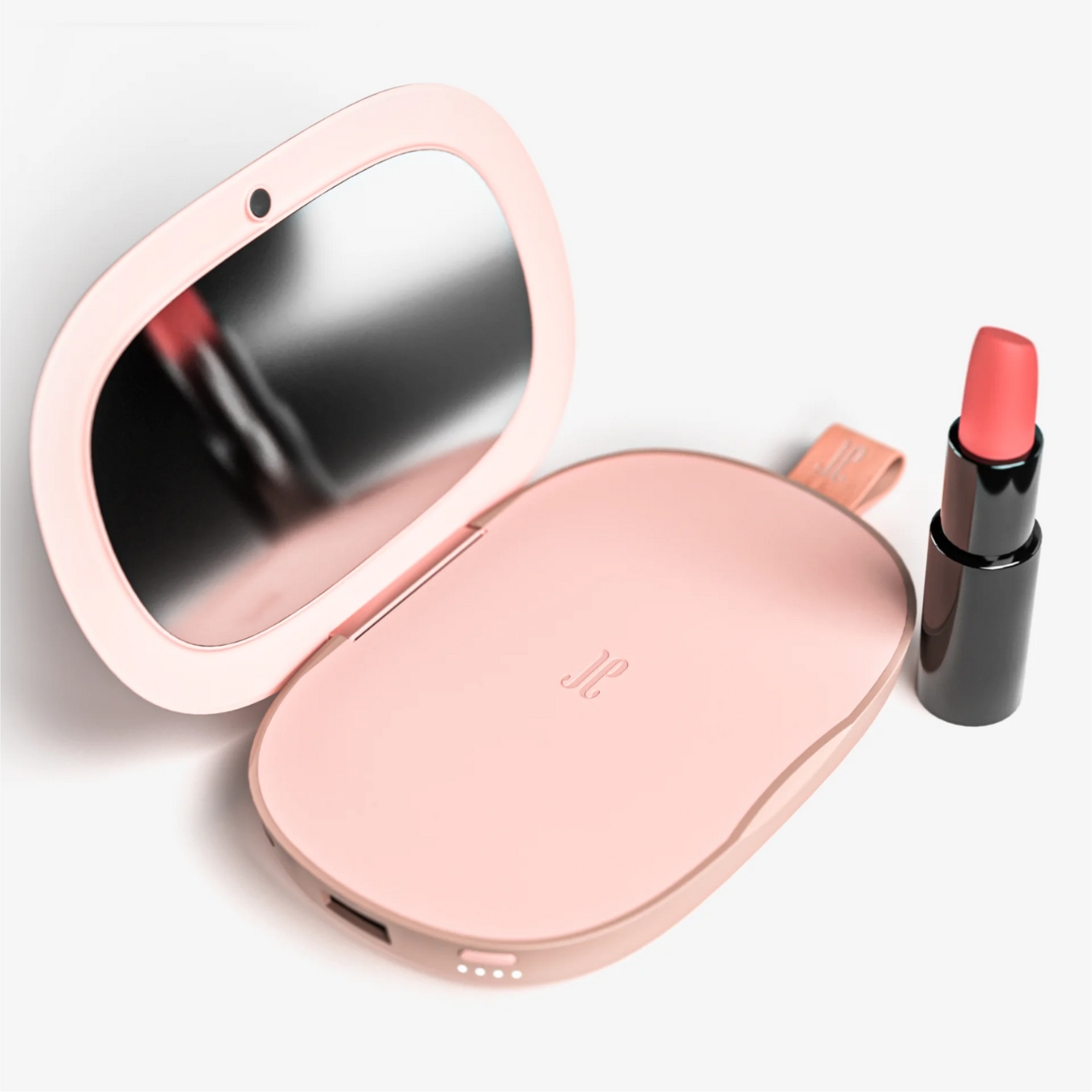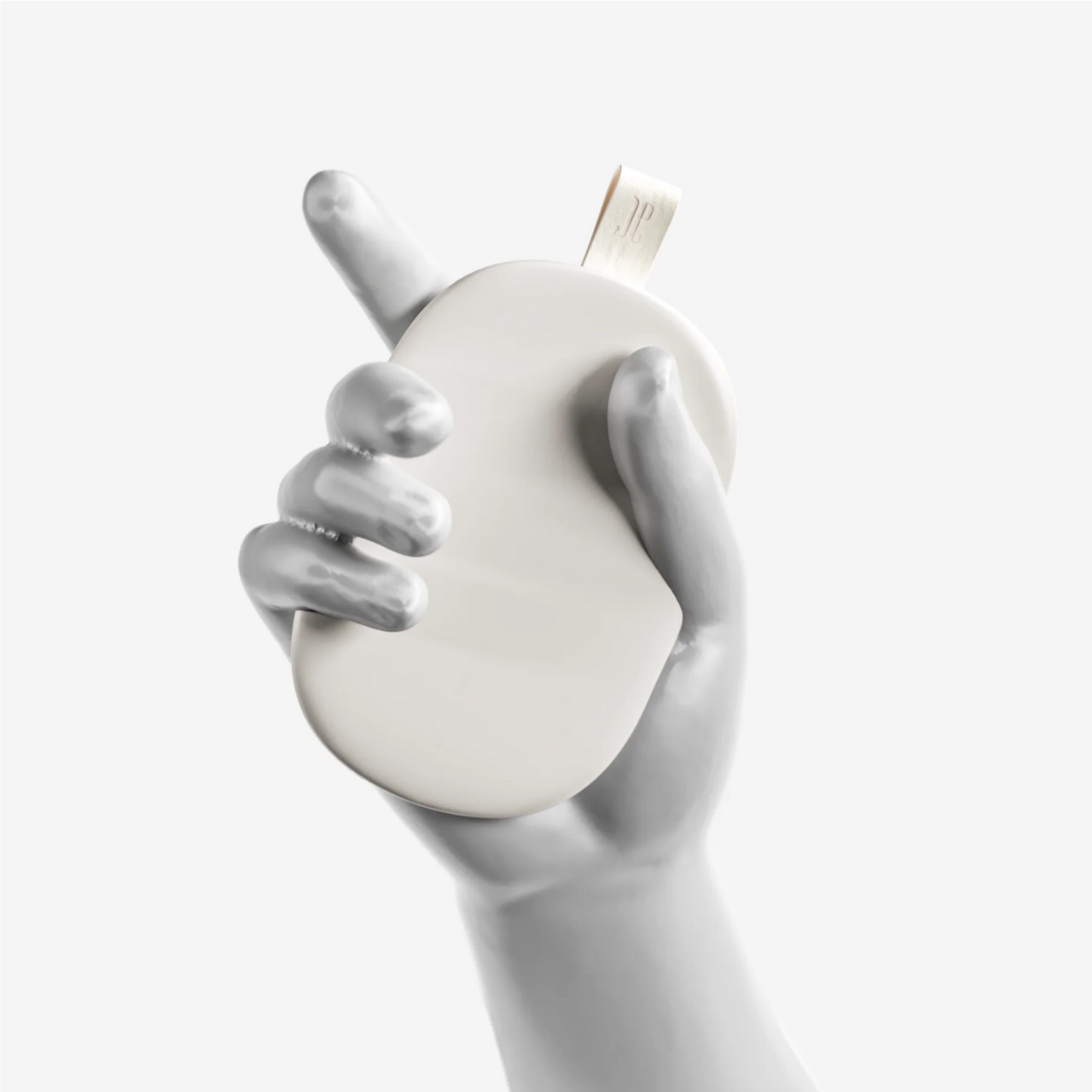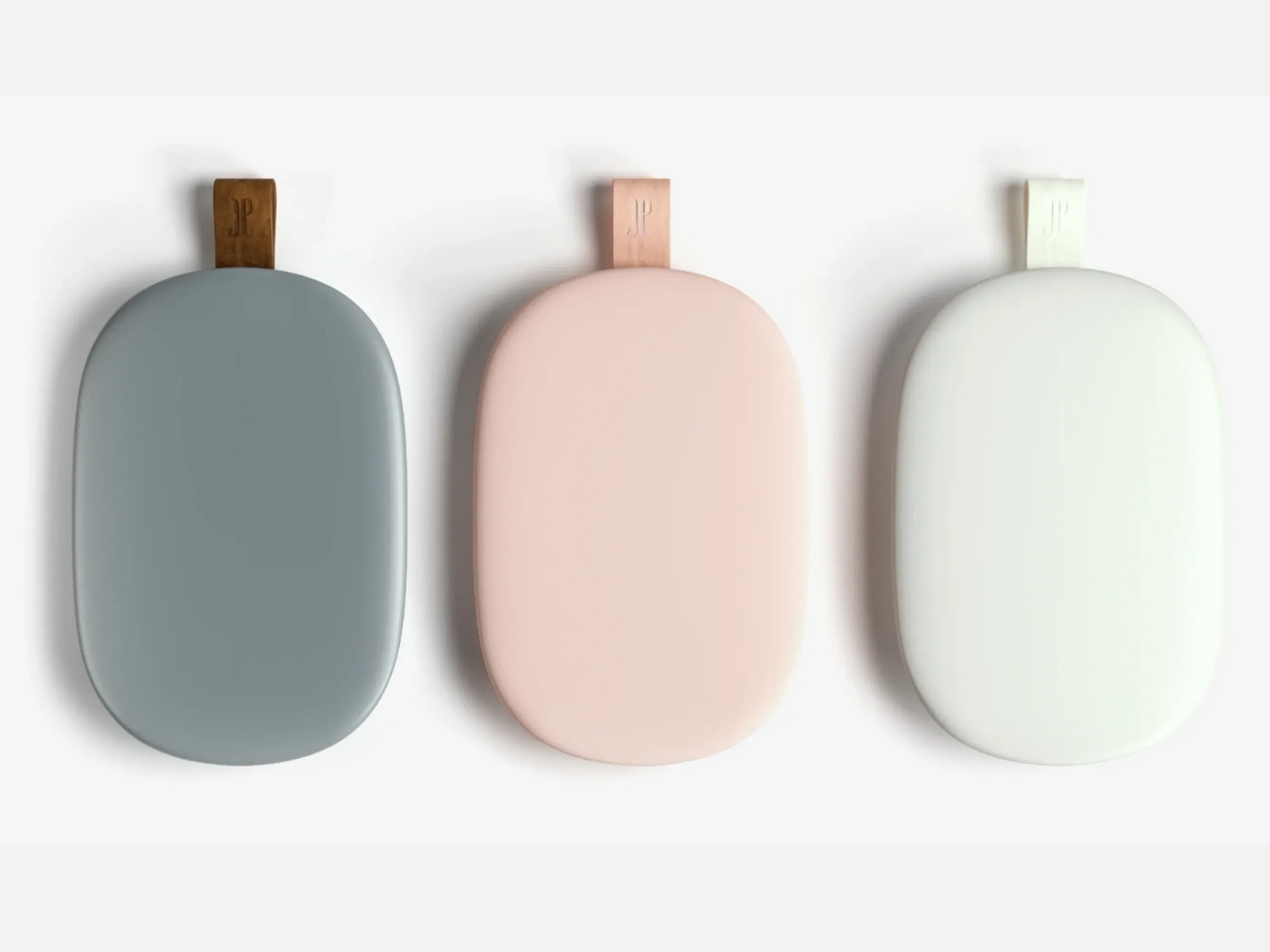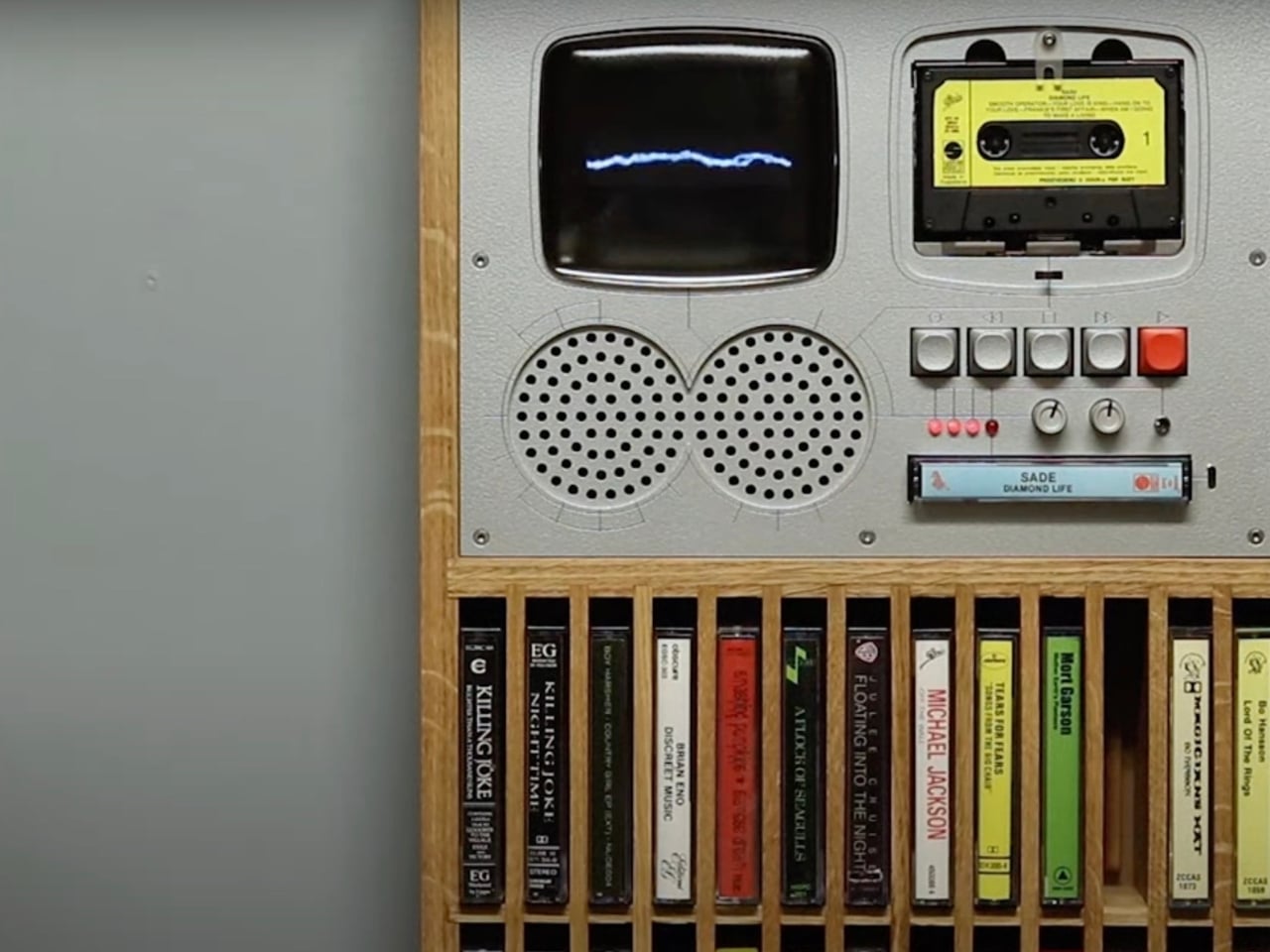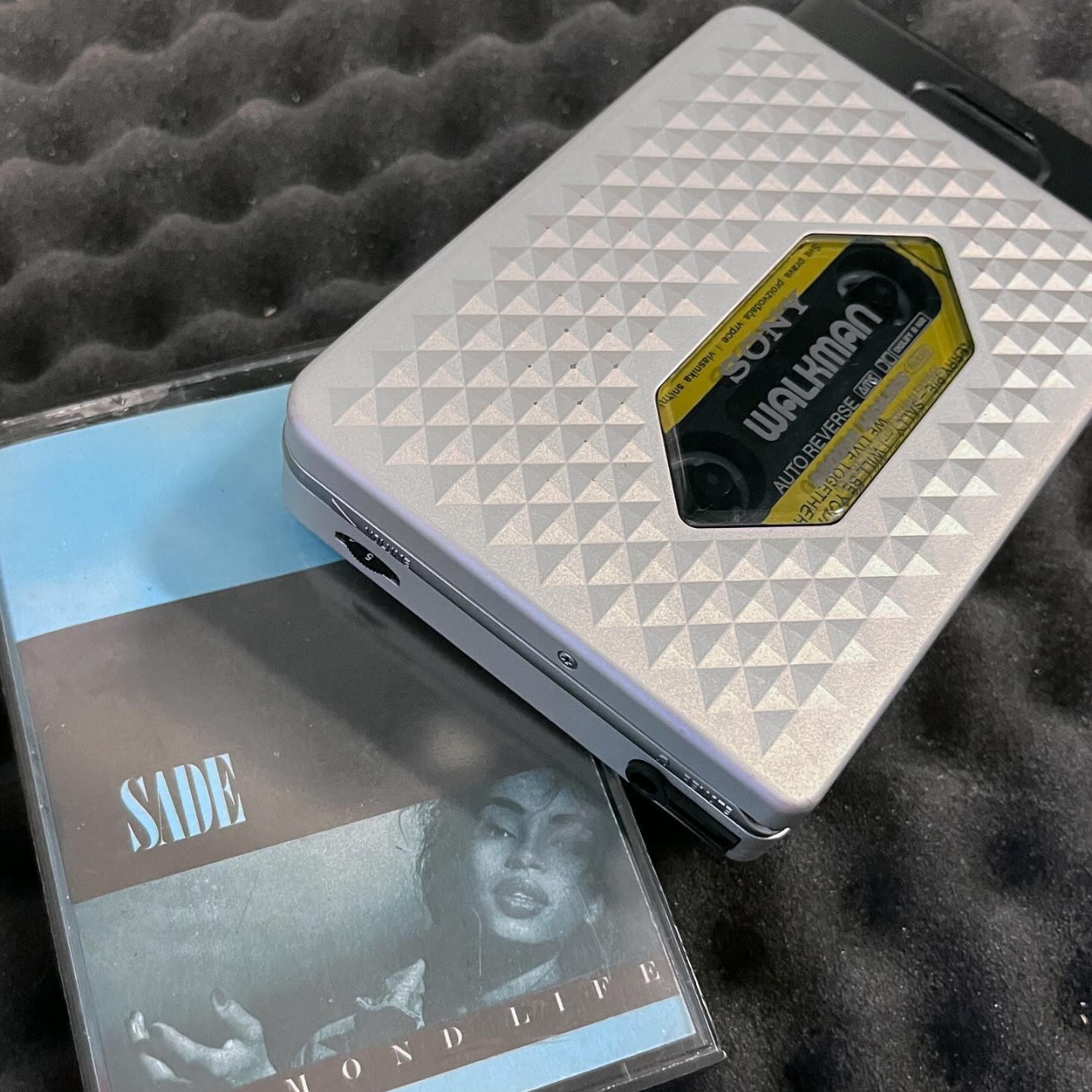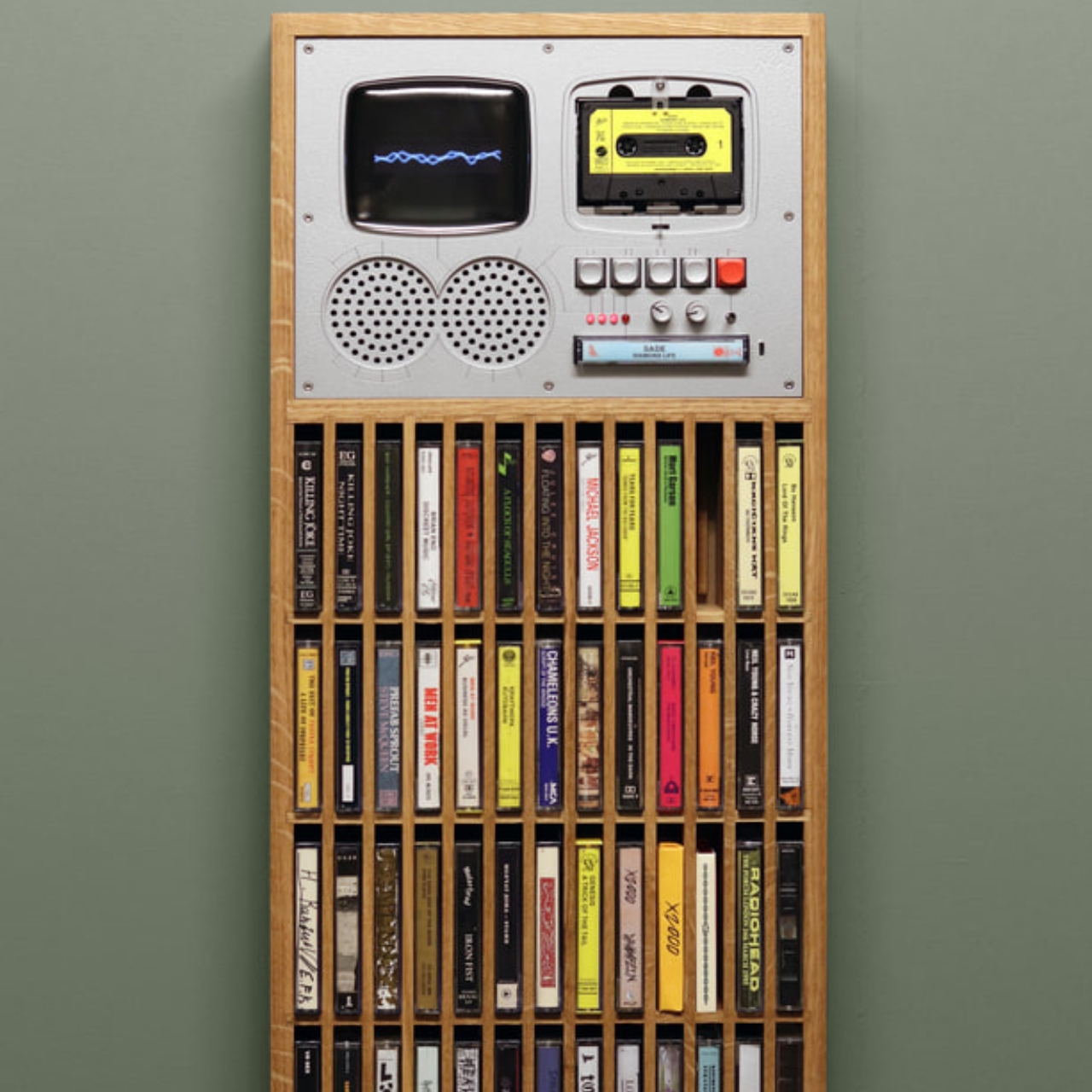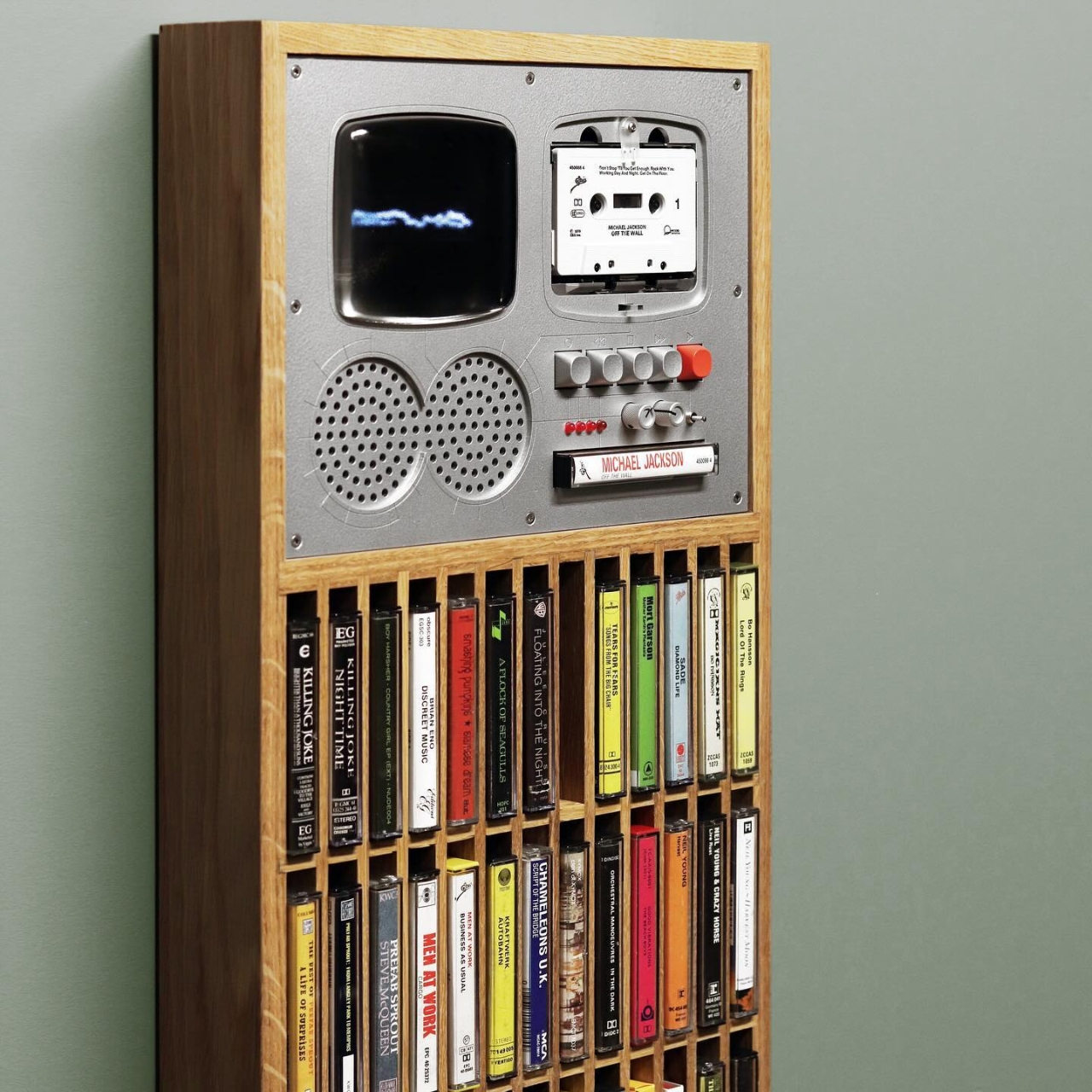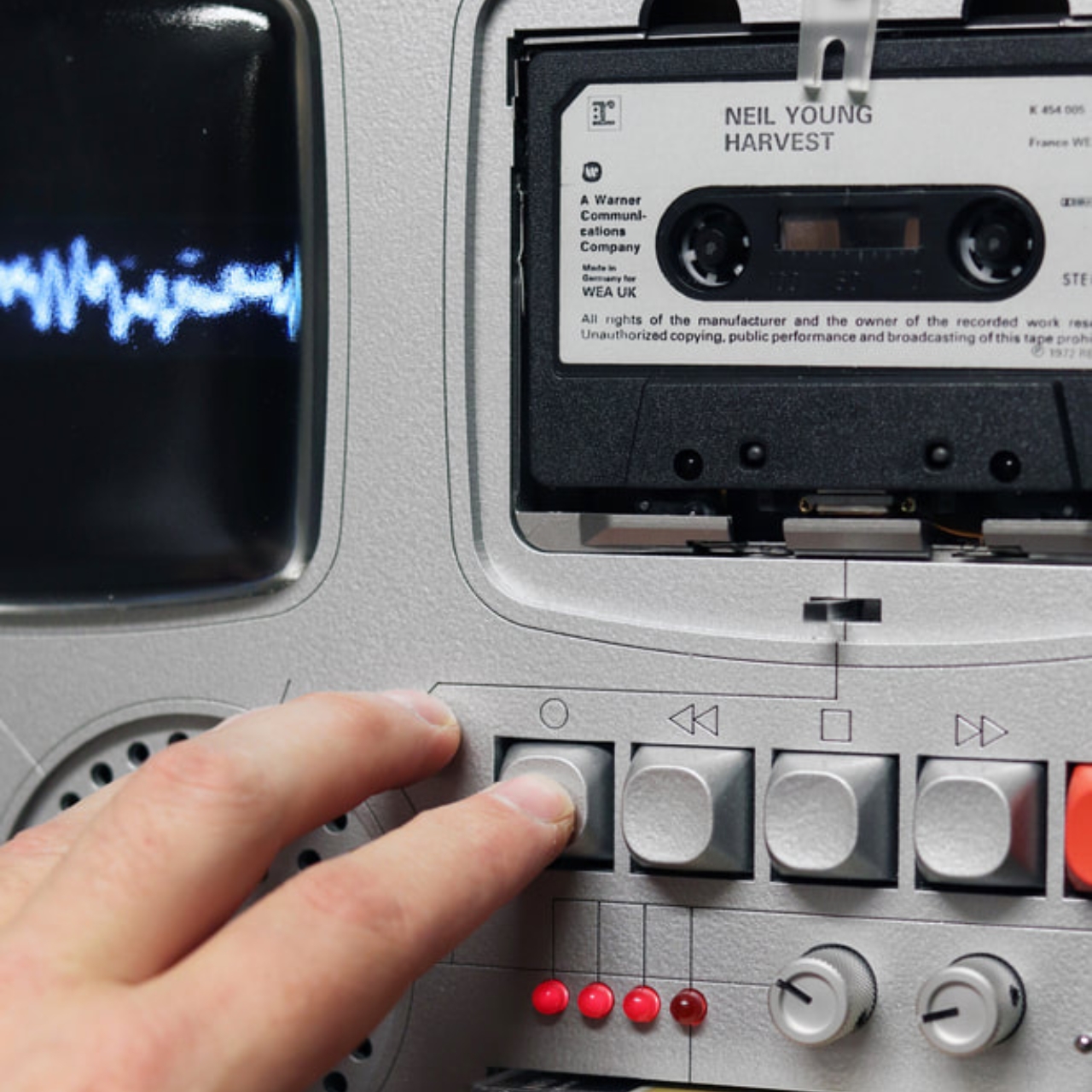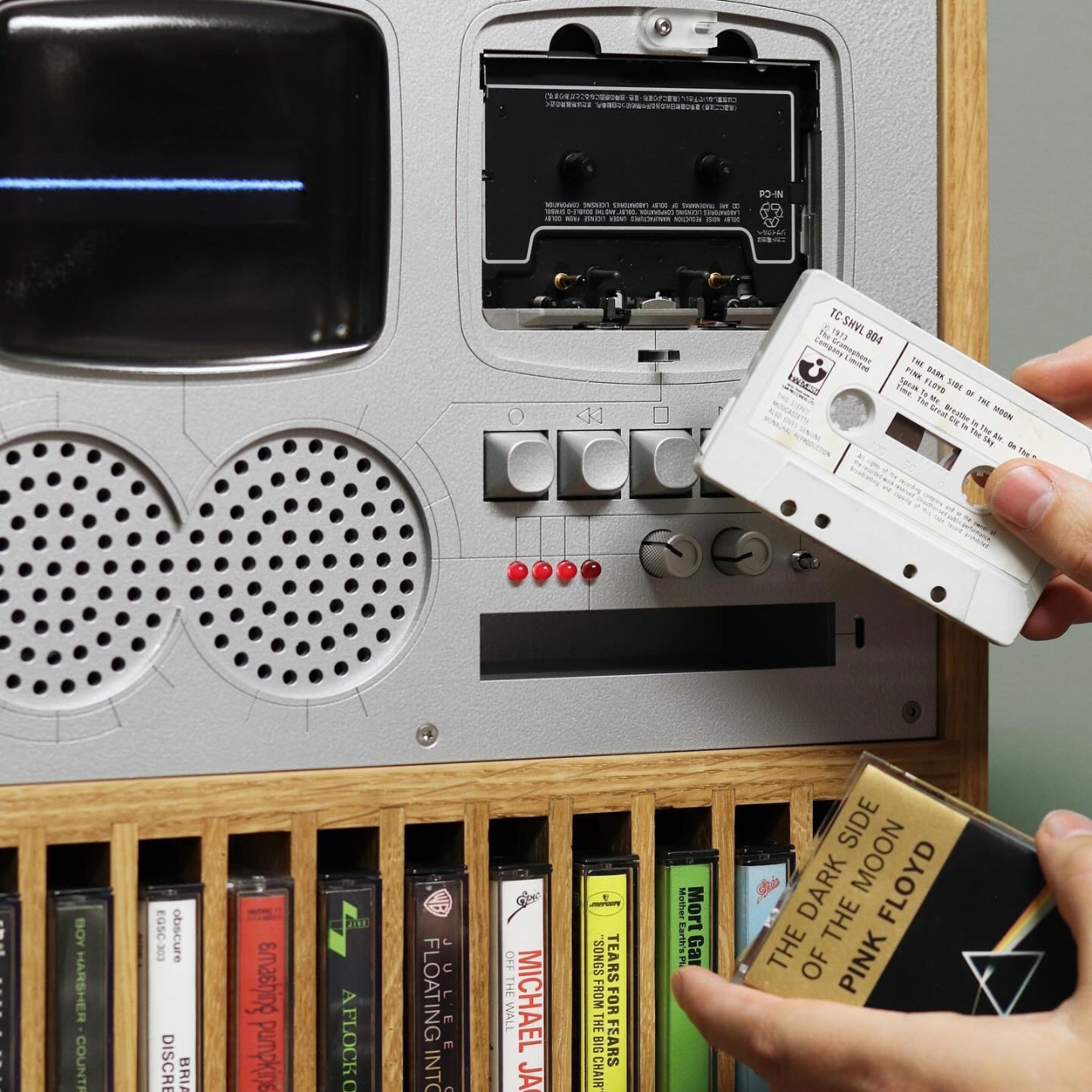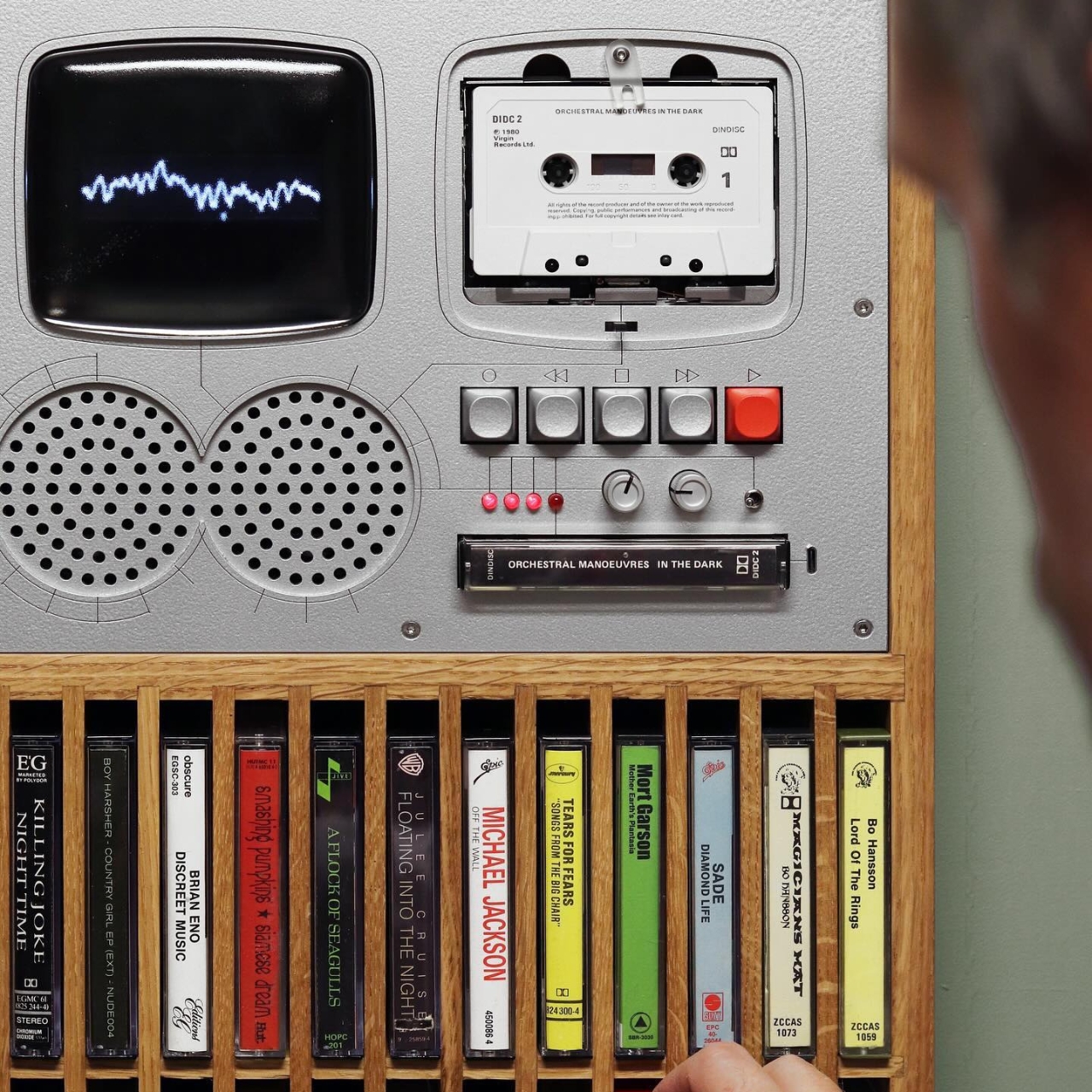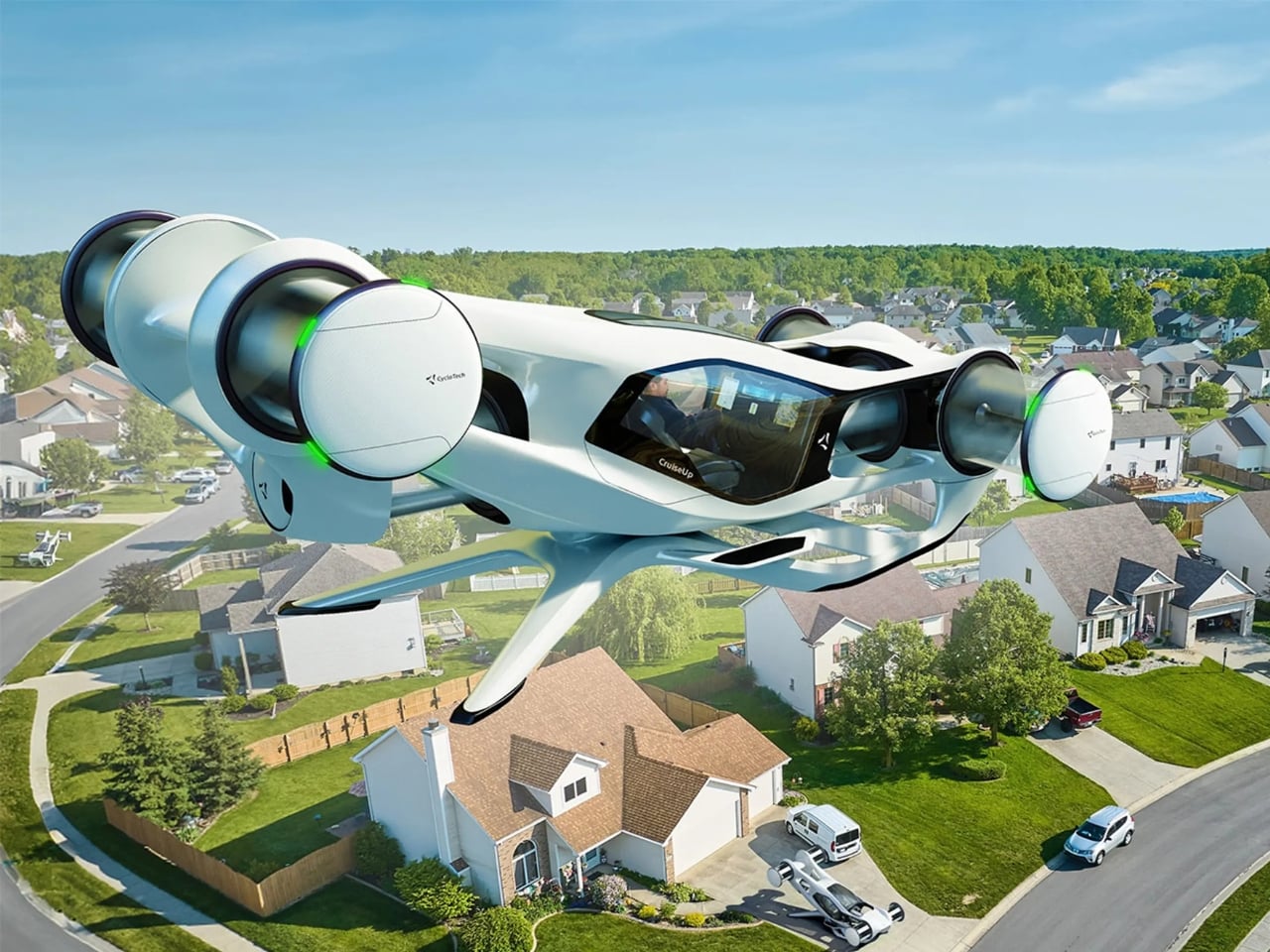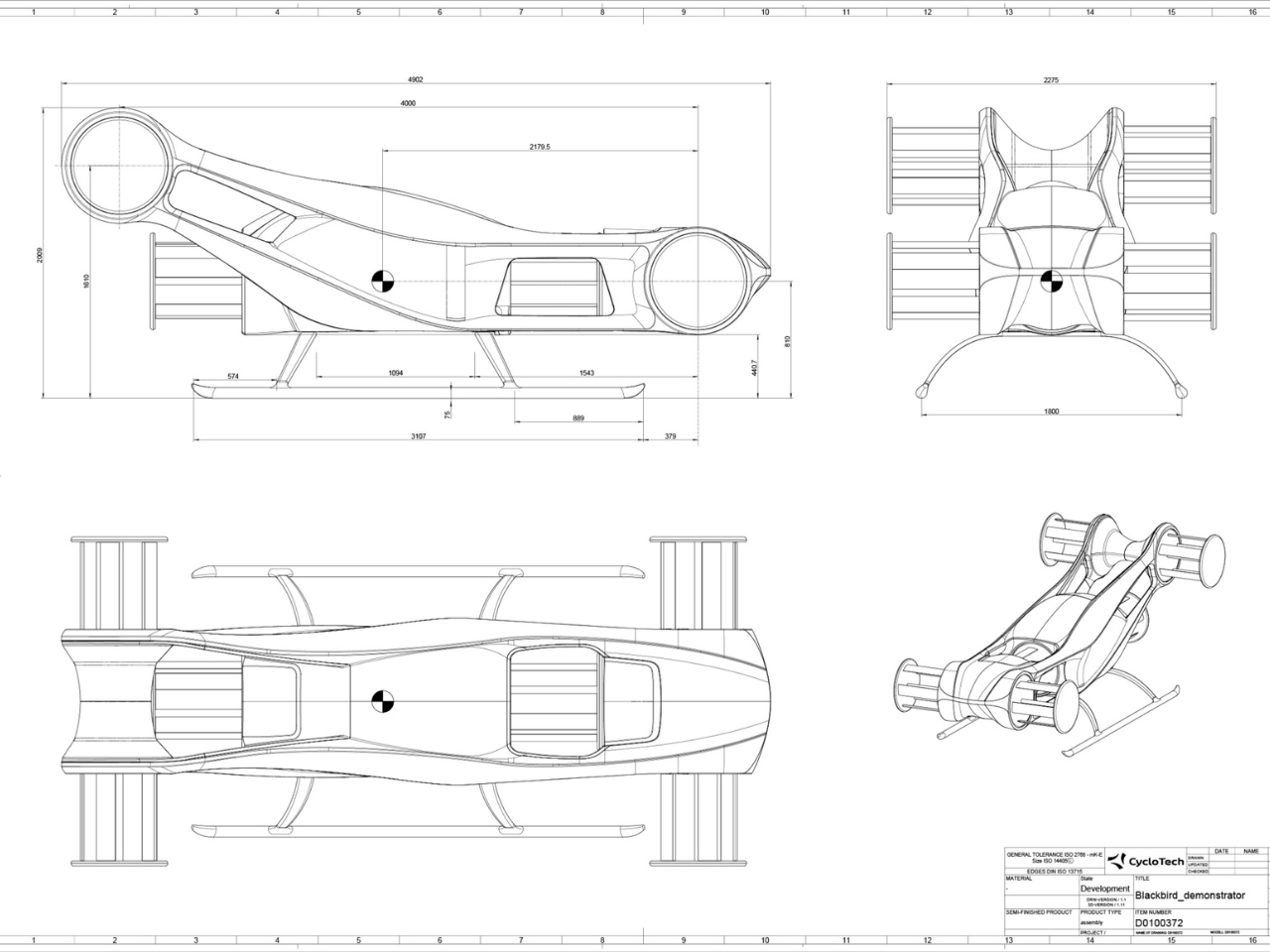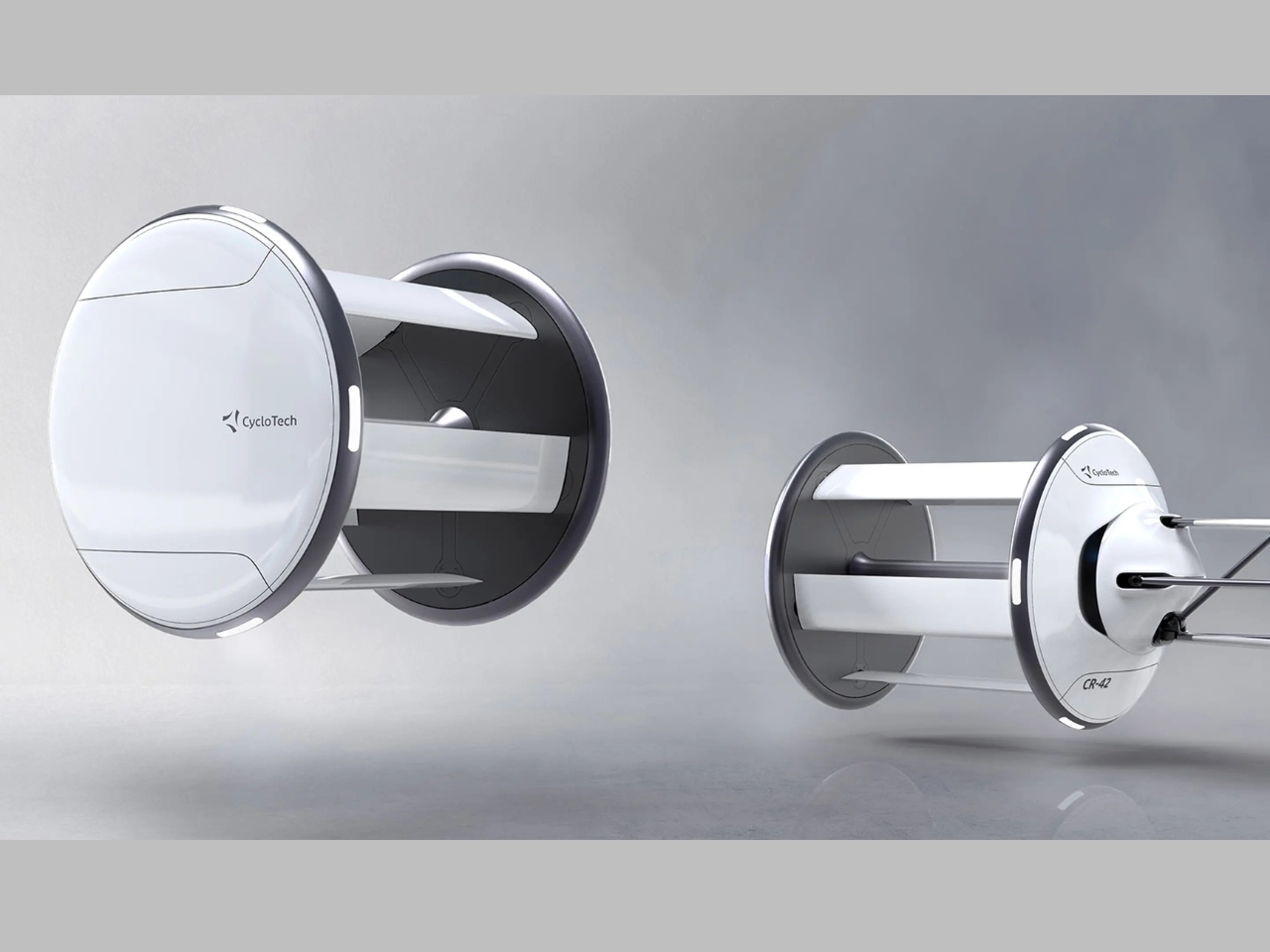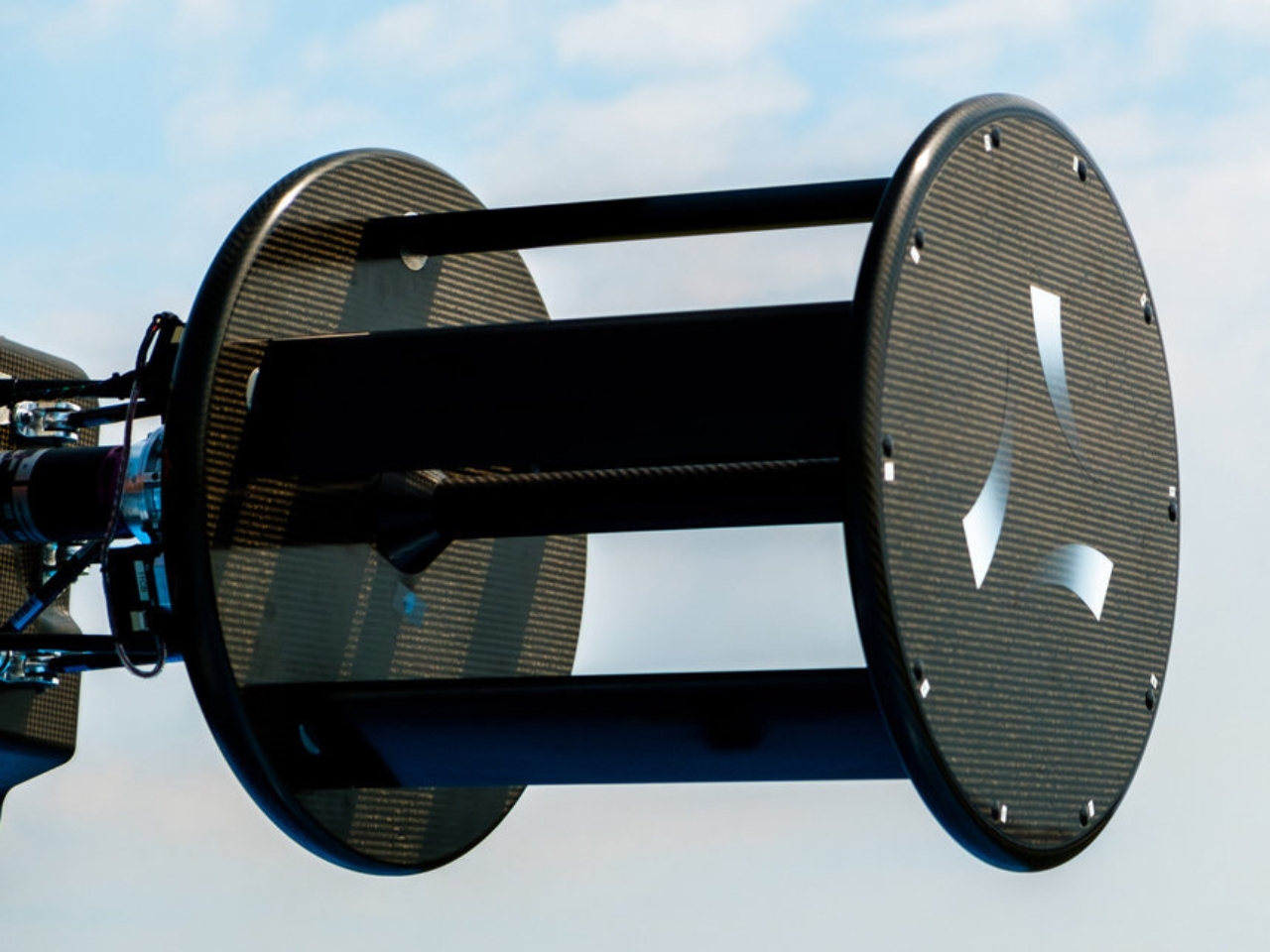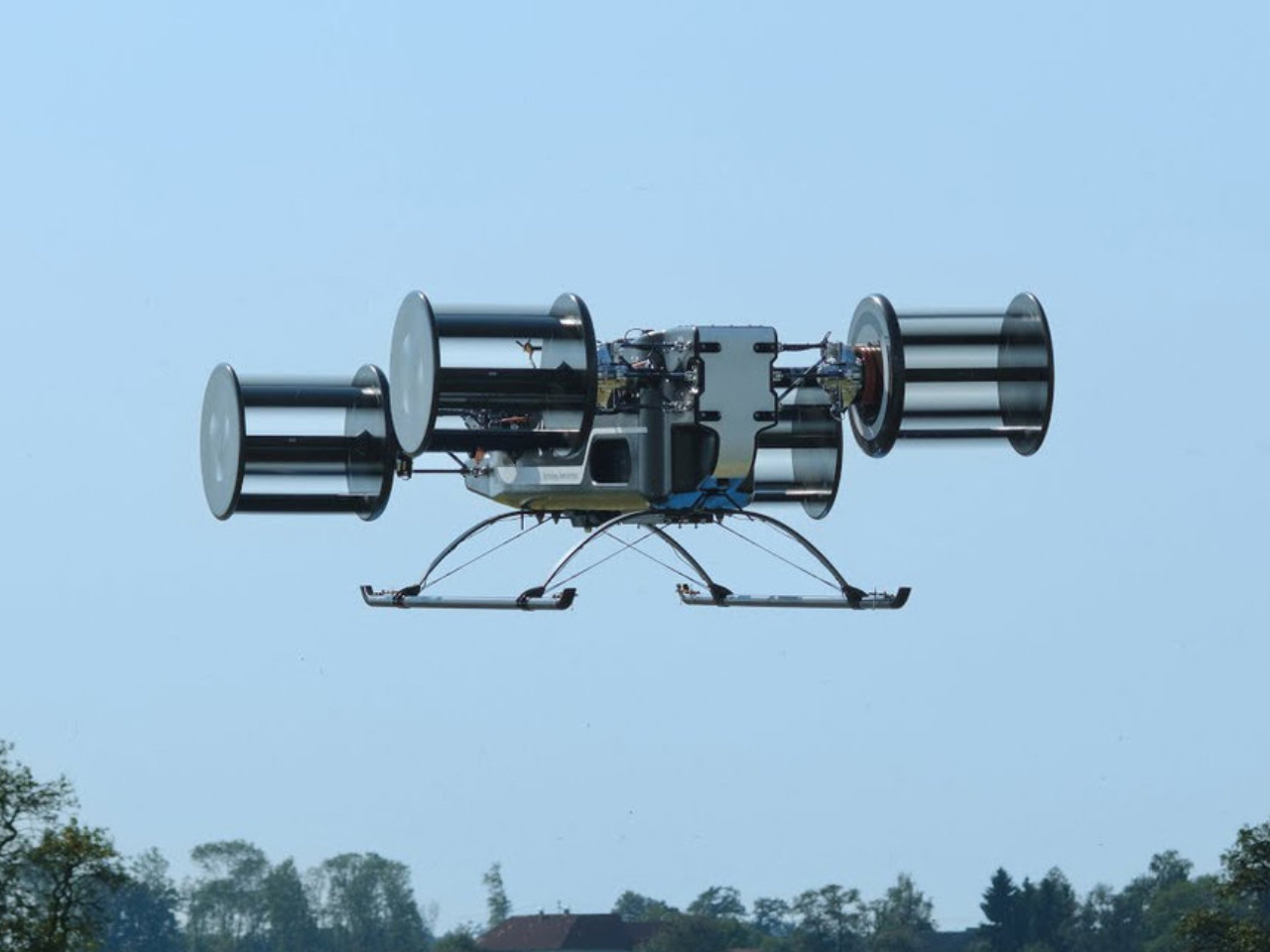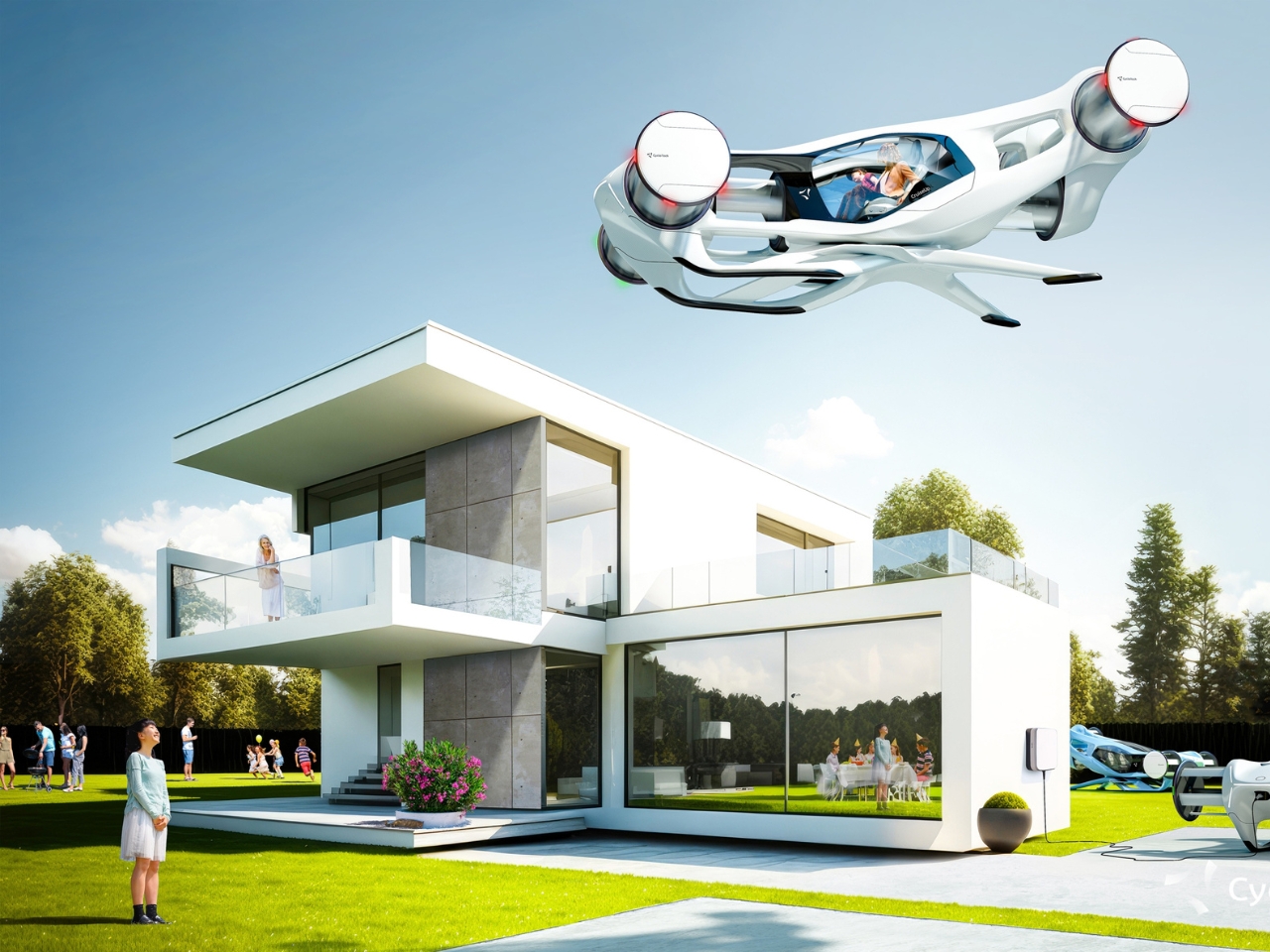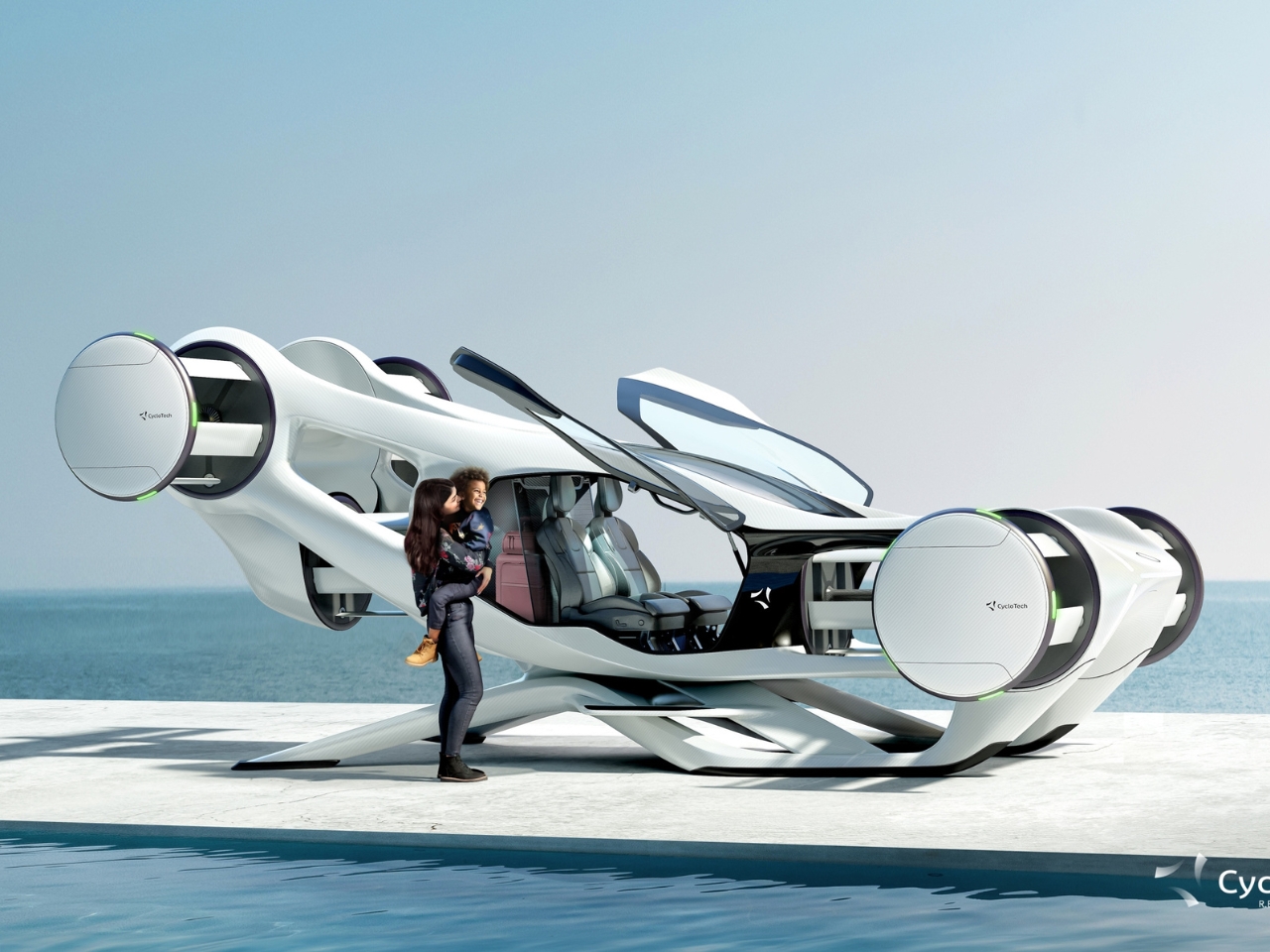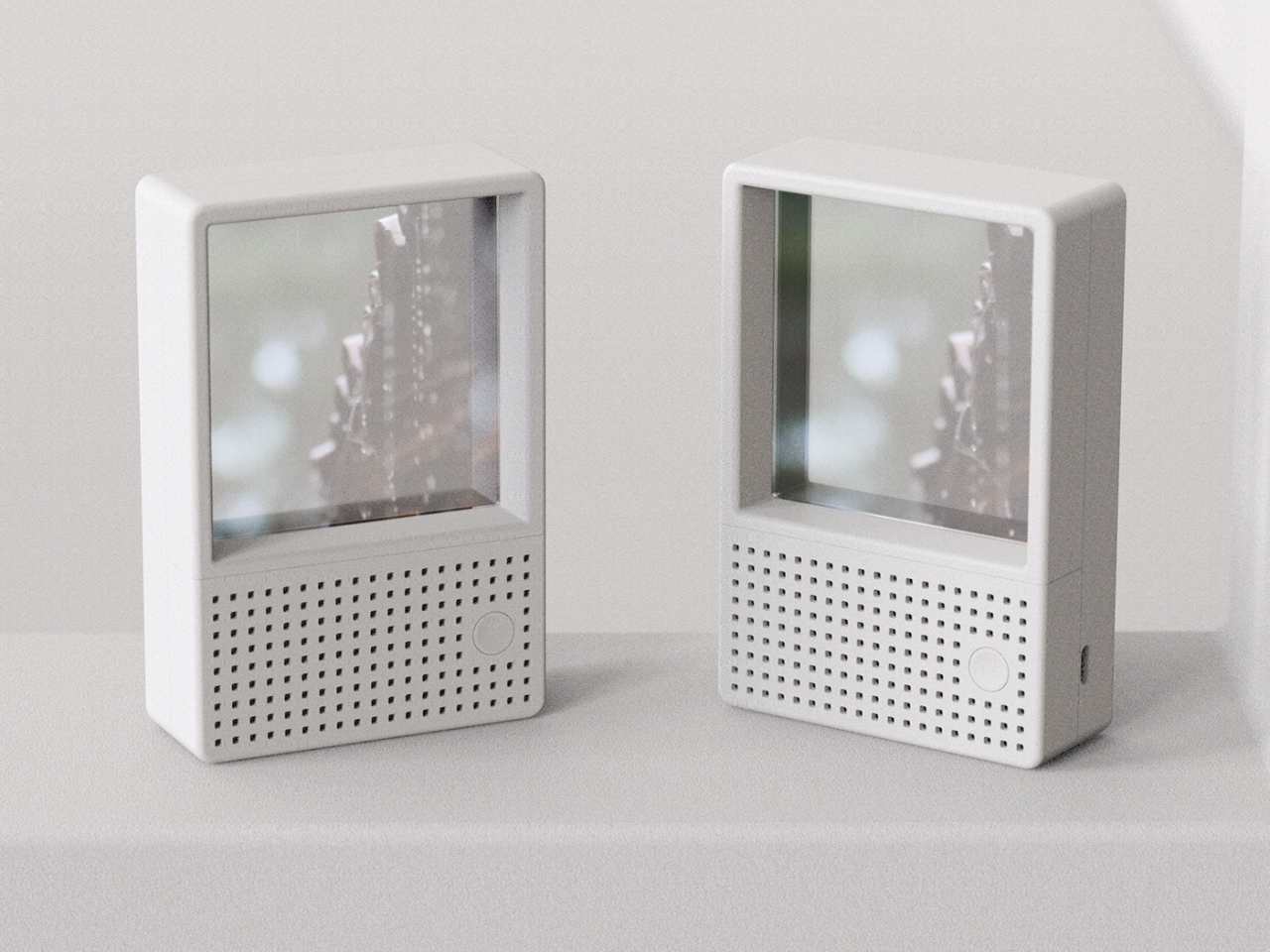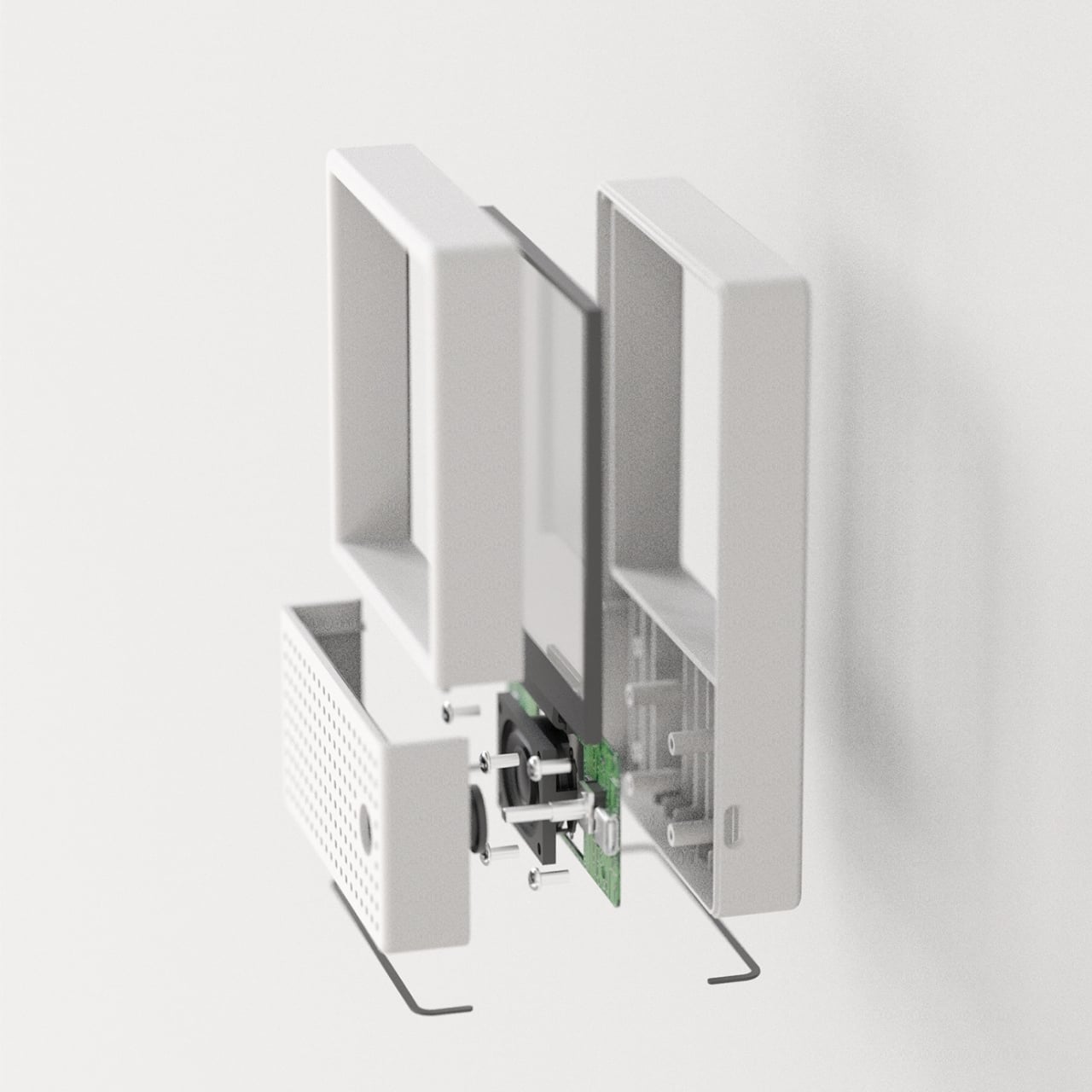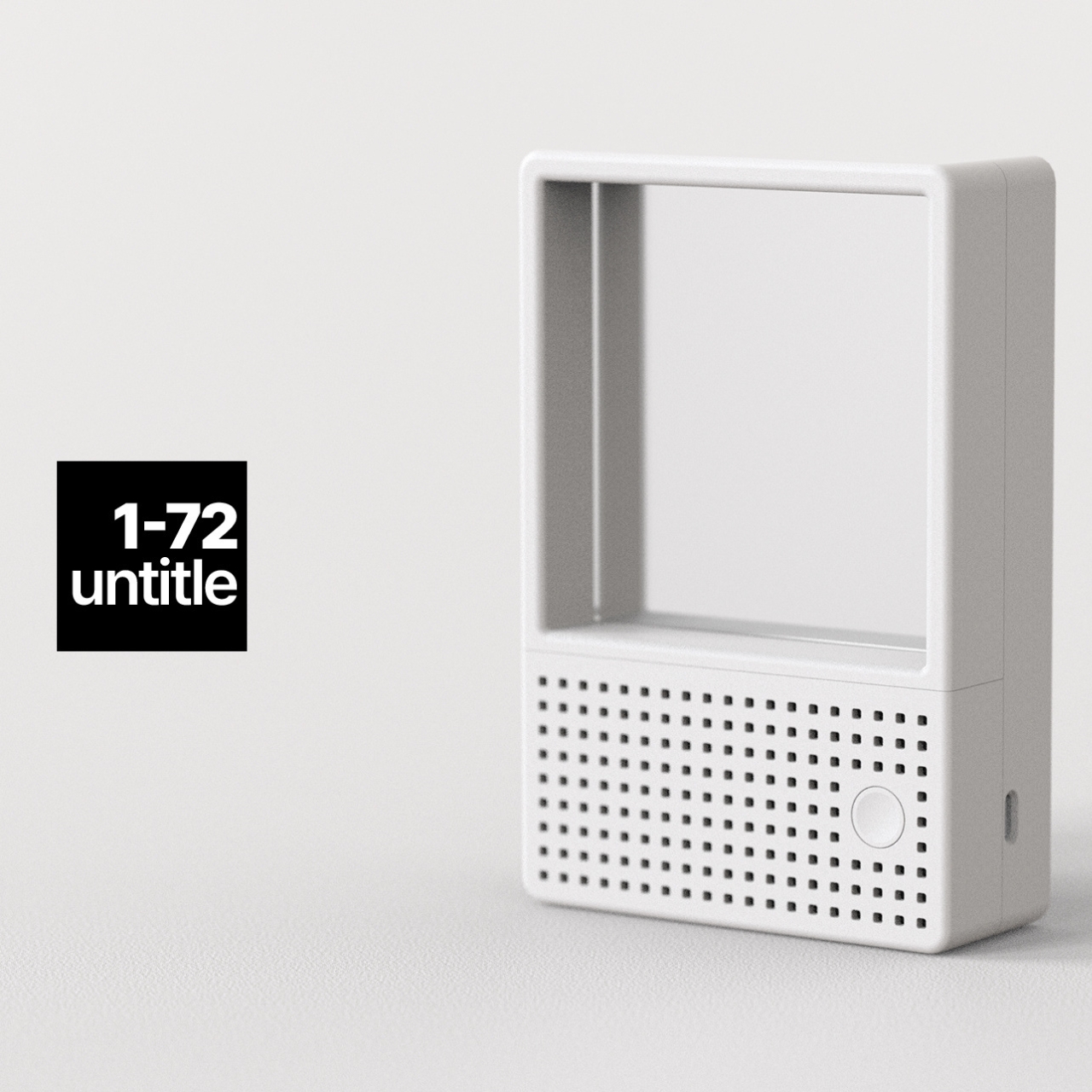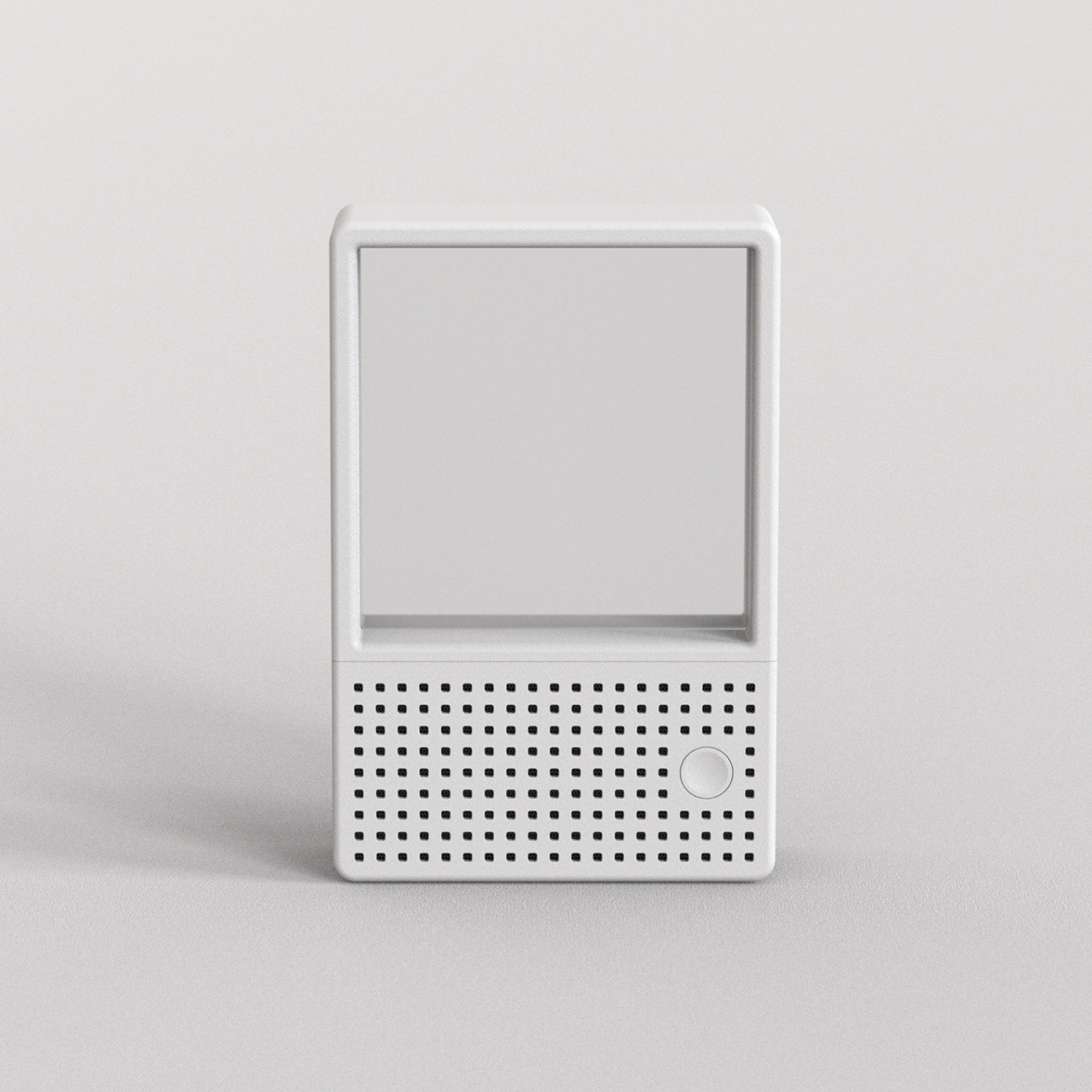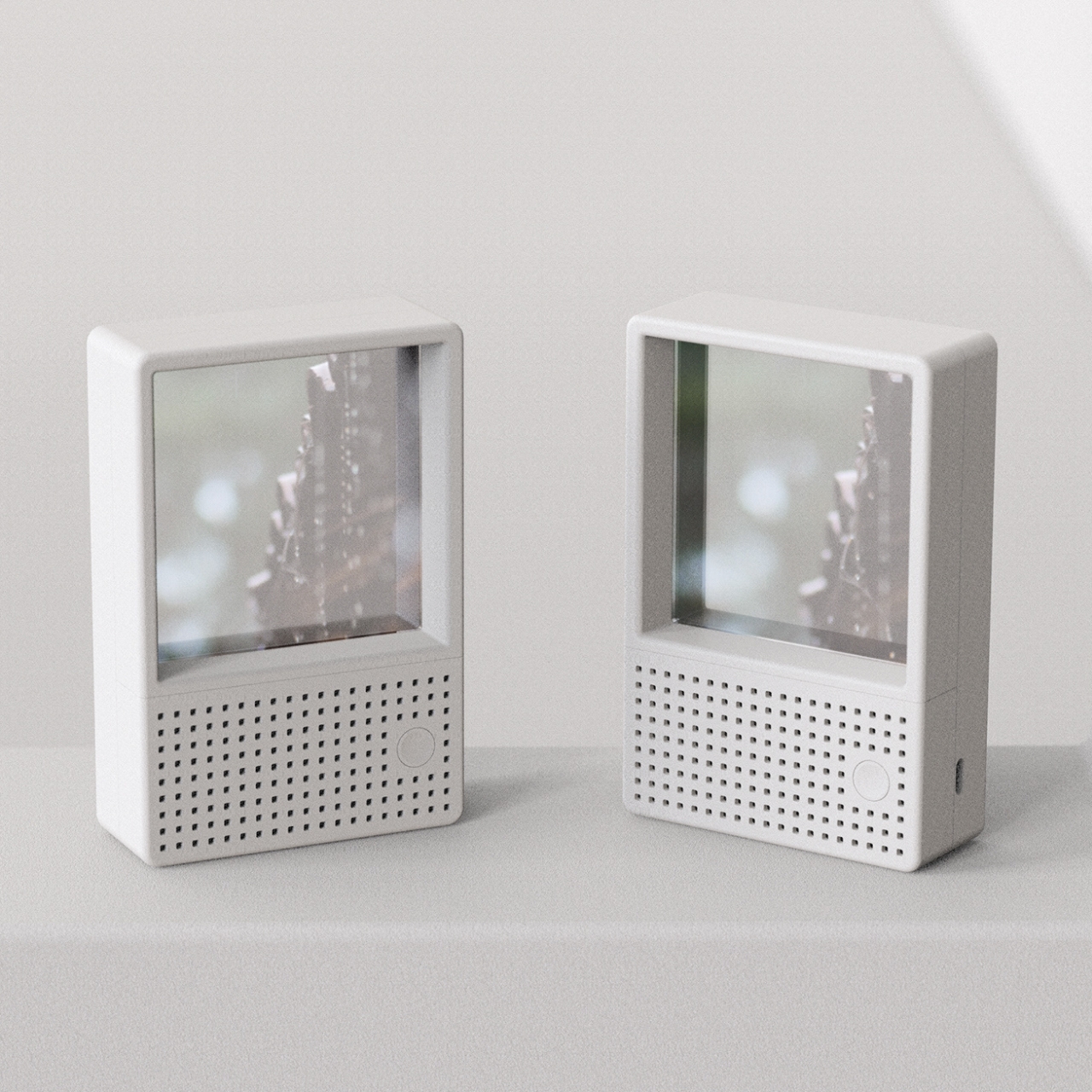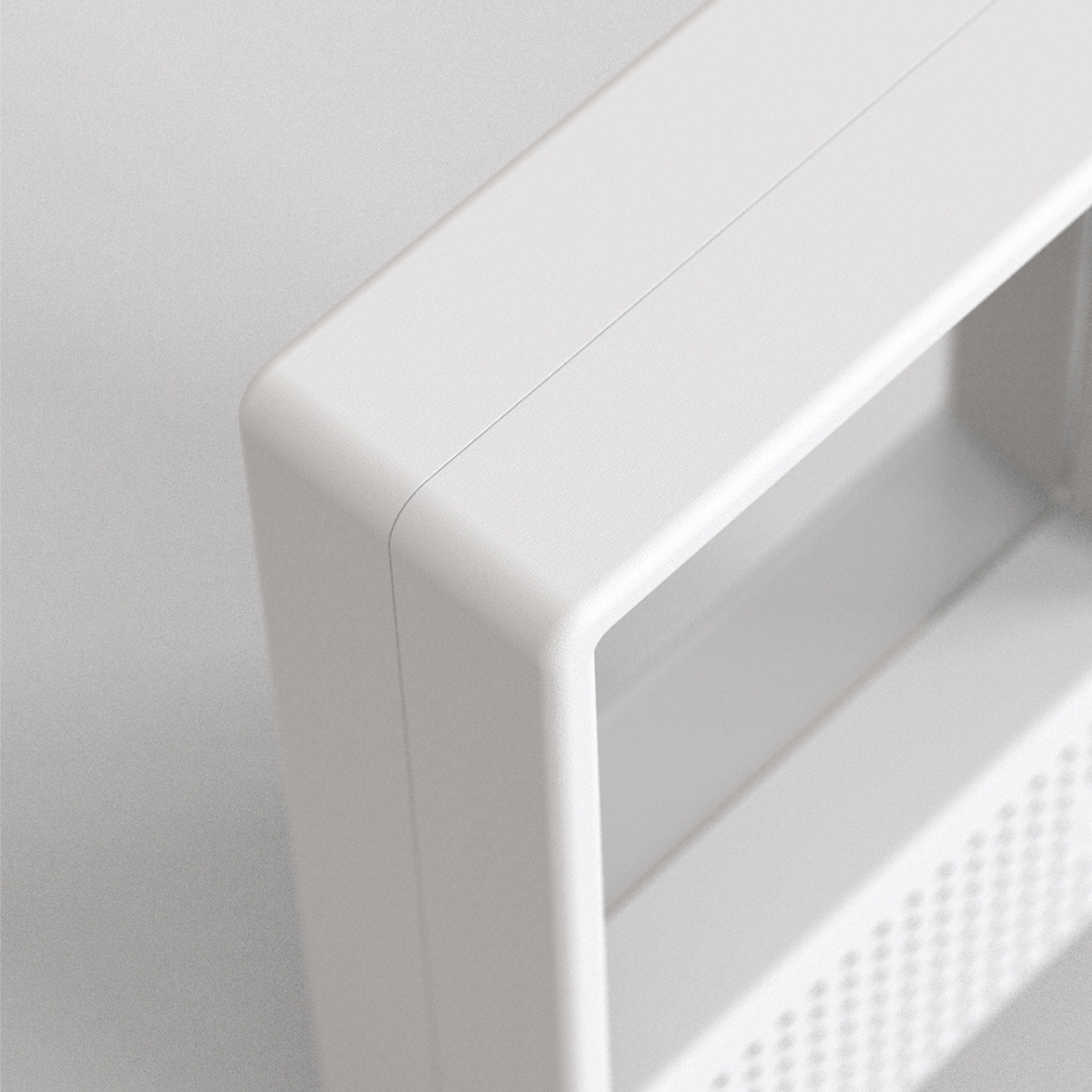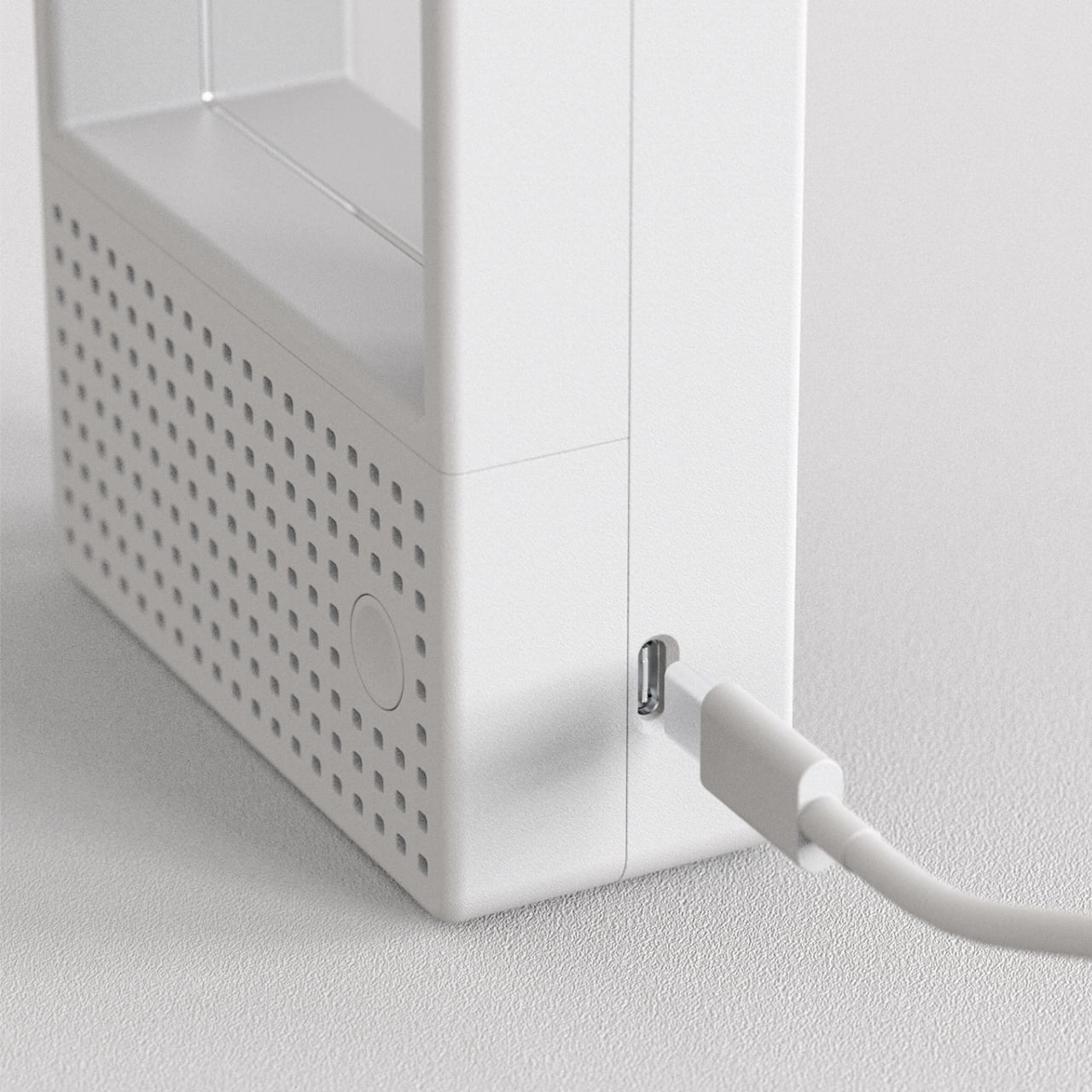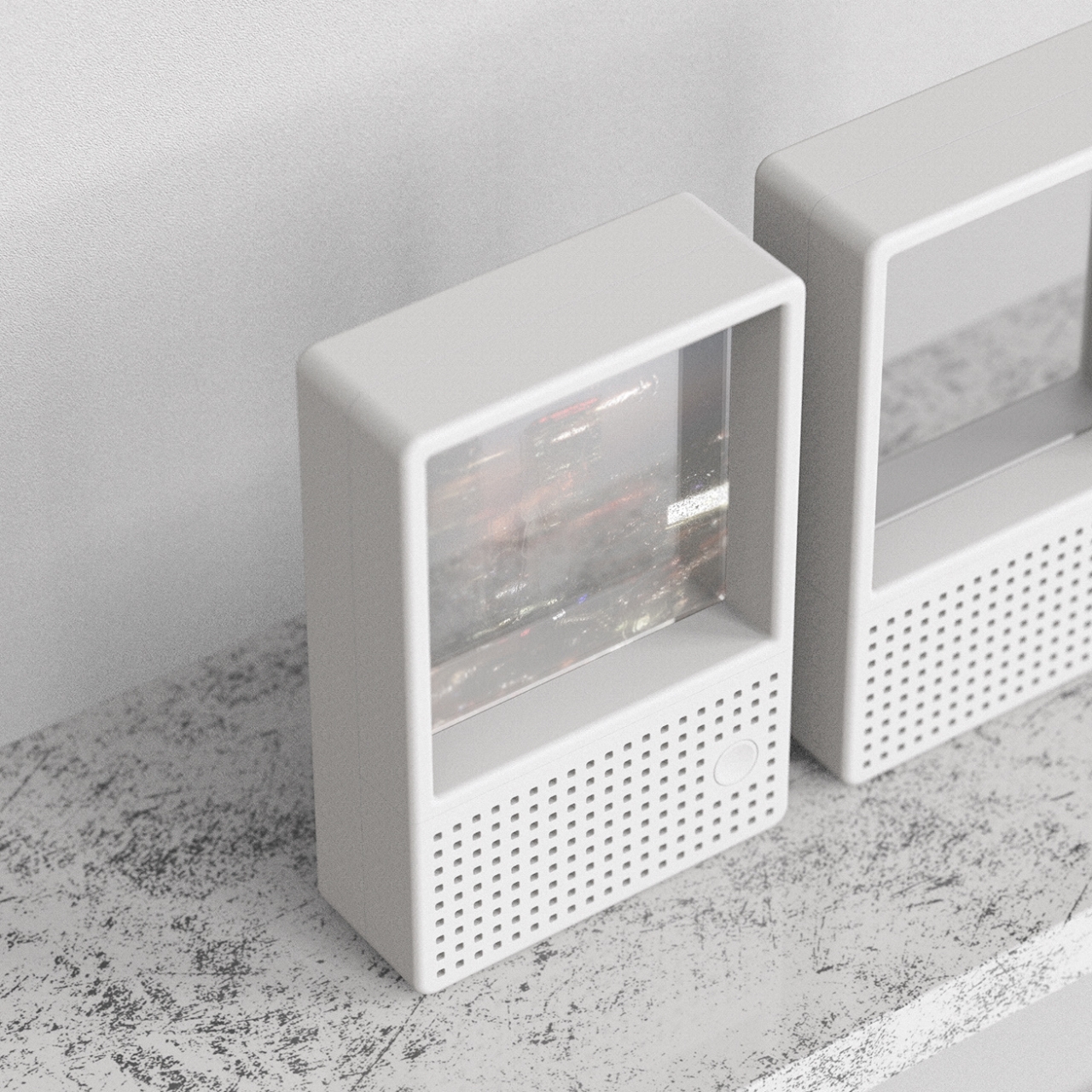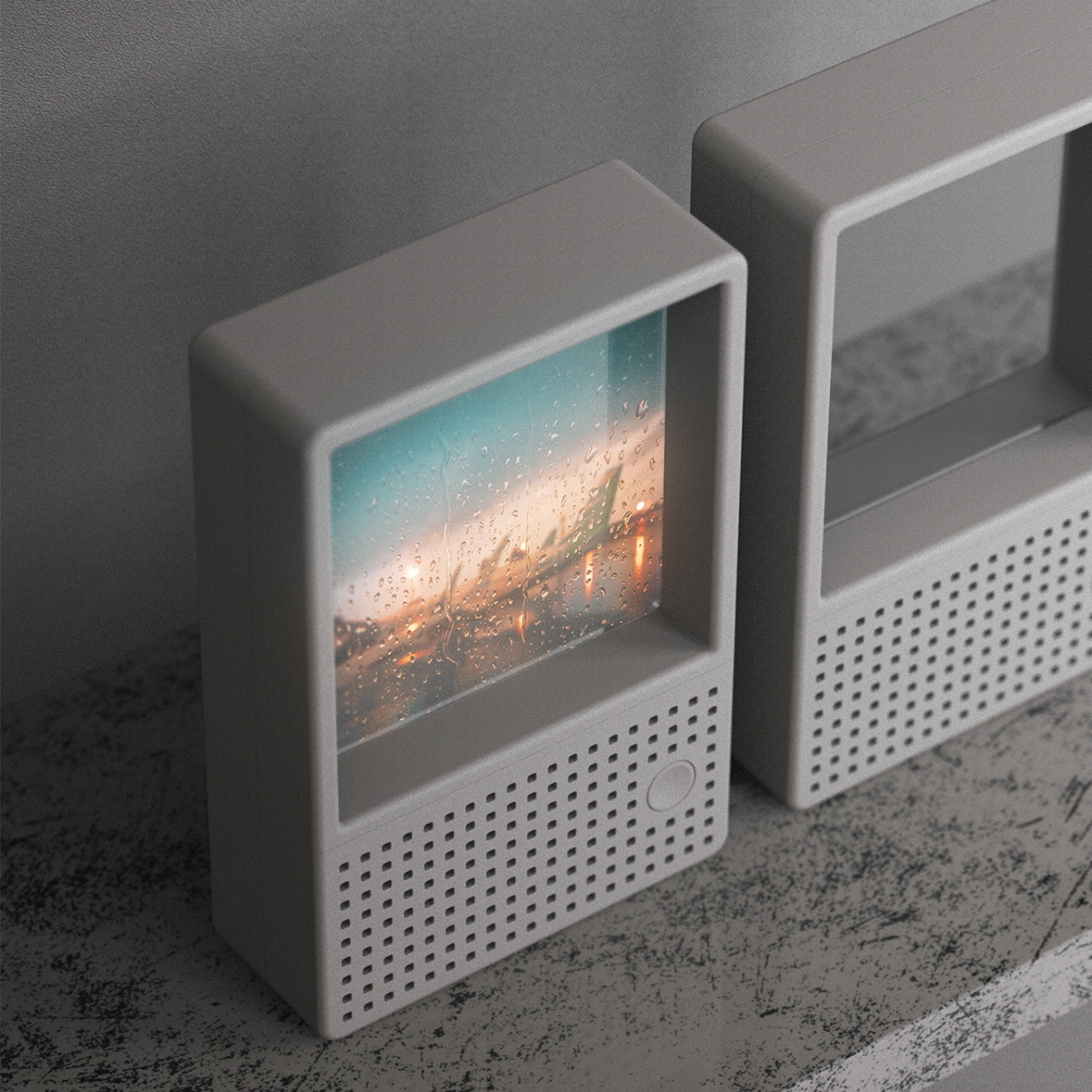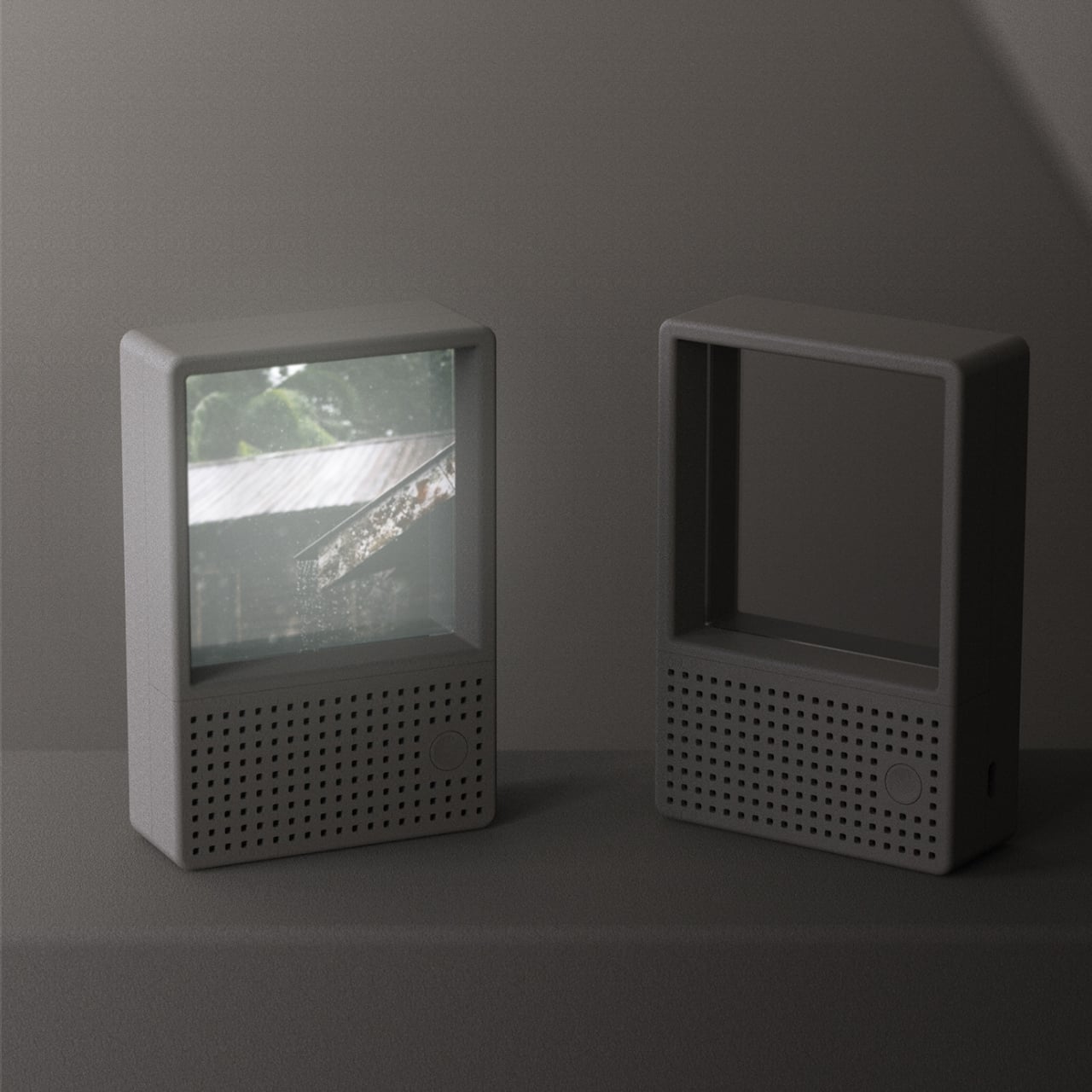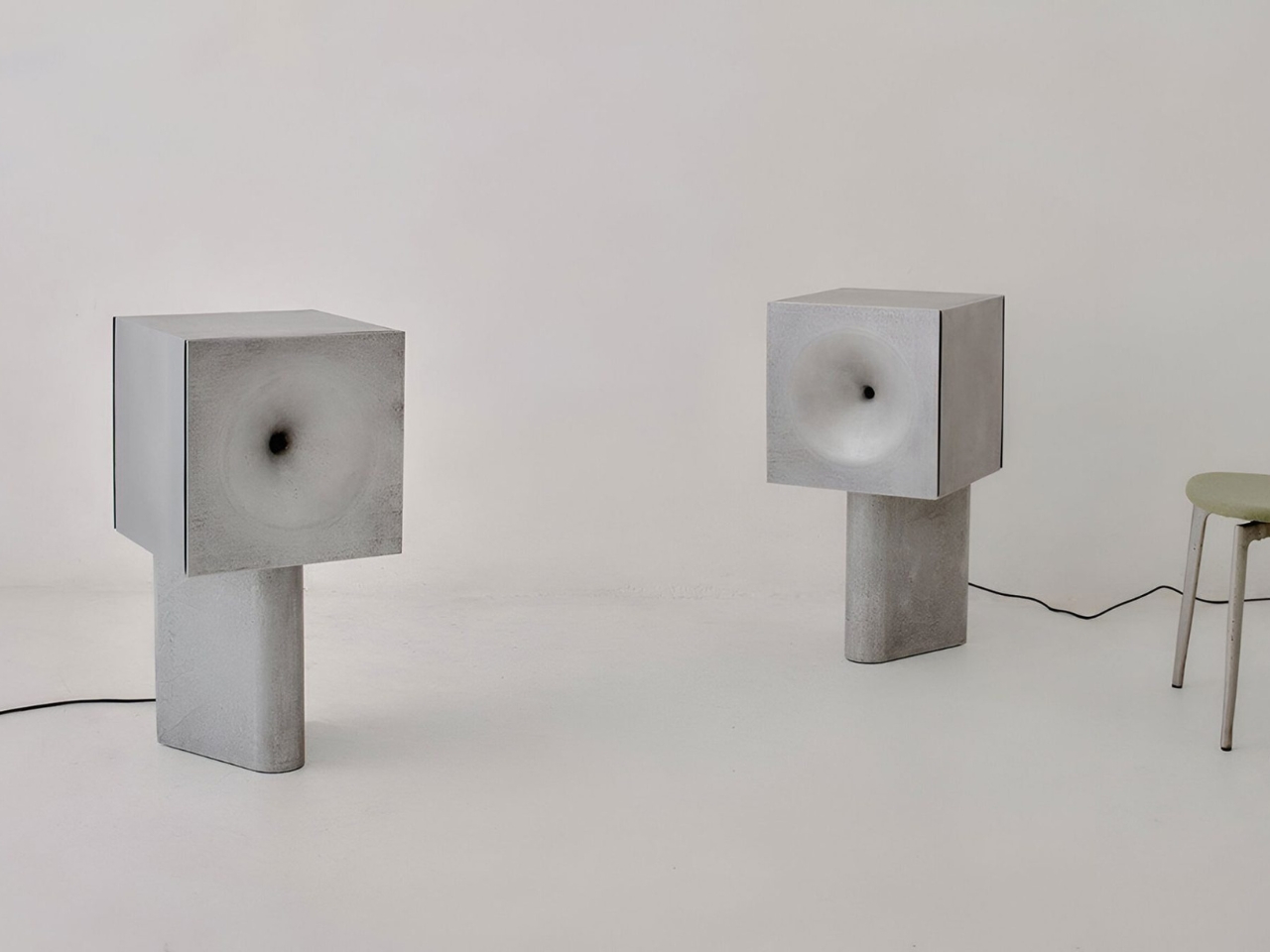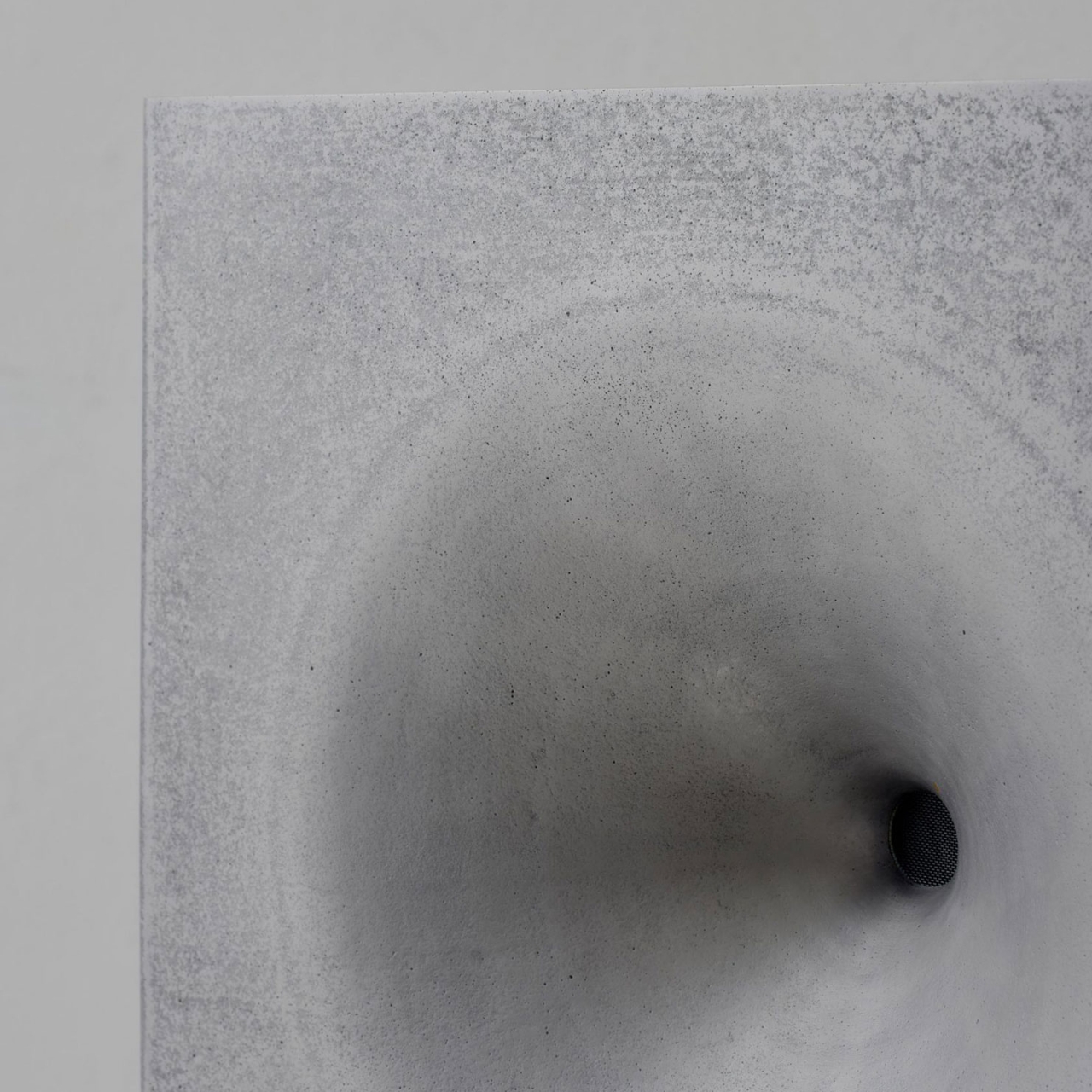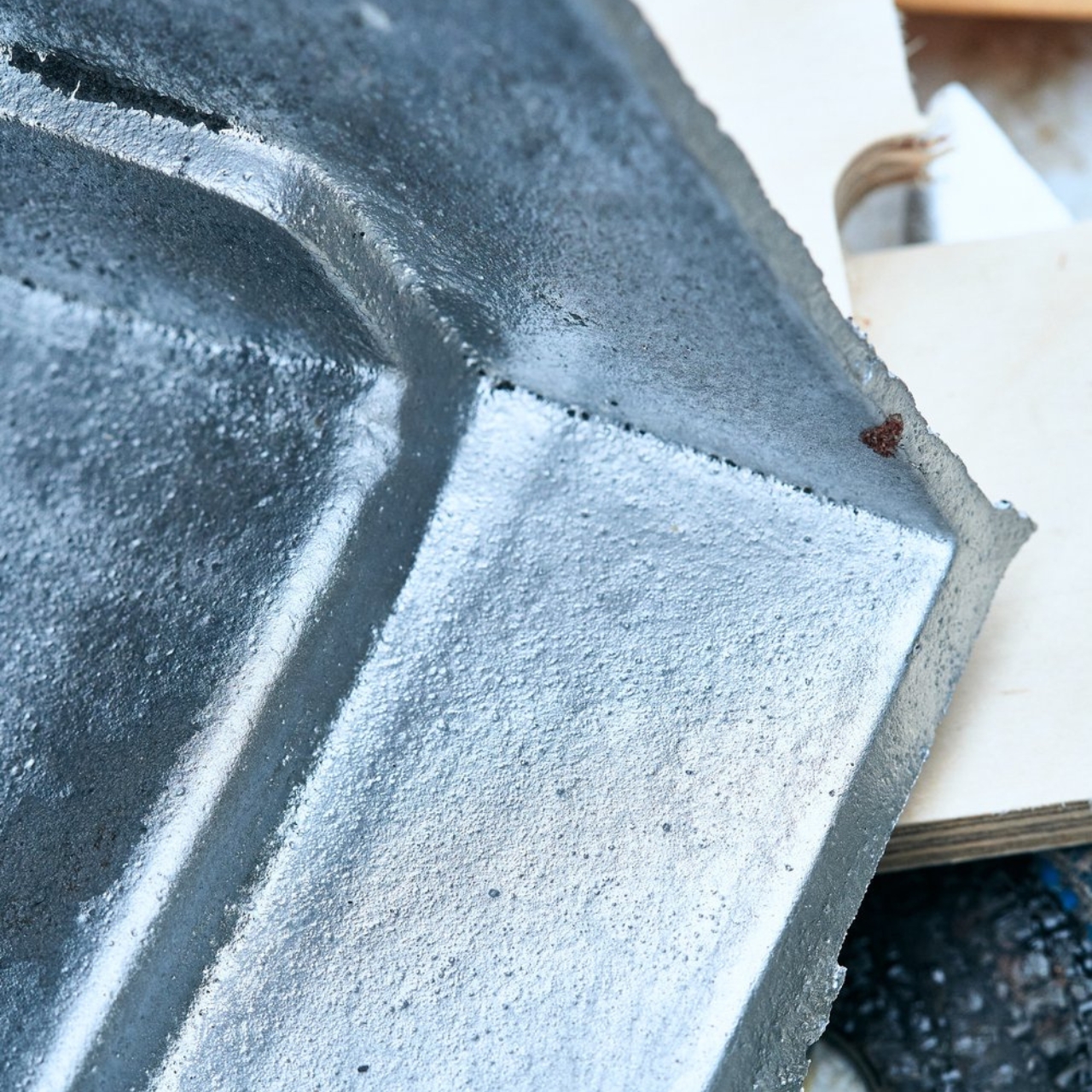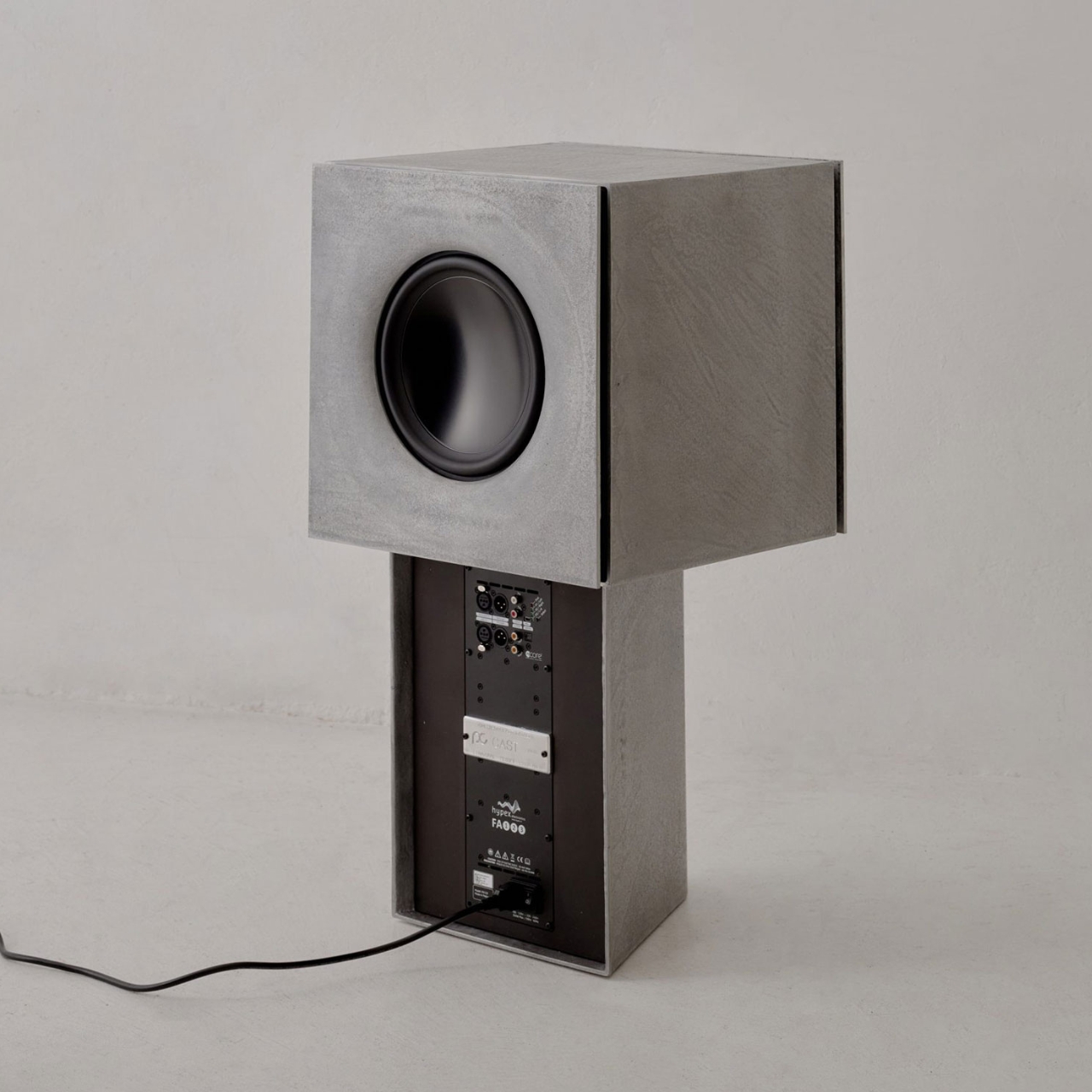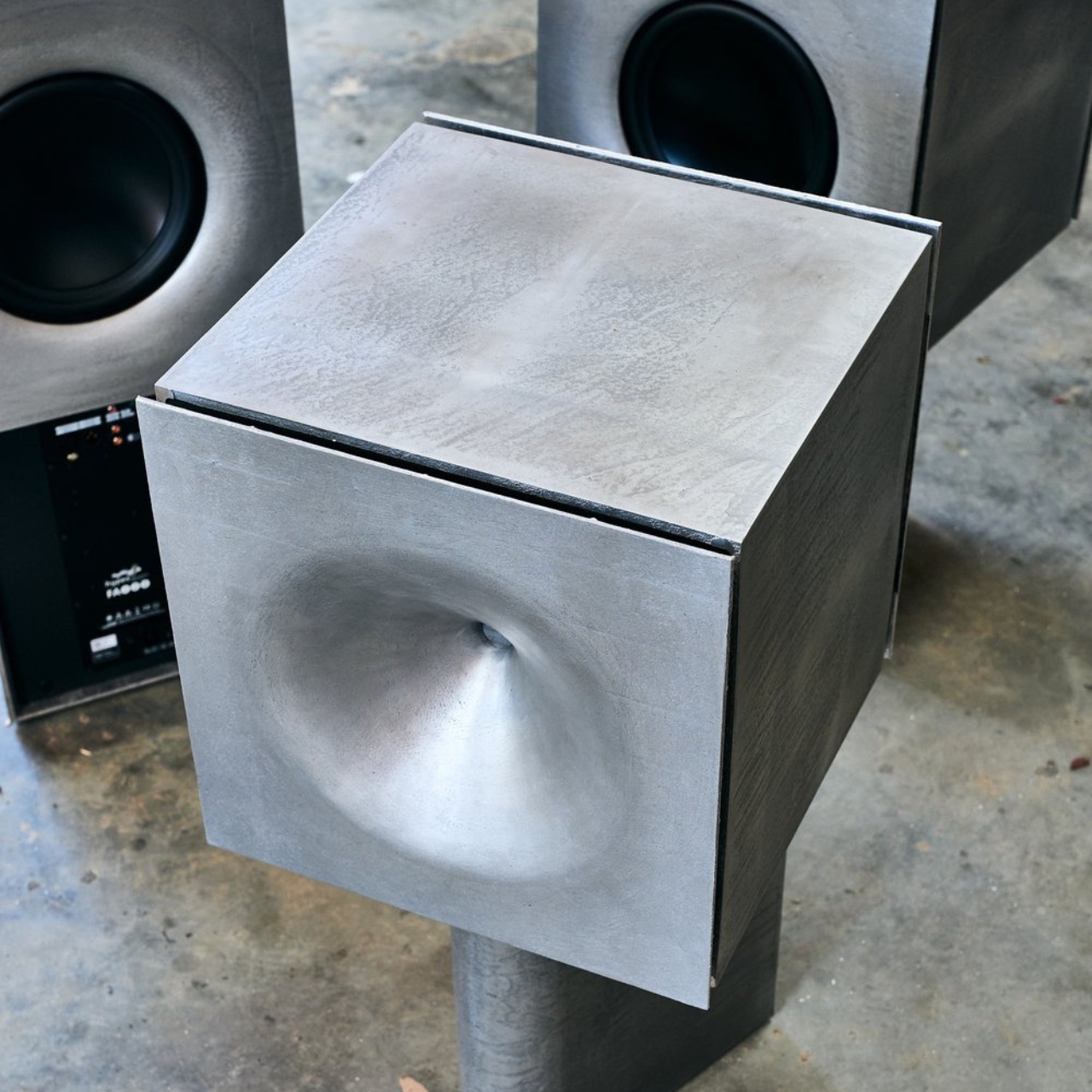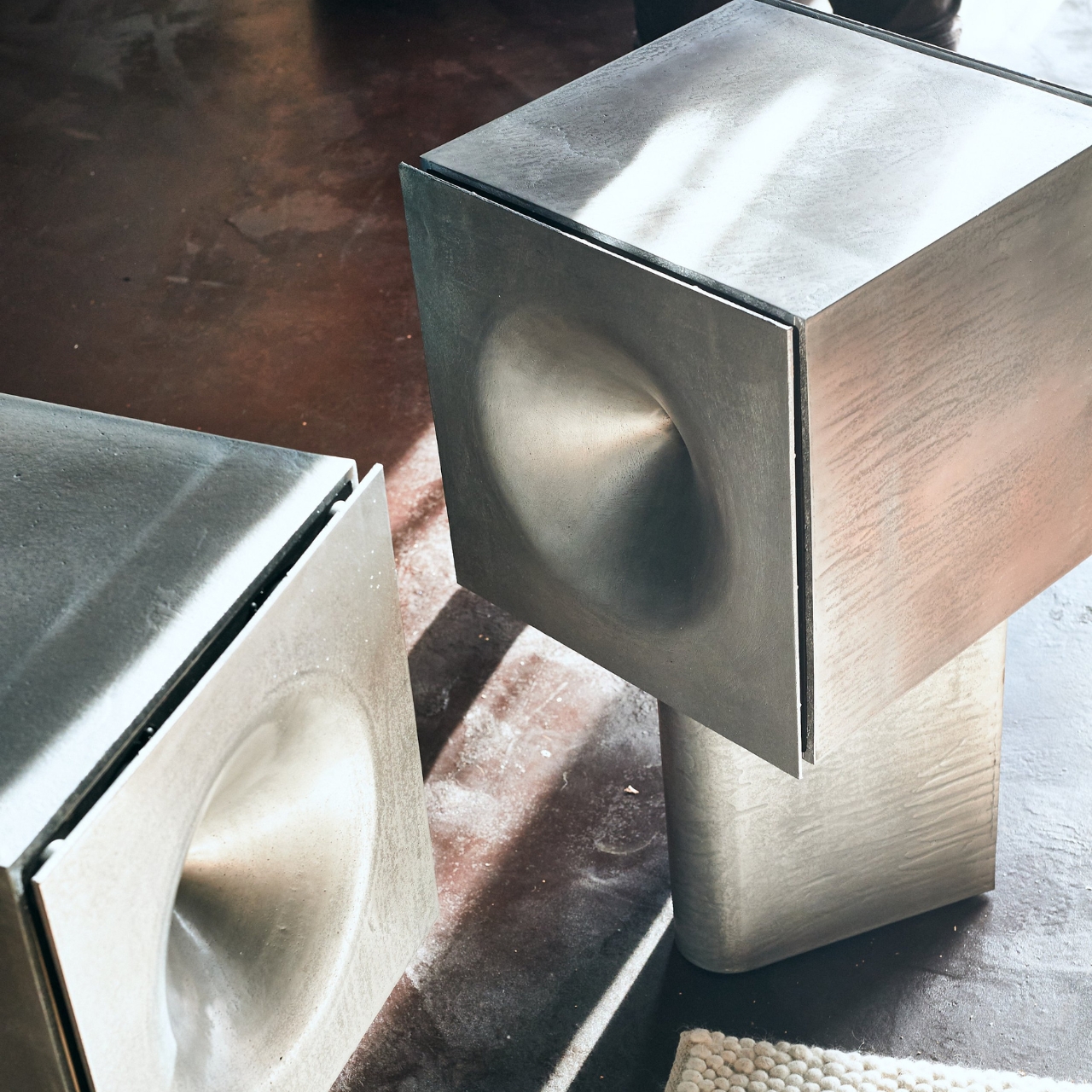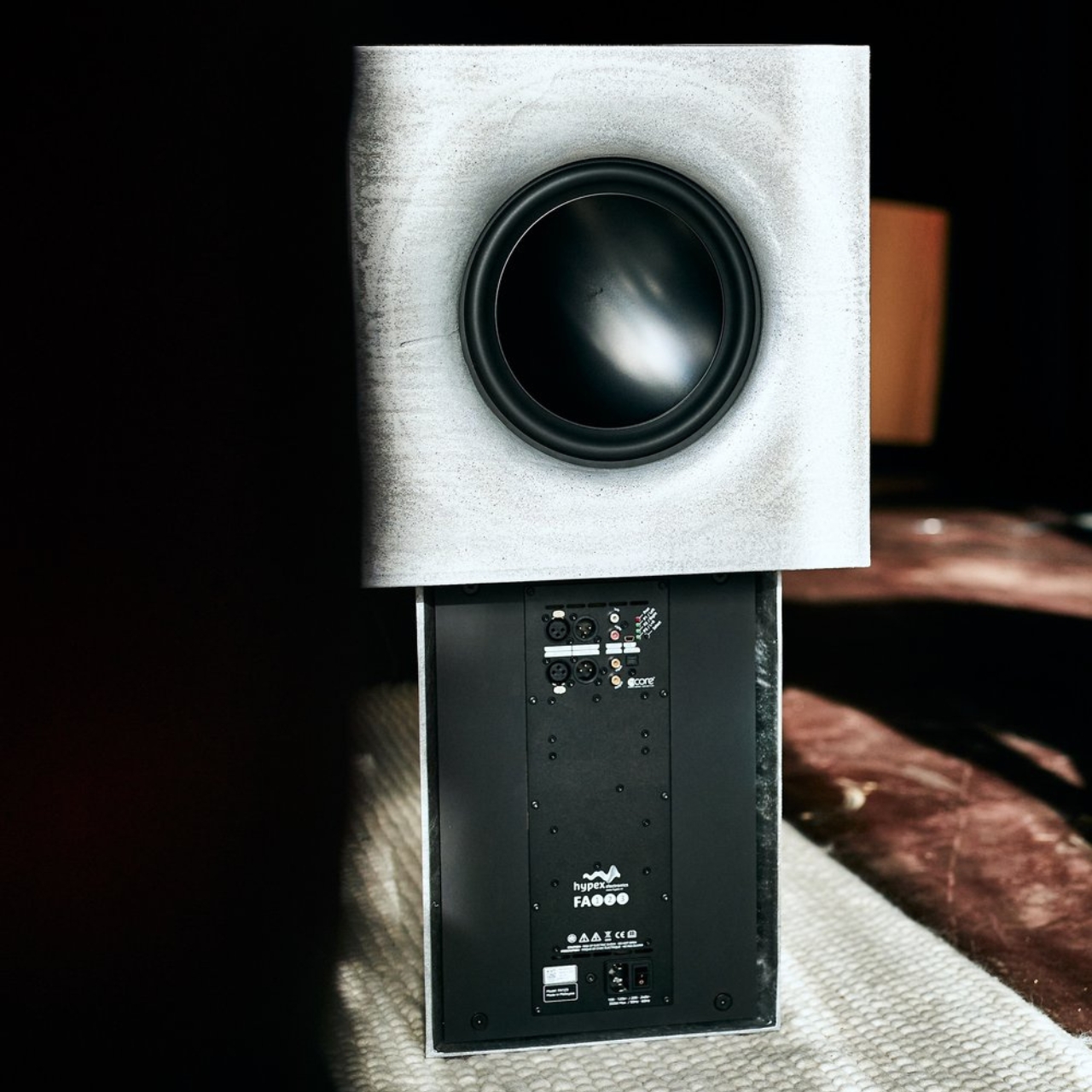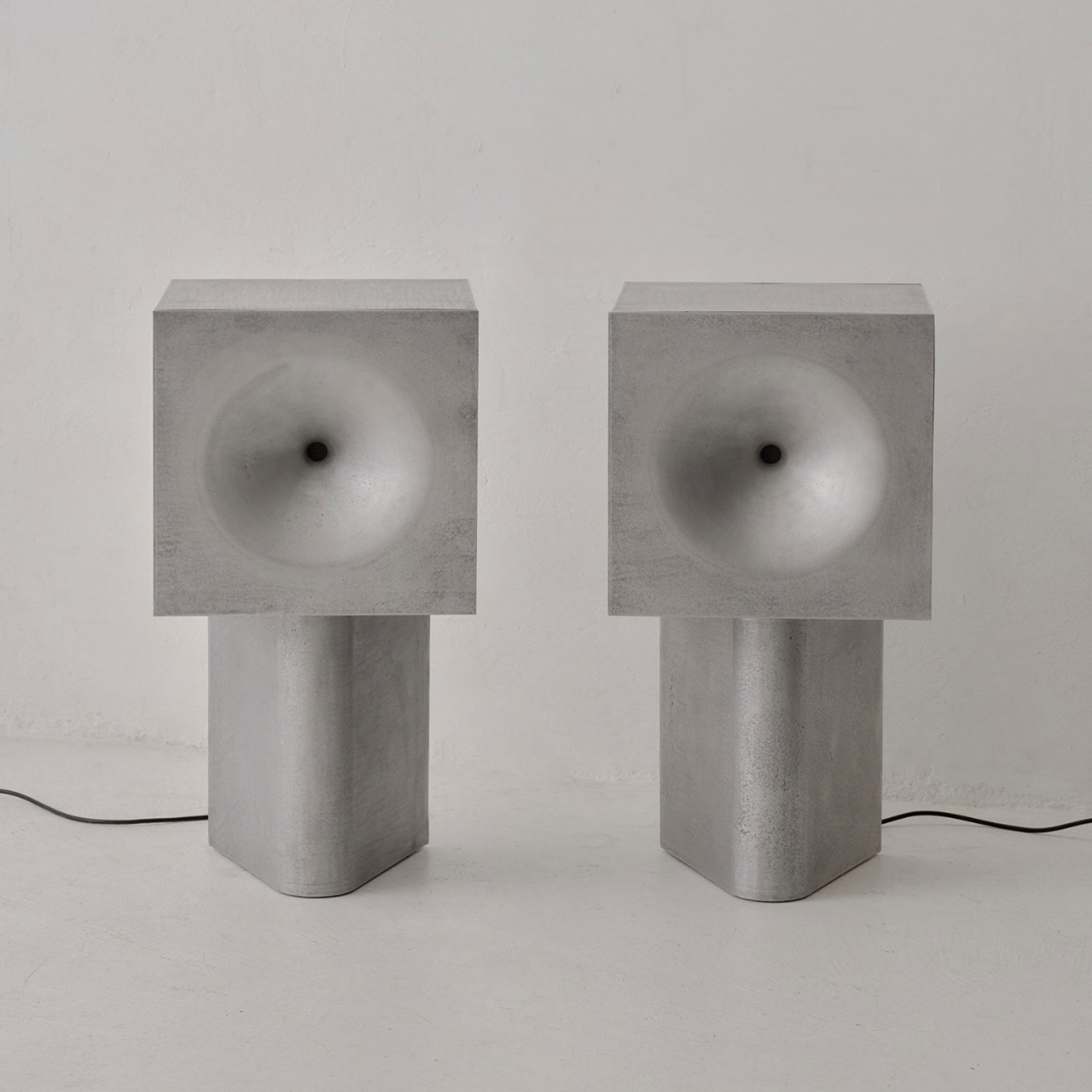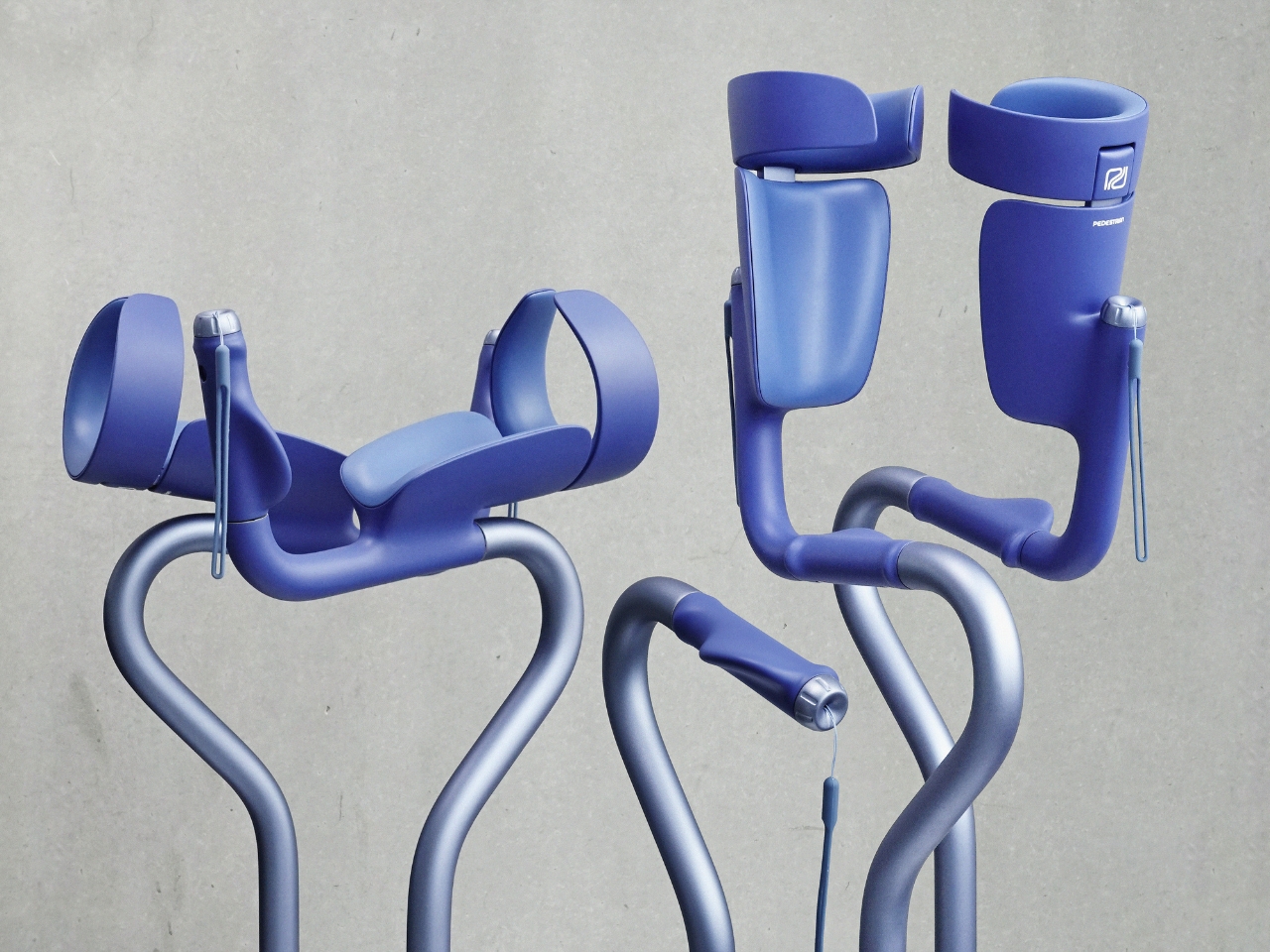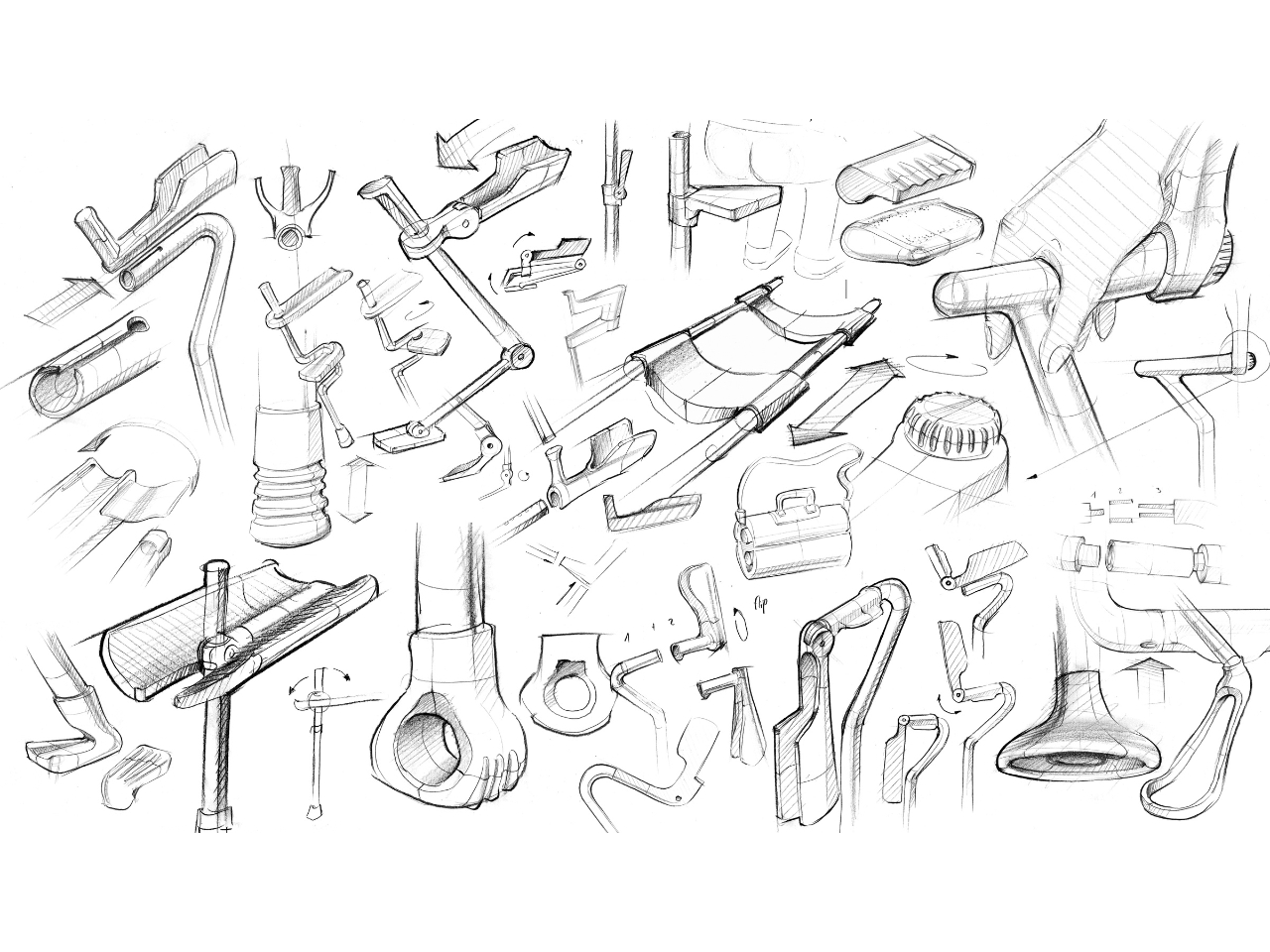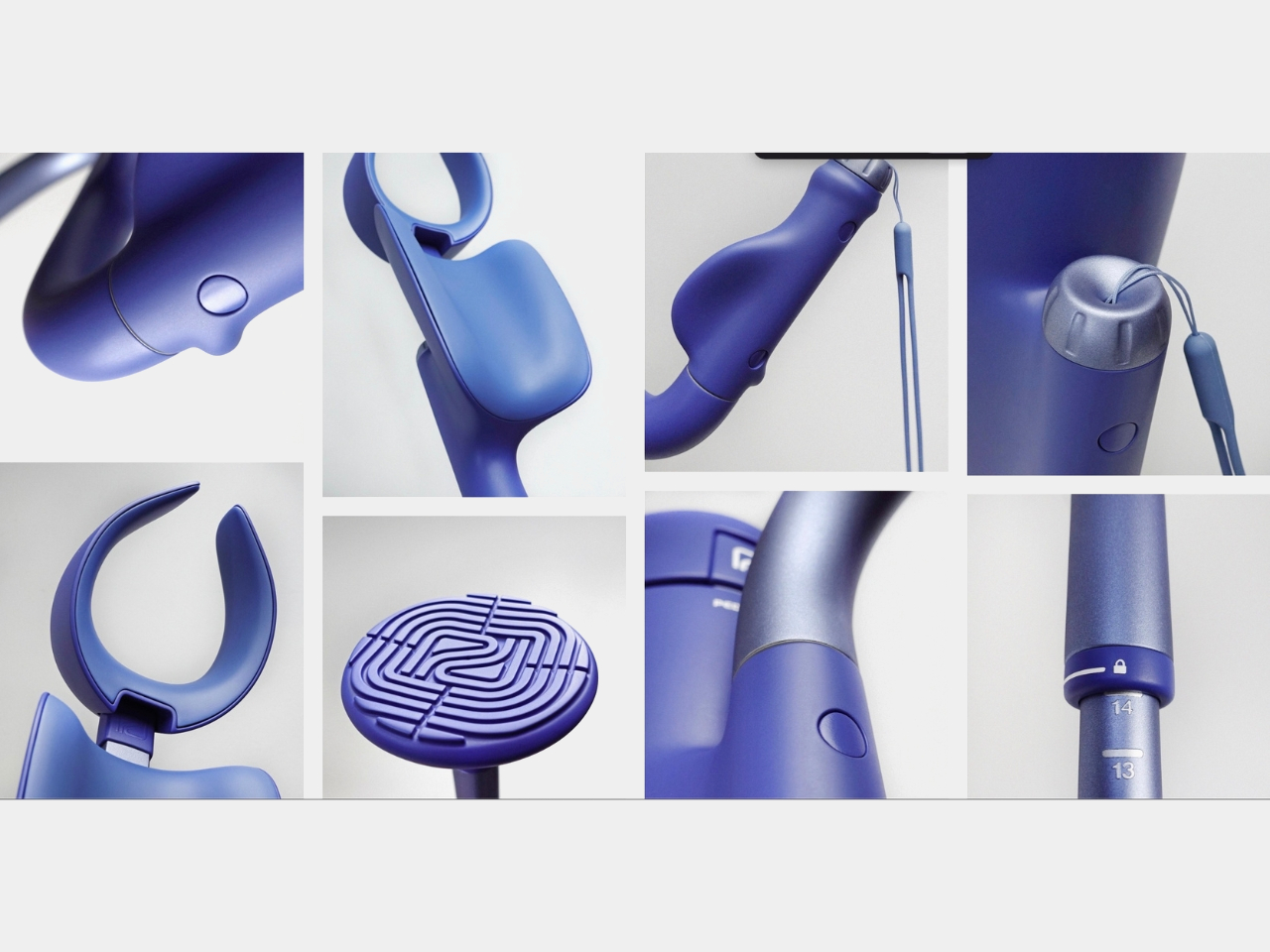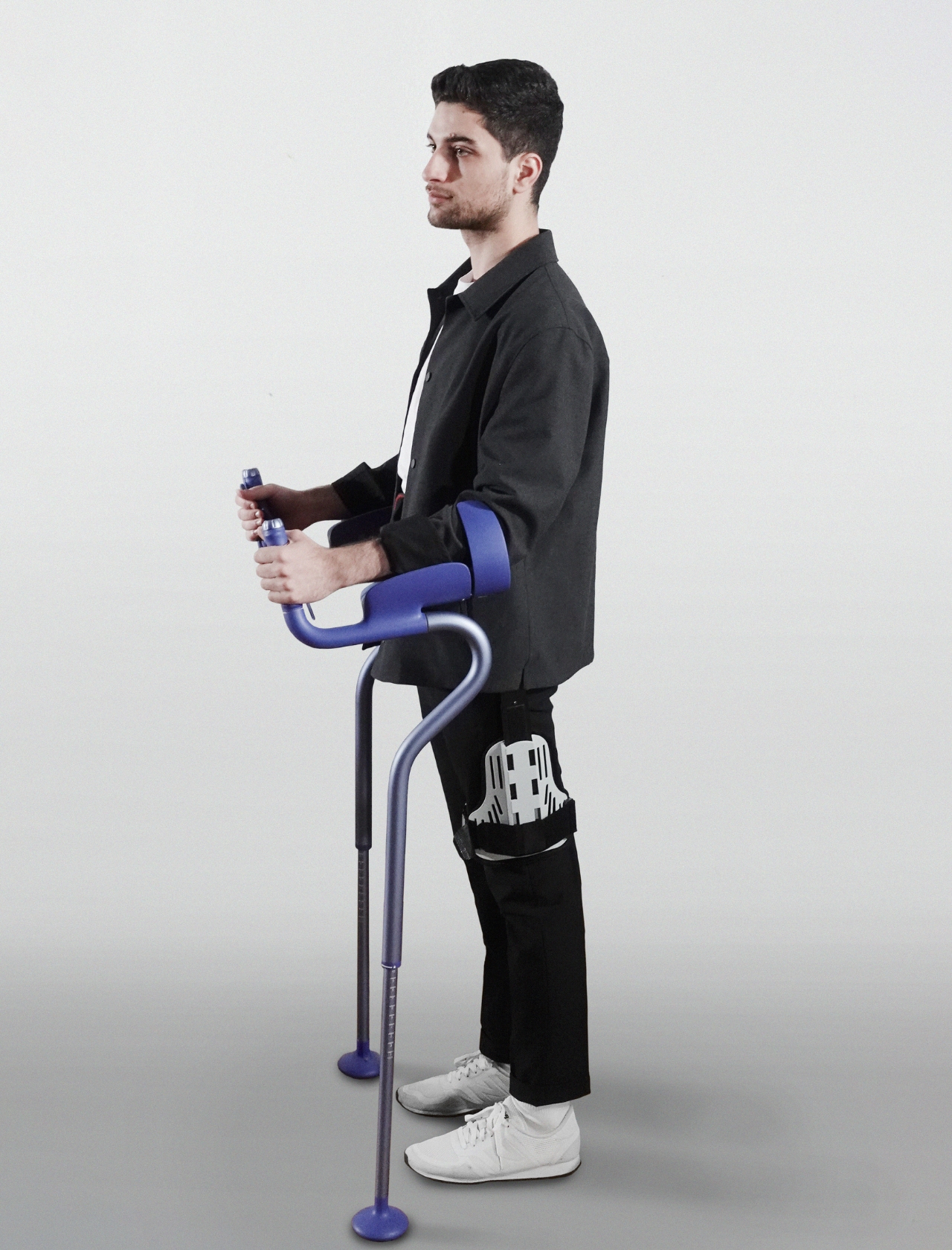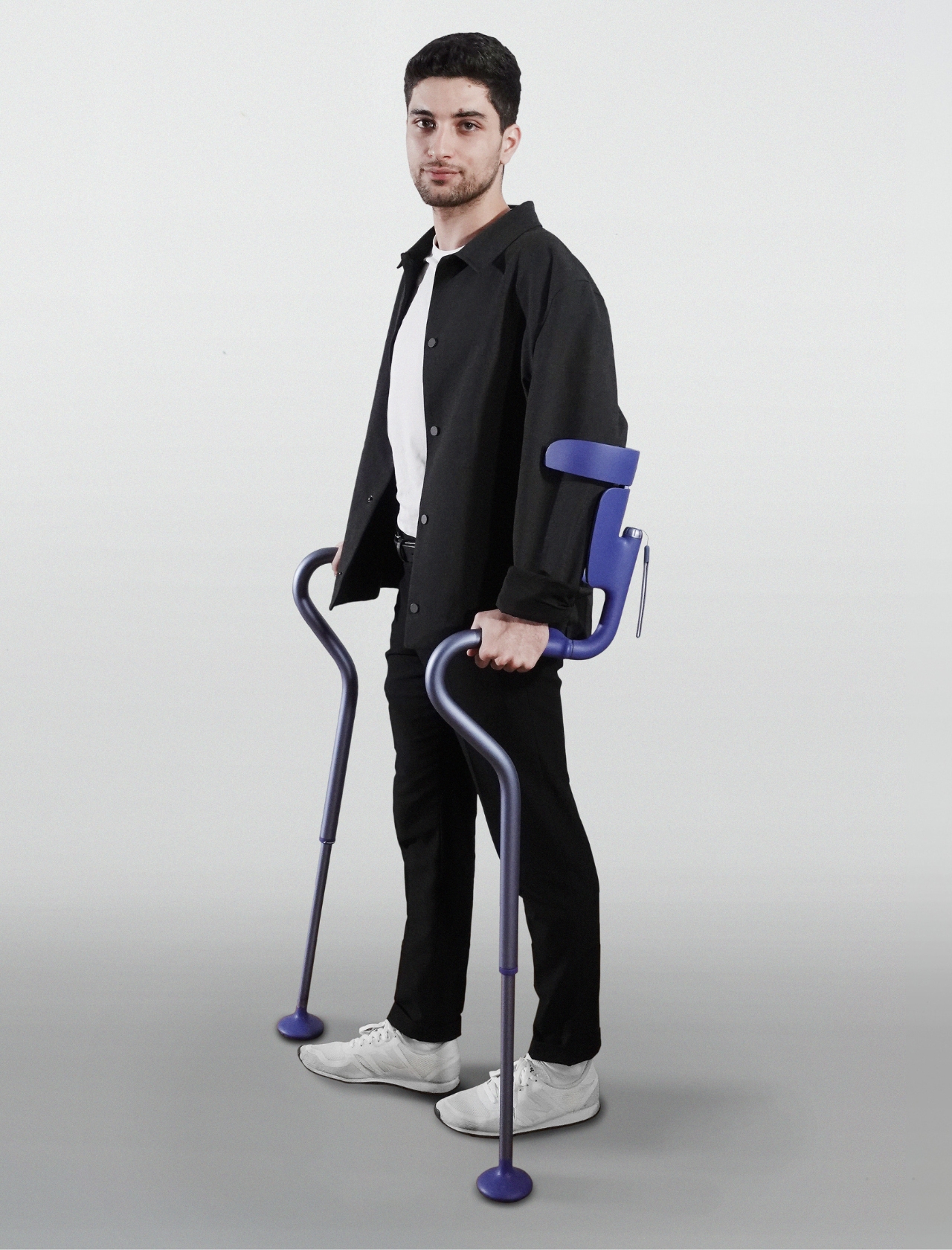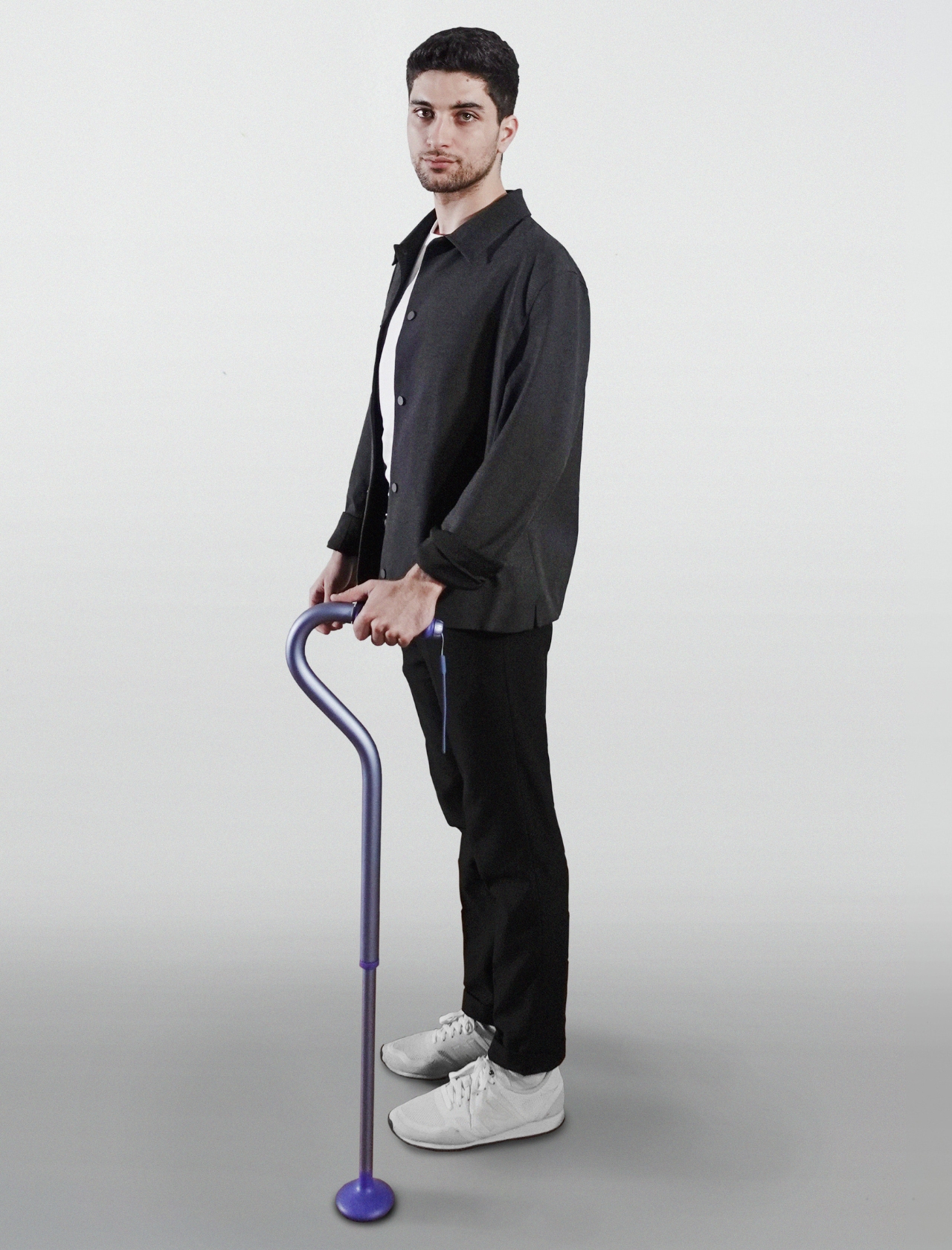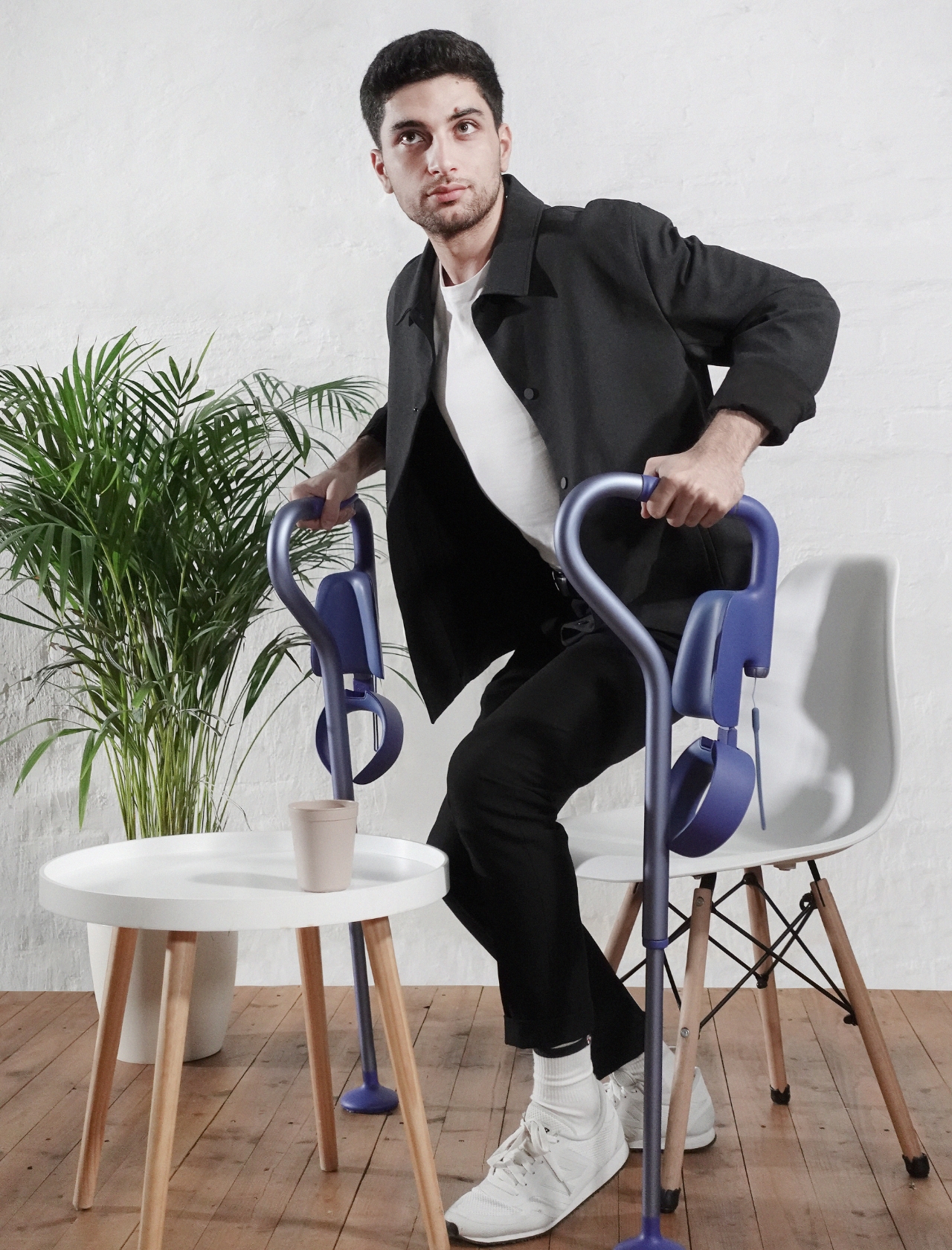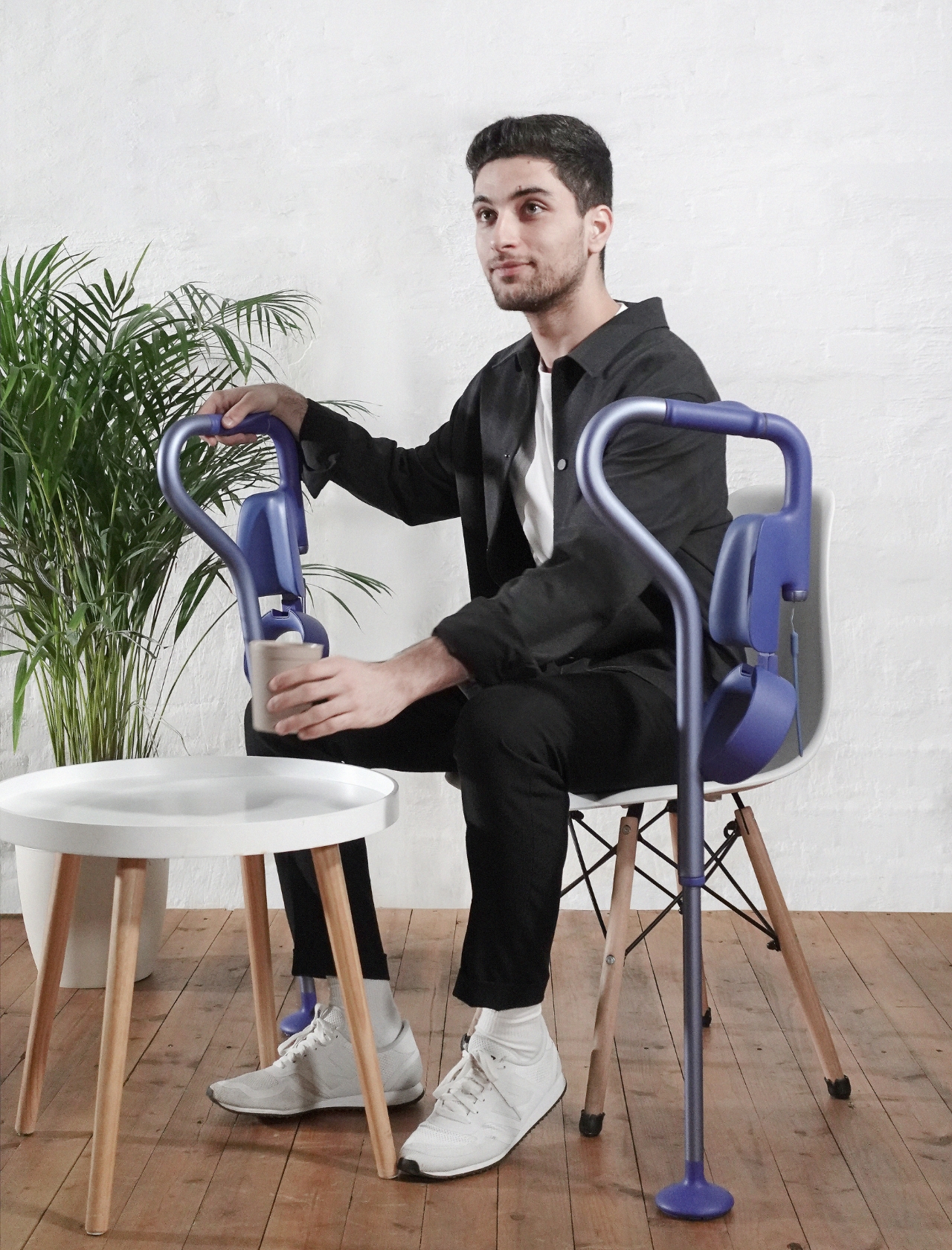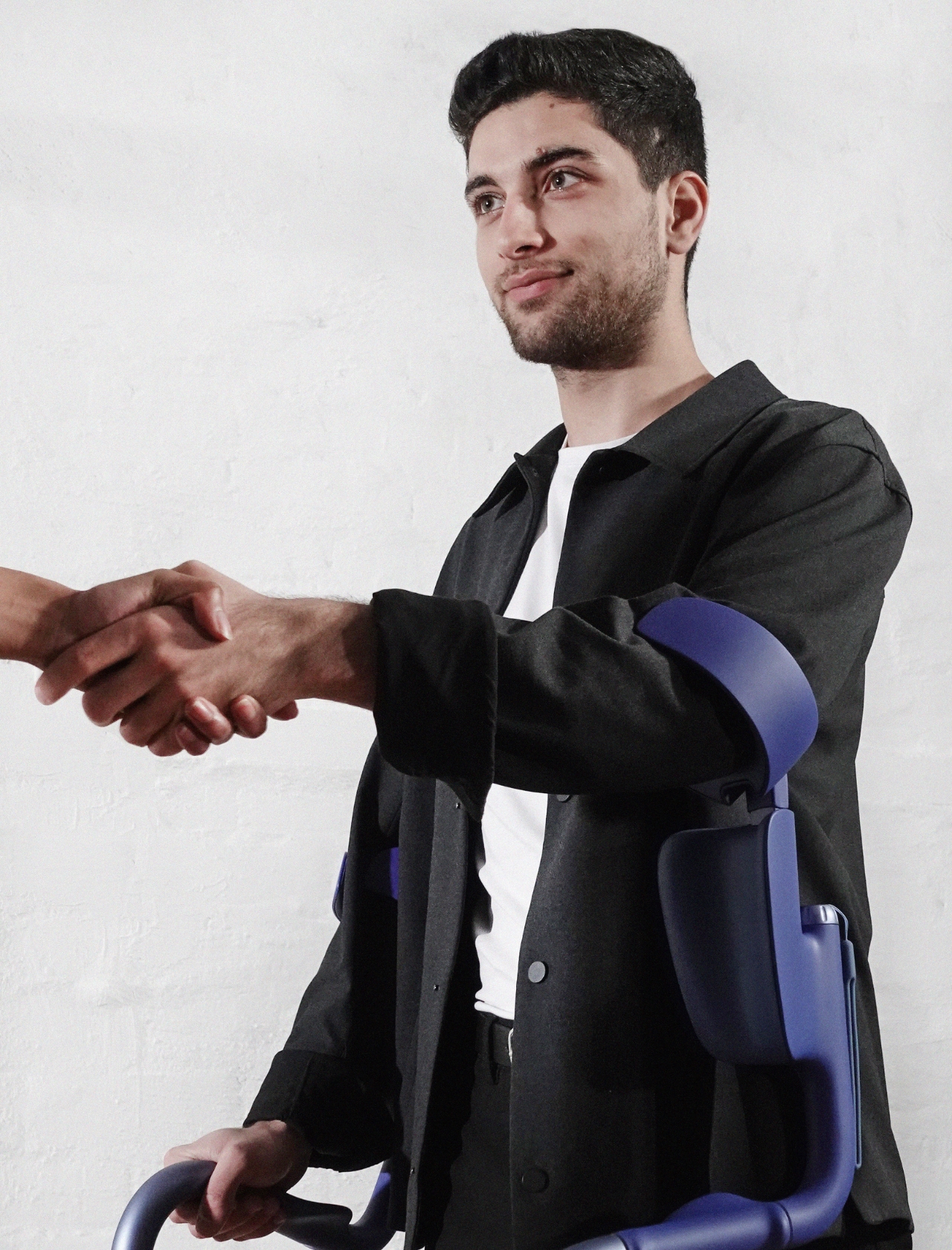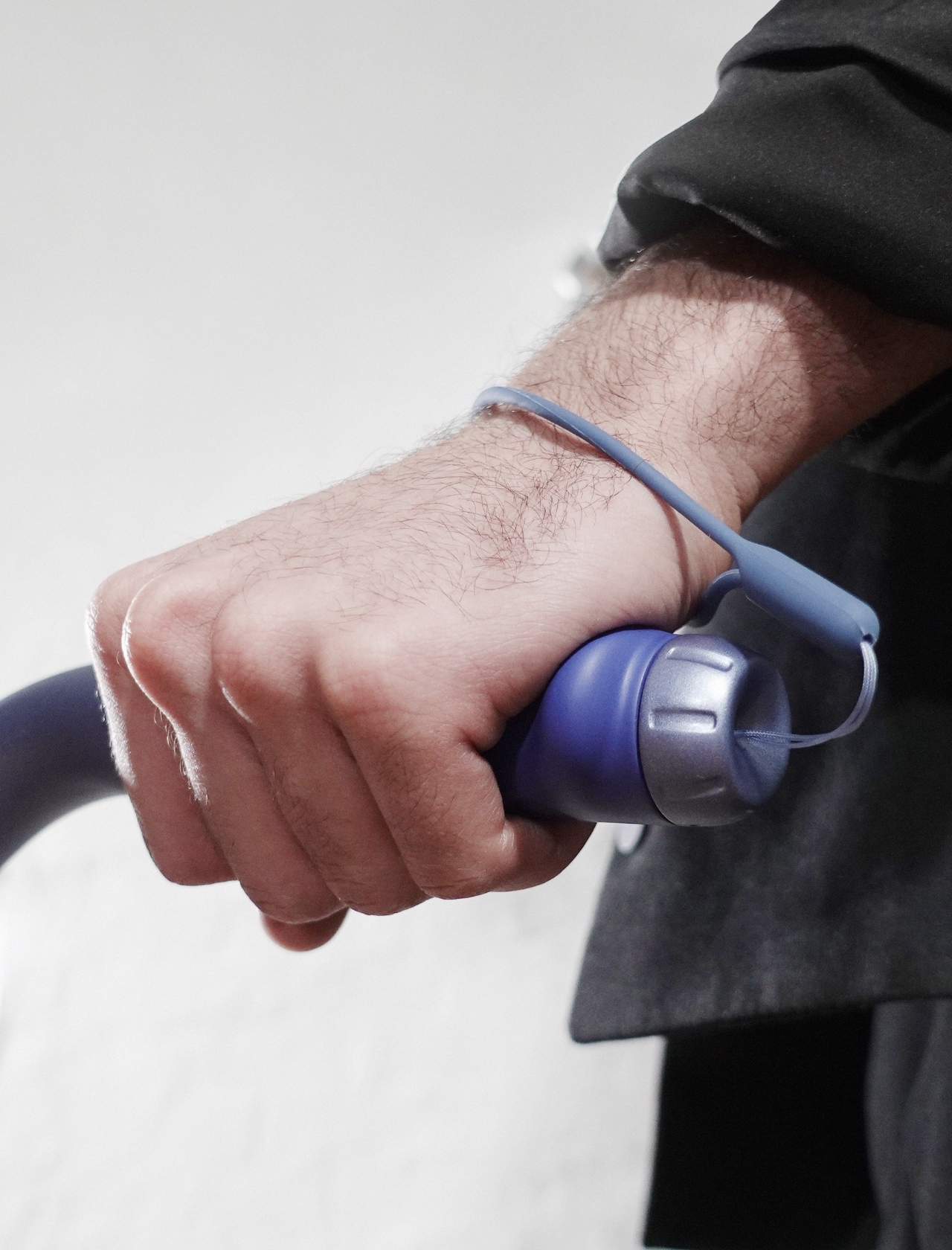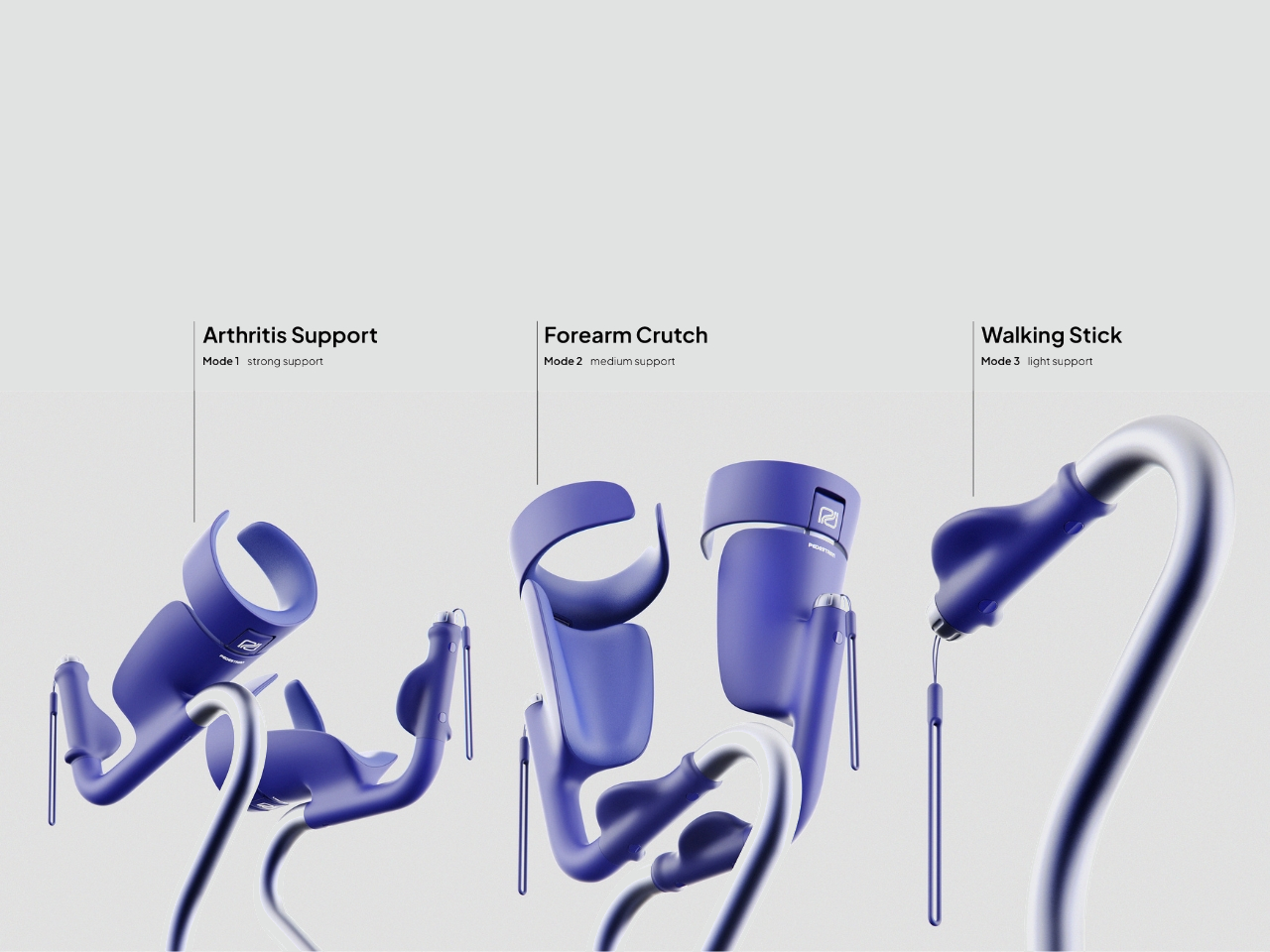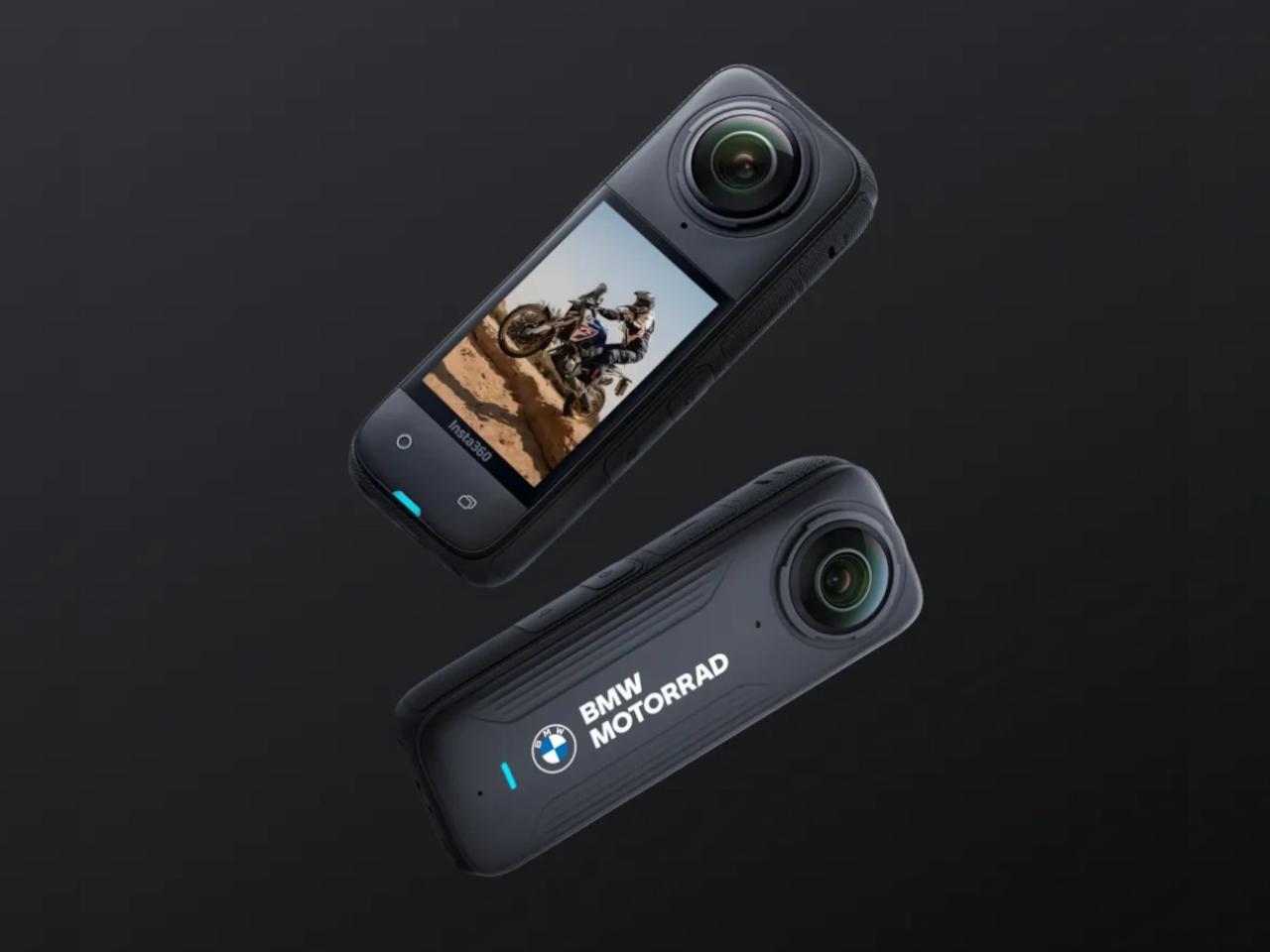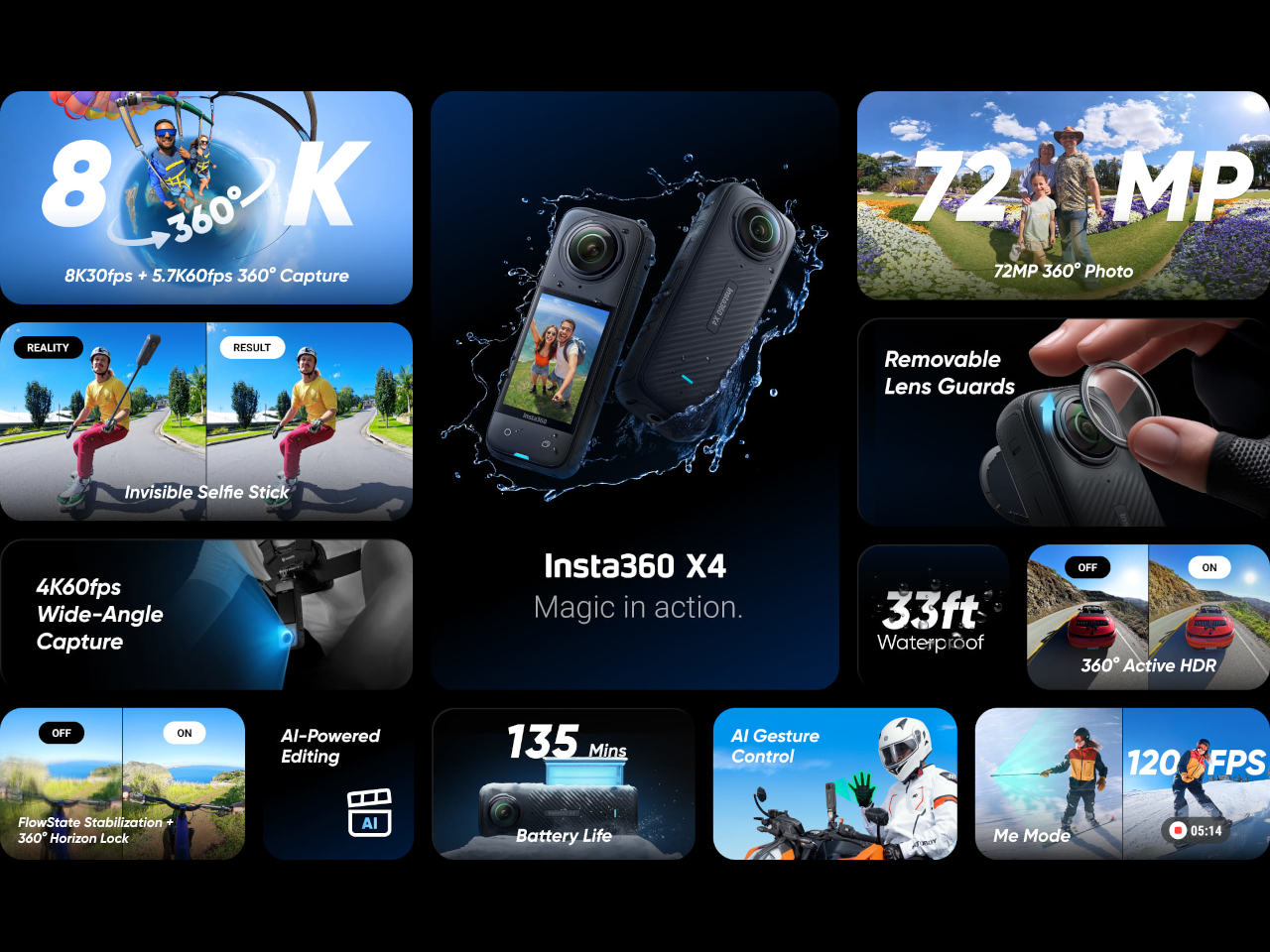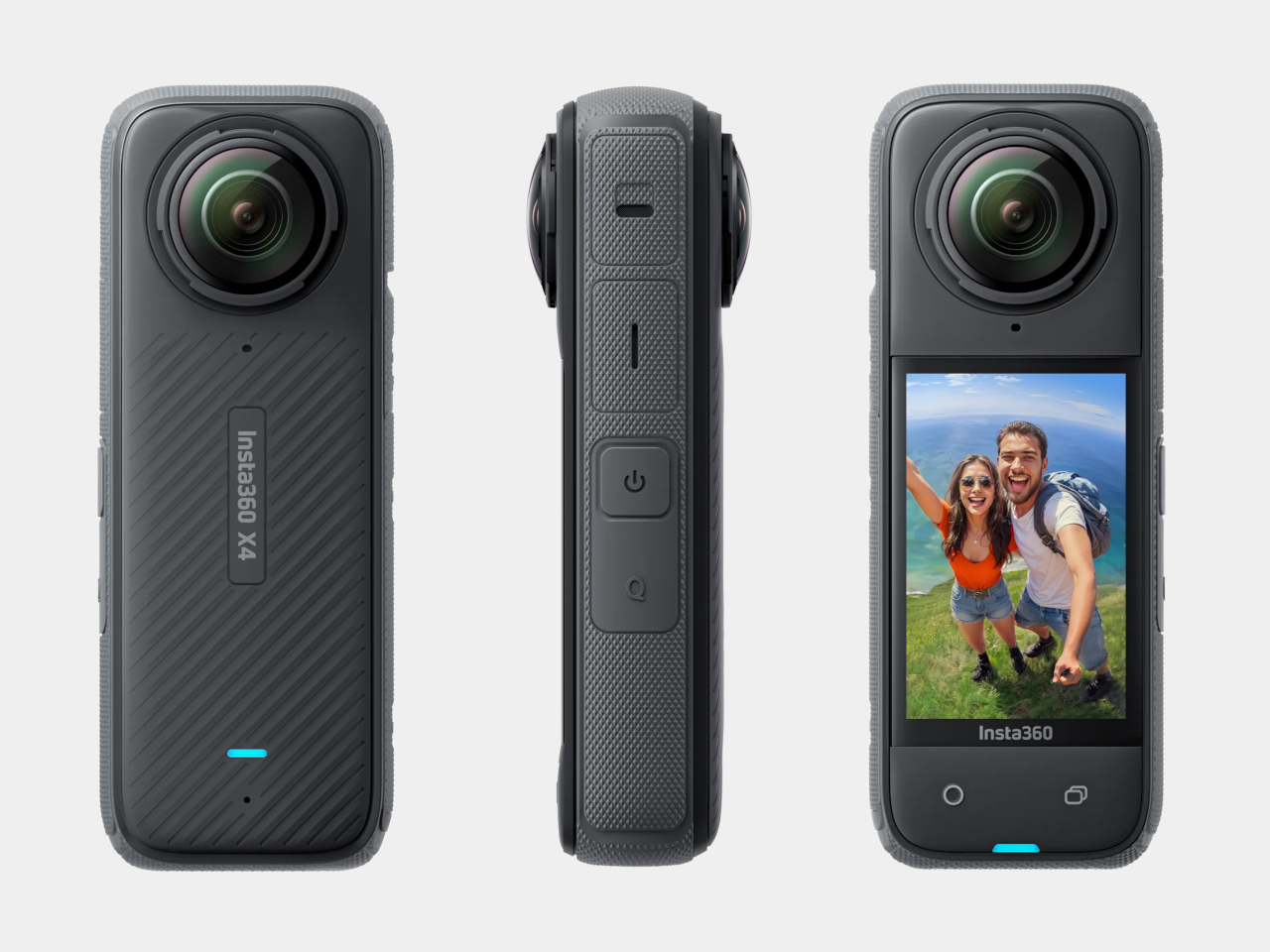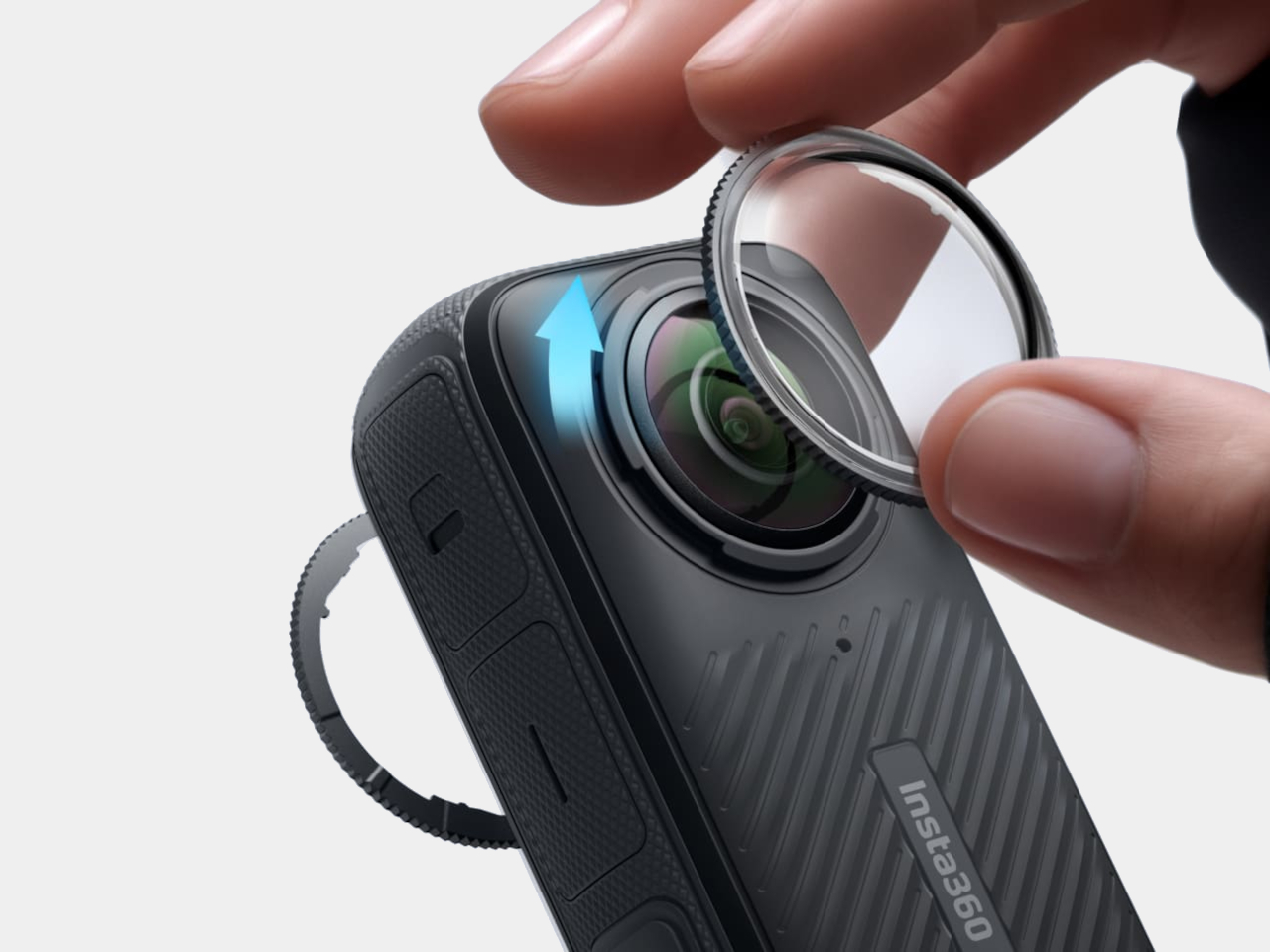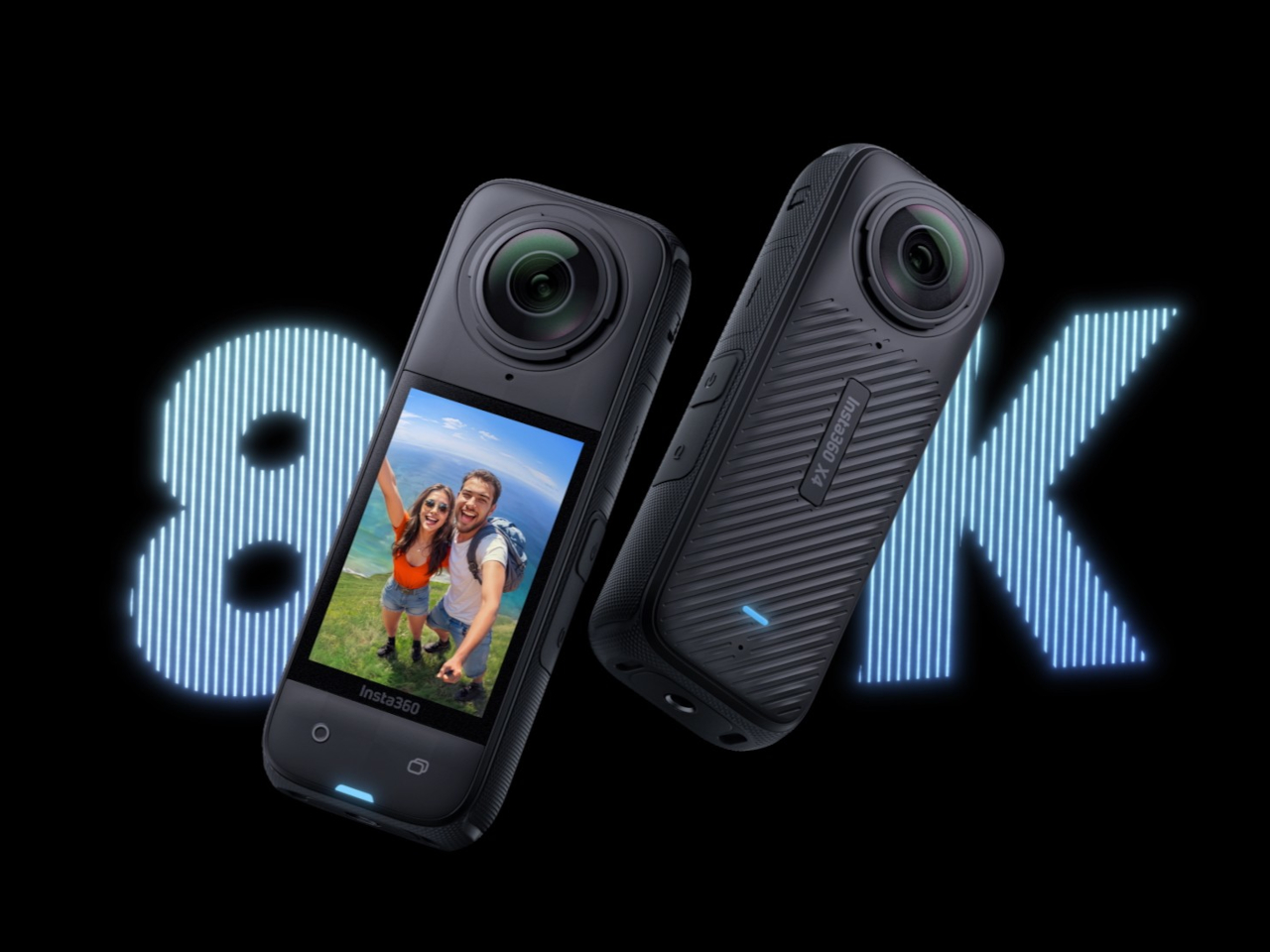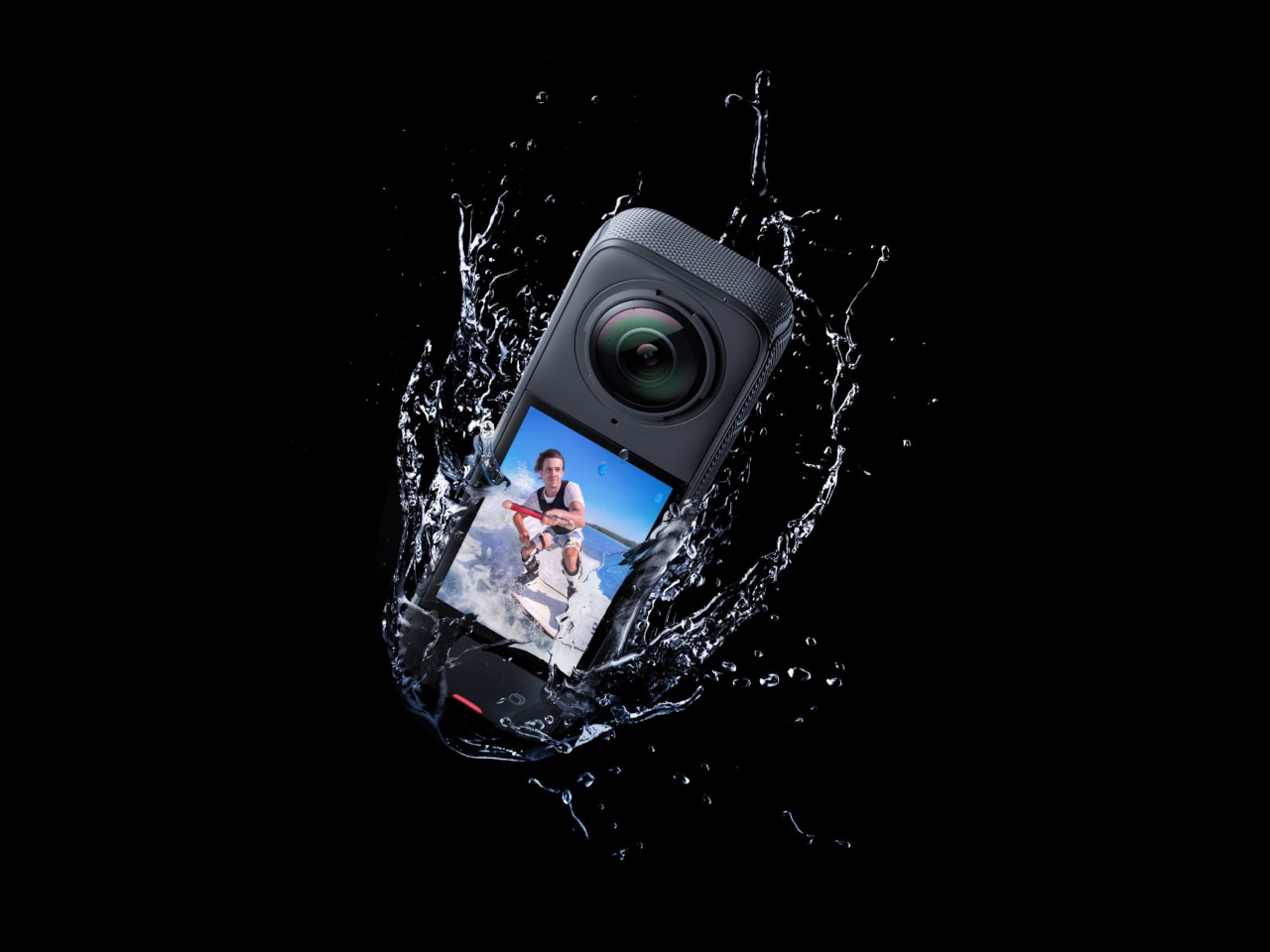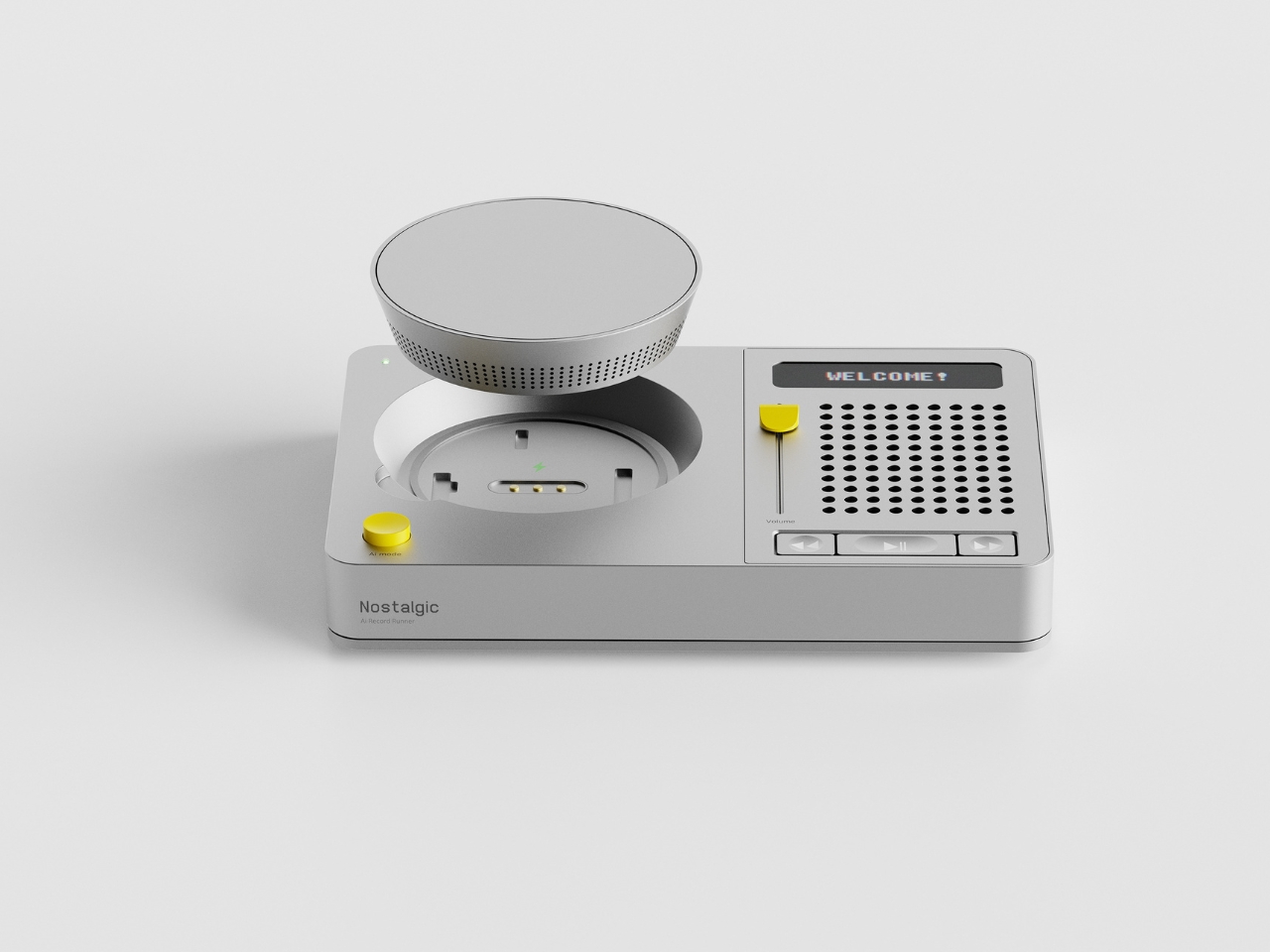
The recent retro craze when it comes to devices and even just designs of devices isn’t limited to just the people who actually experienced these things. The younger generation has a fascination with everything “old”, which can sometimes make older people really feel old. We’re seeing all kinds of product designs and concepts that play on this pseudo nostalgia (because it shouldn’t be called nostalgic if you didn’t actually experience it right?) and this trend will probably last for a long time. The best ones are those that are able to bridge nostalgia with modern sensibilities to get something that doesn’t just repeat what was done before.
Designer: Seunghyeon Kim (Focus Studio)
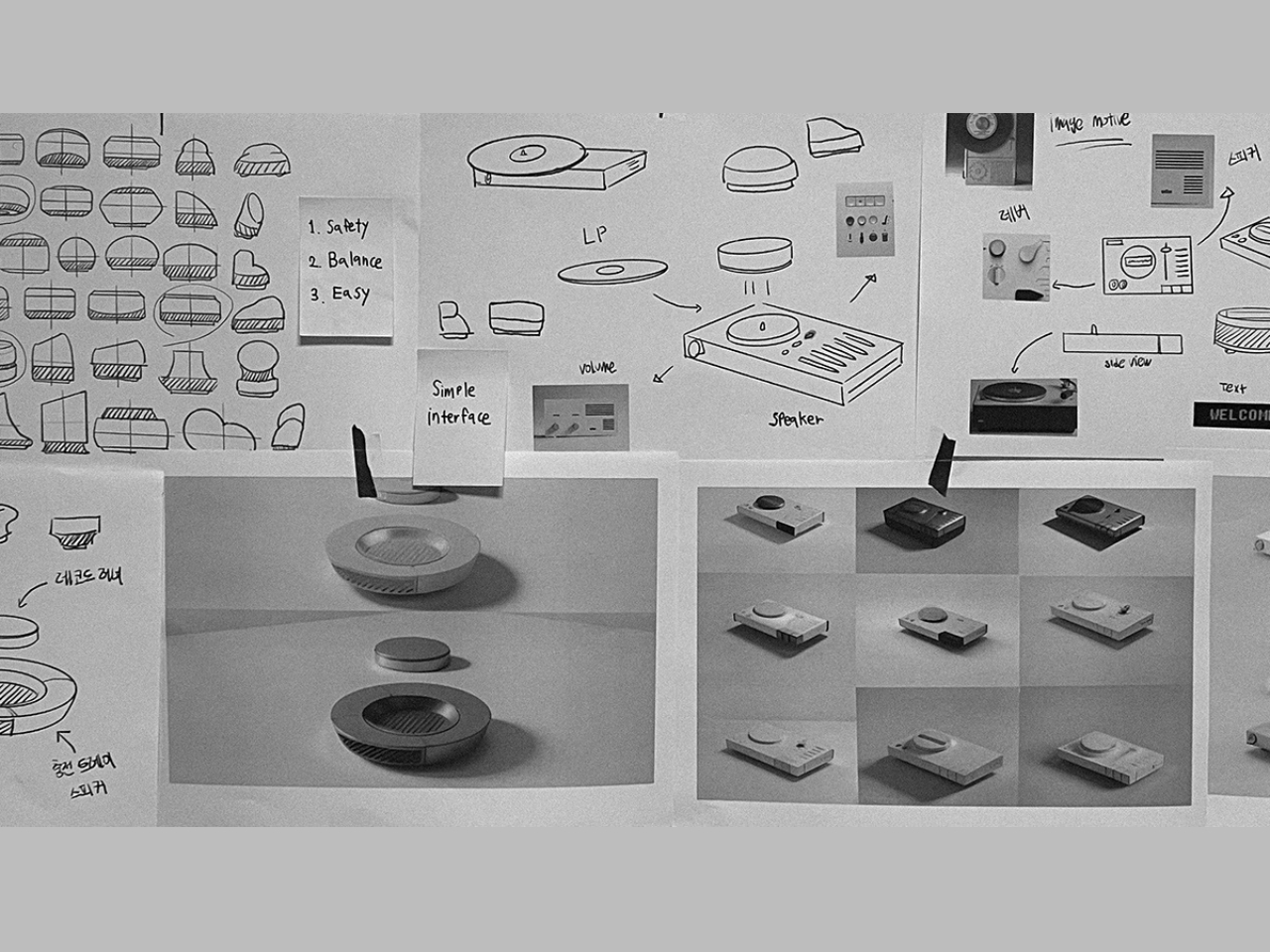
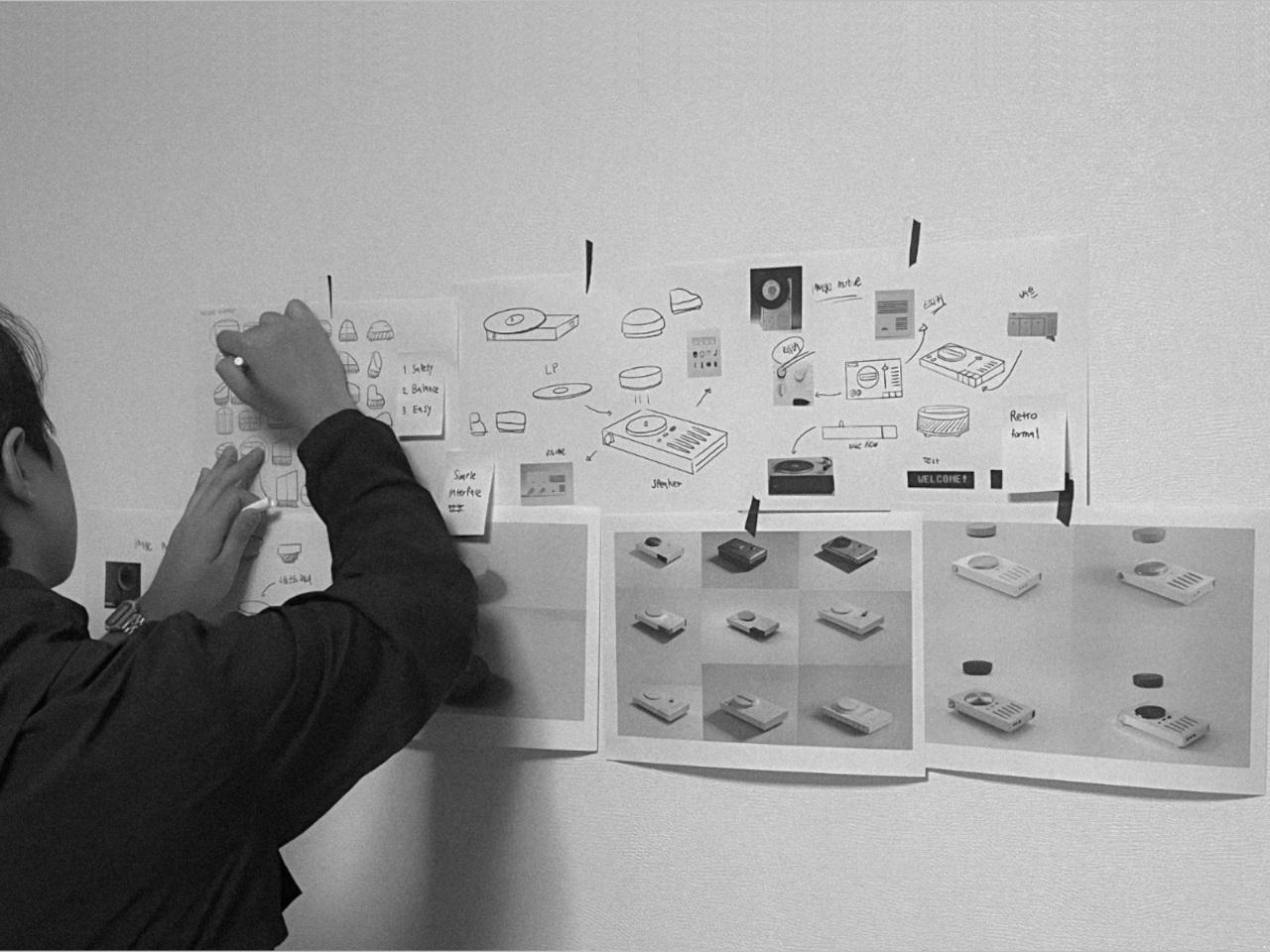
This concept for an AI speaker and record runner plays on the nostalgic feel that people are looking for. This is a 2-in-1 device for those who want to experience the convenience of a regular Bluetooth/AI speaker with the added different old school way of playing a vinyl record. The full device is a minimalist gadget that doesn’t give you a lot of features to maintain the external retro feel that you may be looking for.
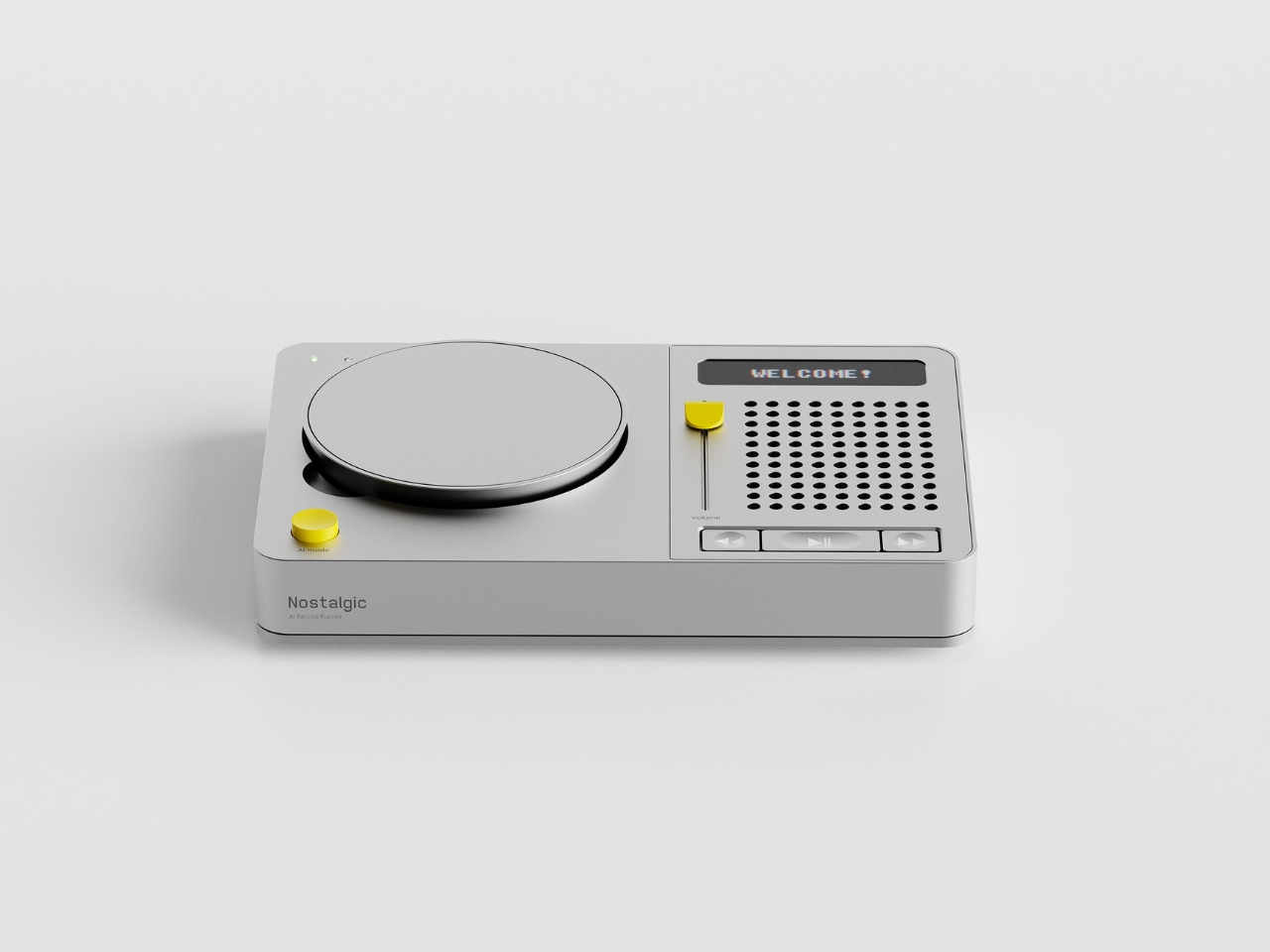
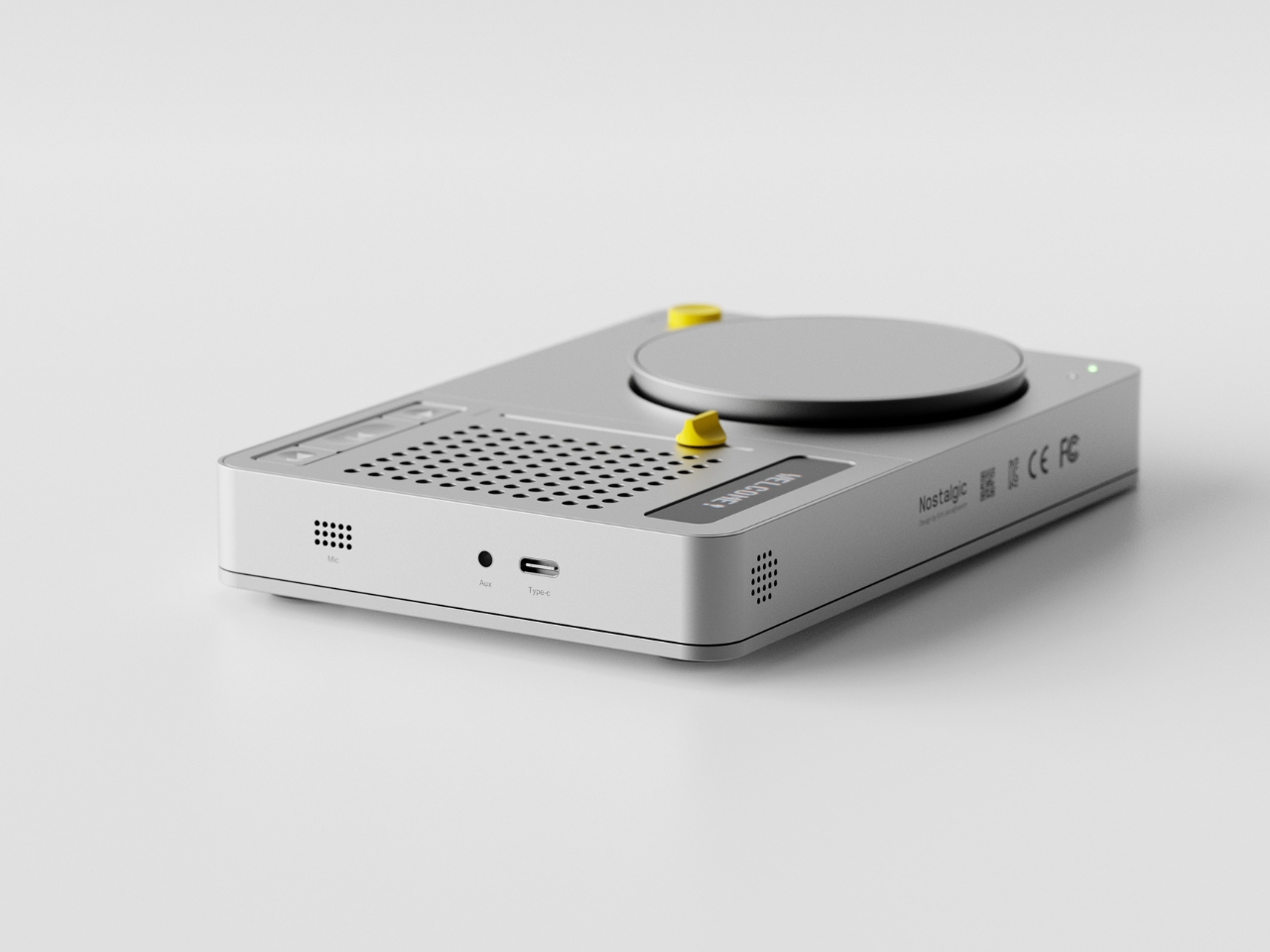
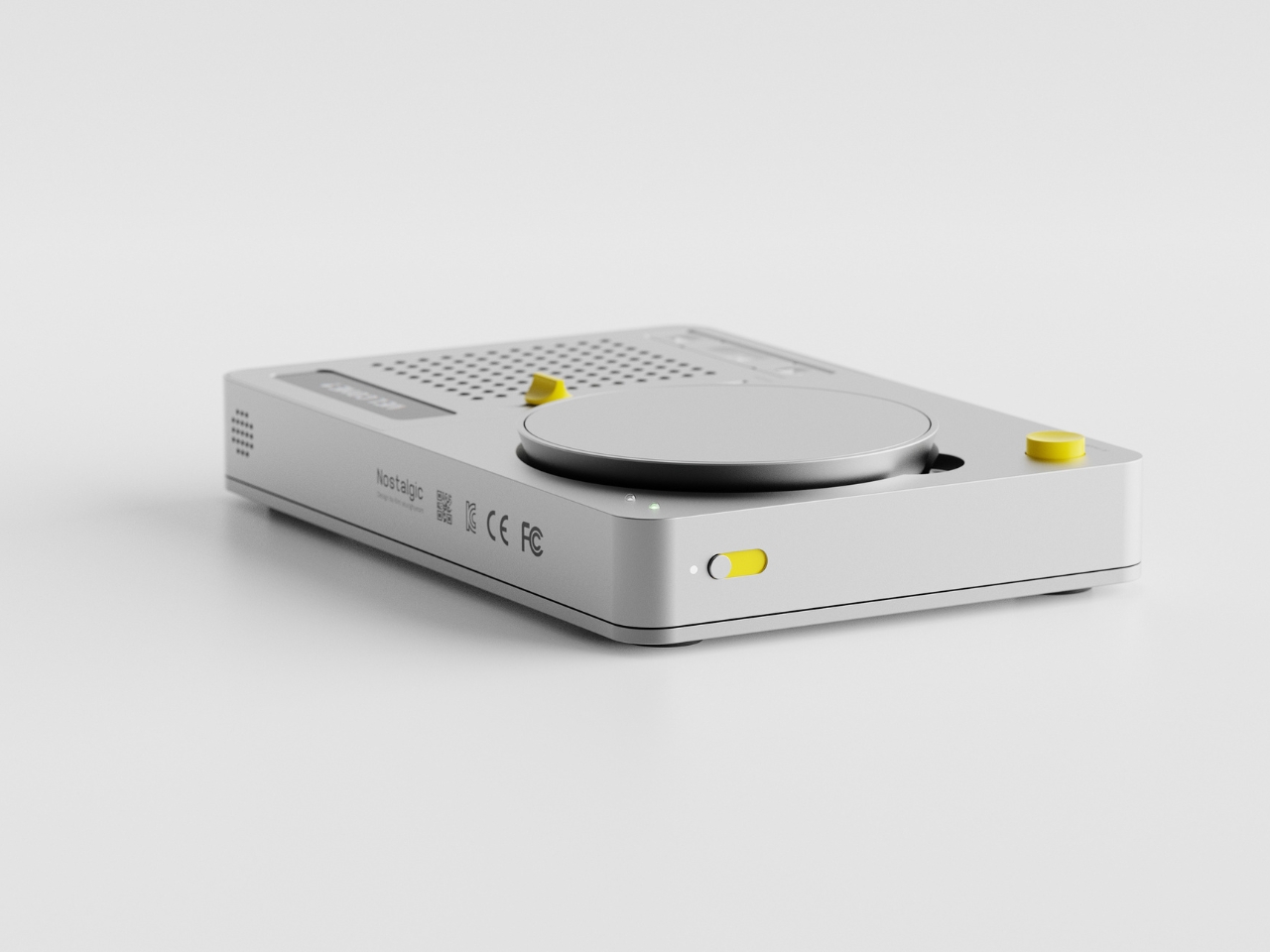
The main part is a rectangular box shaped speaker complete with grills, a slider control for the volume, and the simple play/pause, rewind, and fast forward buttons. The power button and the slider control are the only colored spots in a silver monochrome device. There is a round thing on the left that at first looks like a detachable speaker but is in fact a record runner. This is a small record player that you place on top of an LP. It plays the record by pushing and pulling on the grooves, thereby earning the nickname of the vinyl killer (since some records get broken because of this).
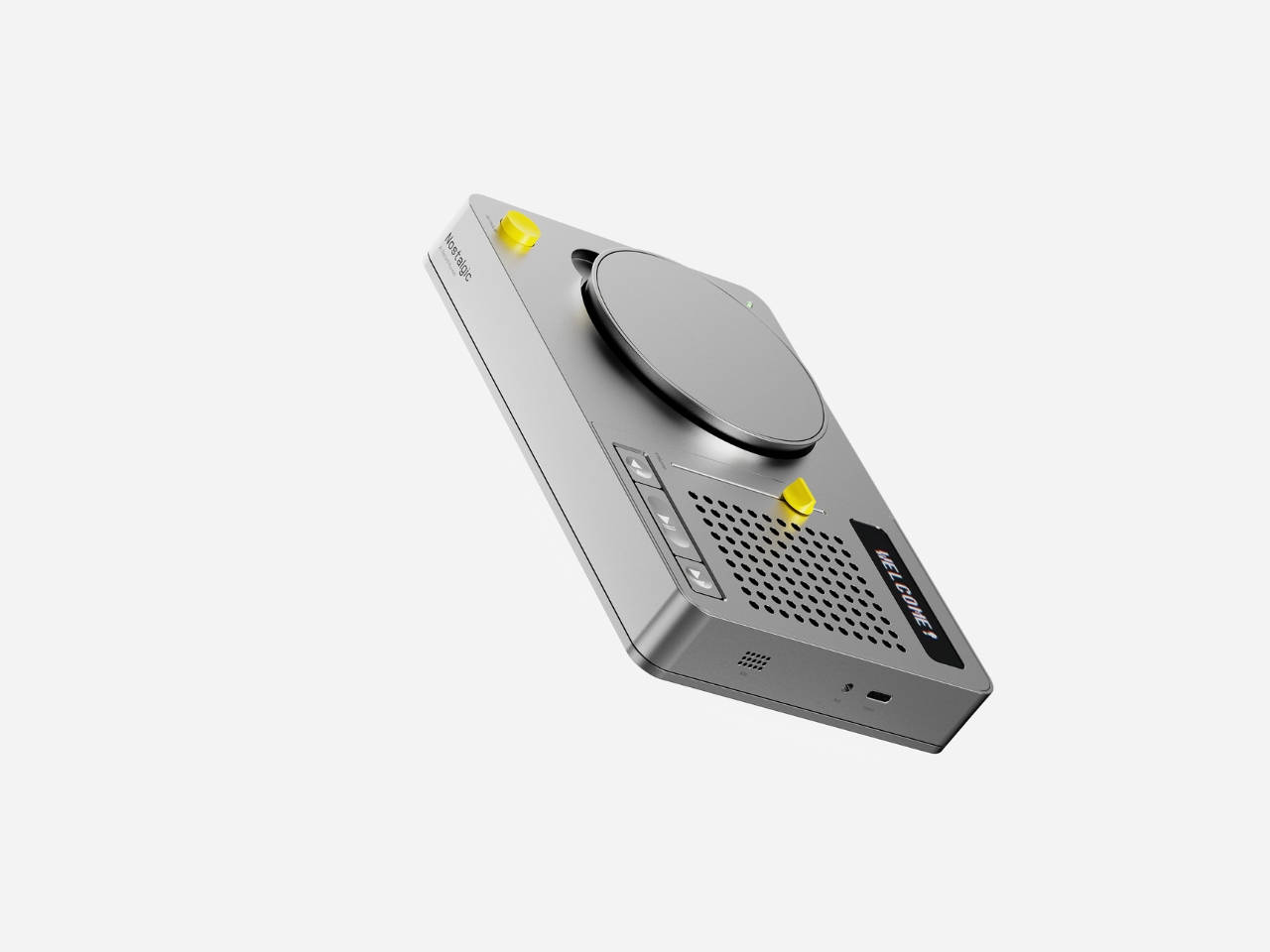
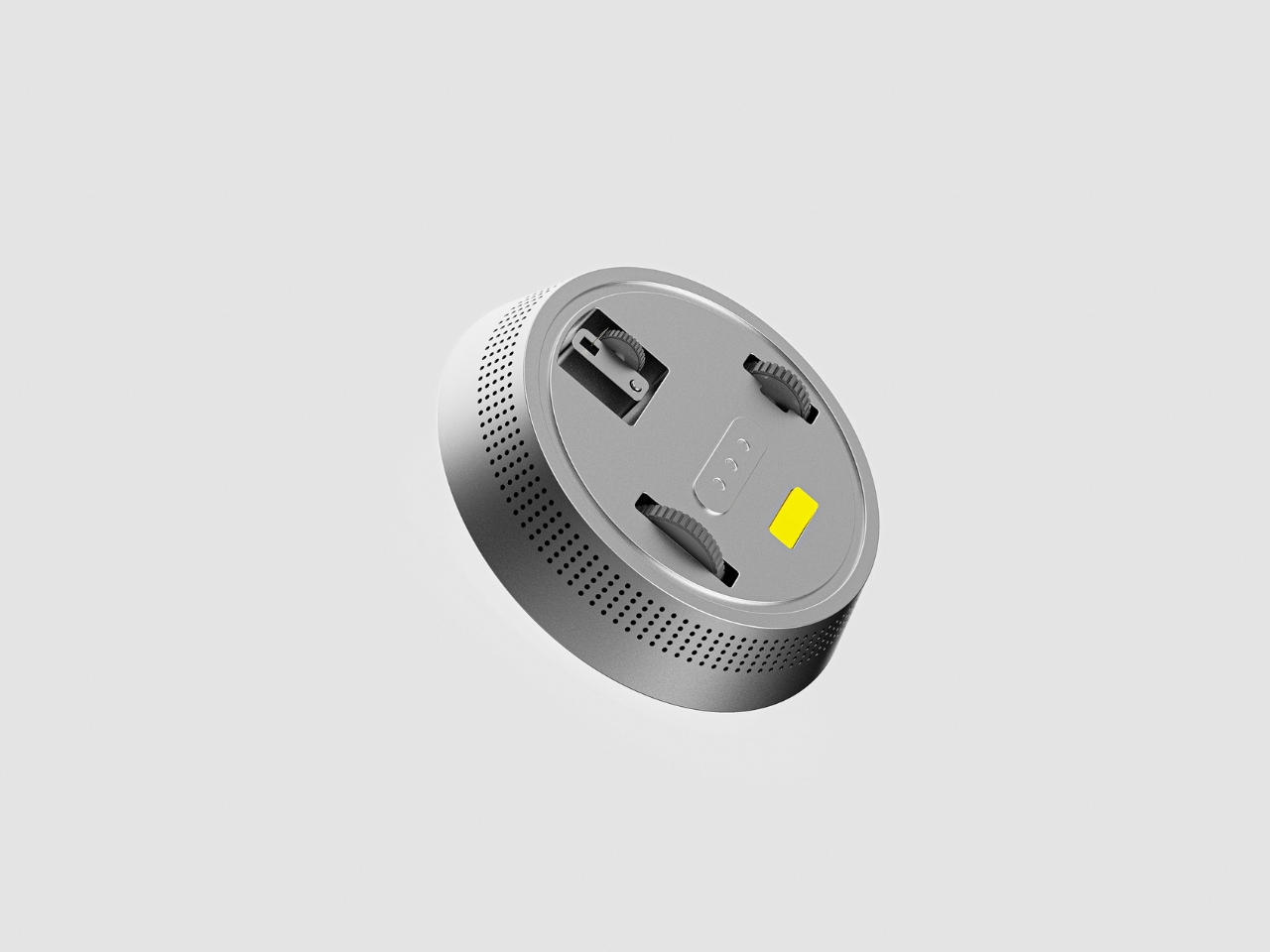
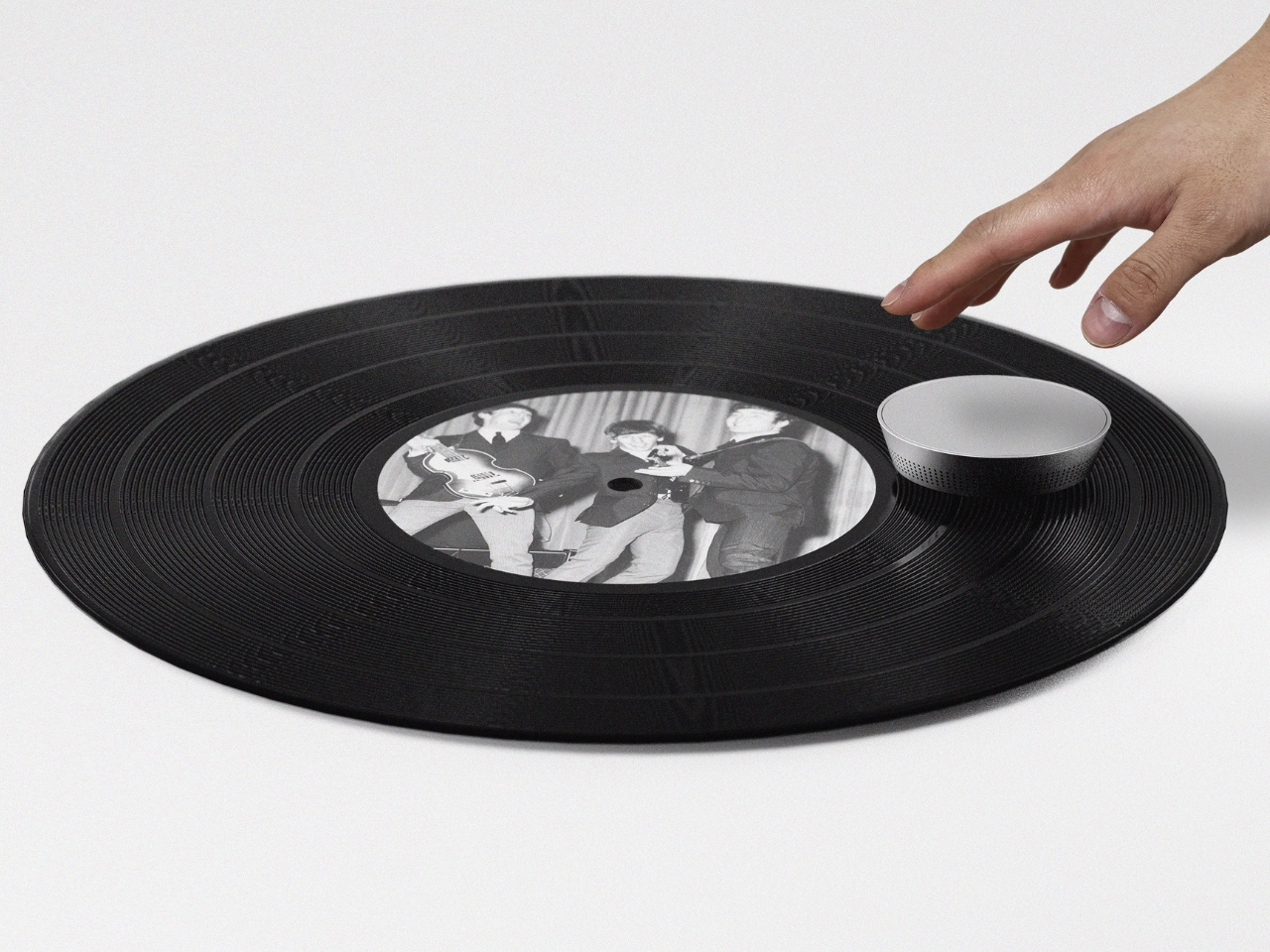
The idea of a retro-looking speaker will most likely interest both those who want to get back to the good ole days and those that wanted to experience it in one form or another. The record runner feature may not be appealing though to those who prefer their vinyls to be played the regular way.
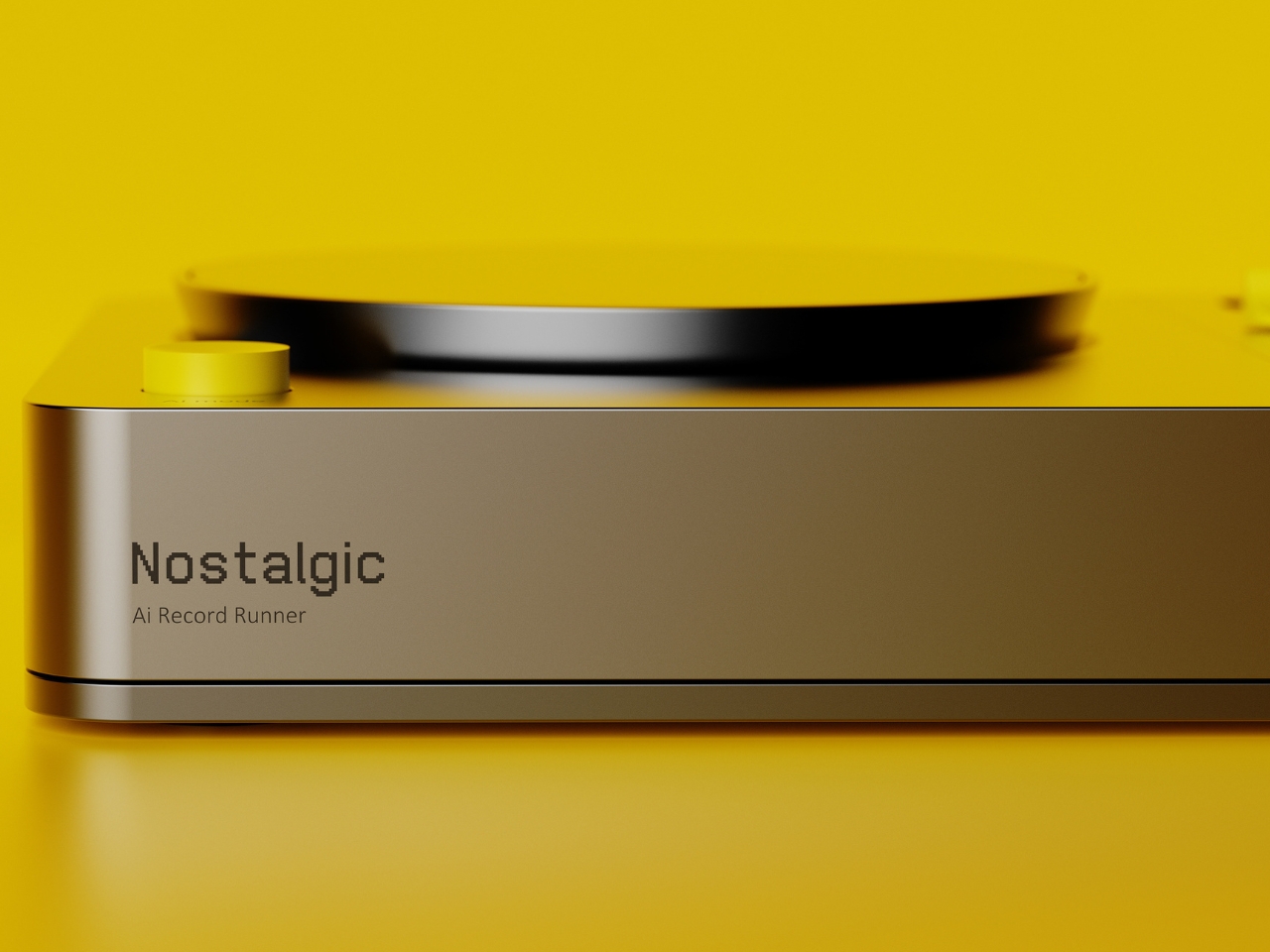
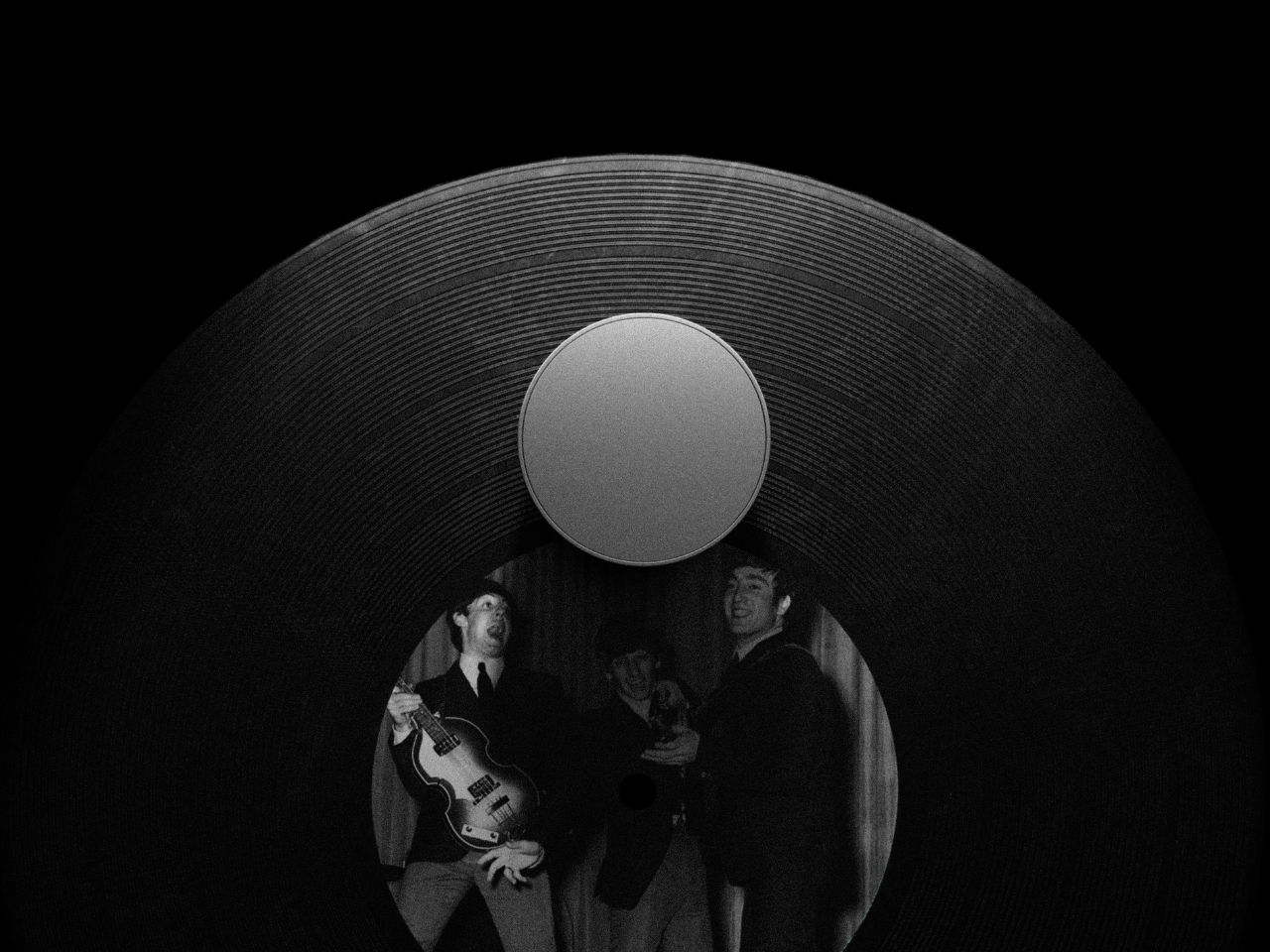
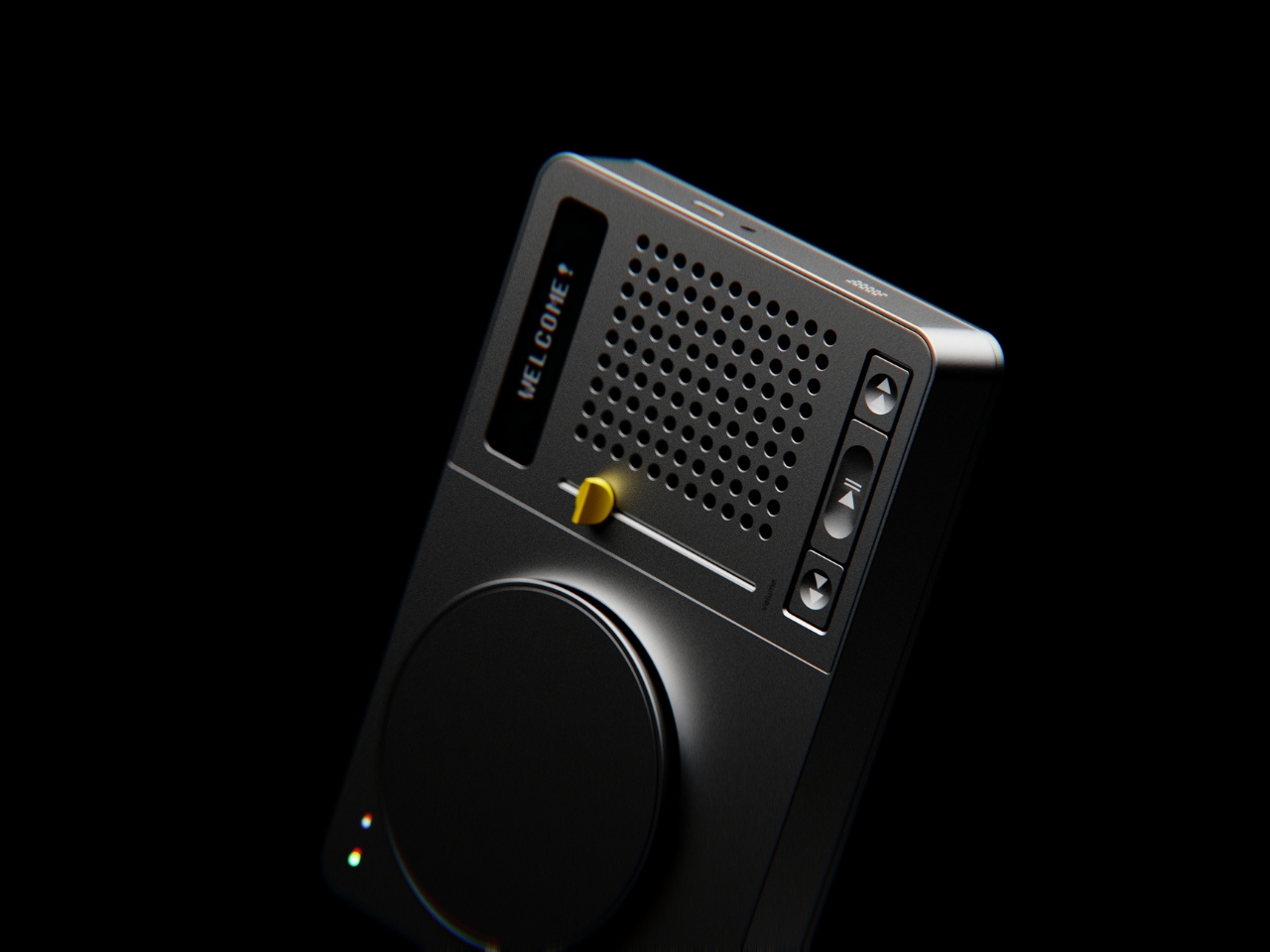
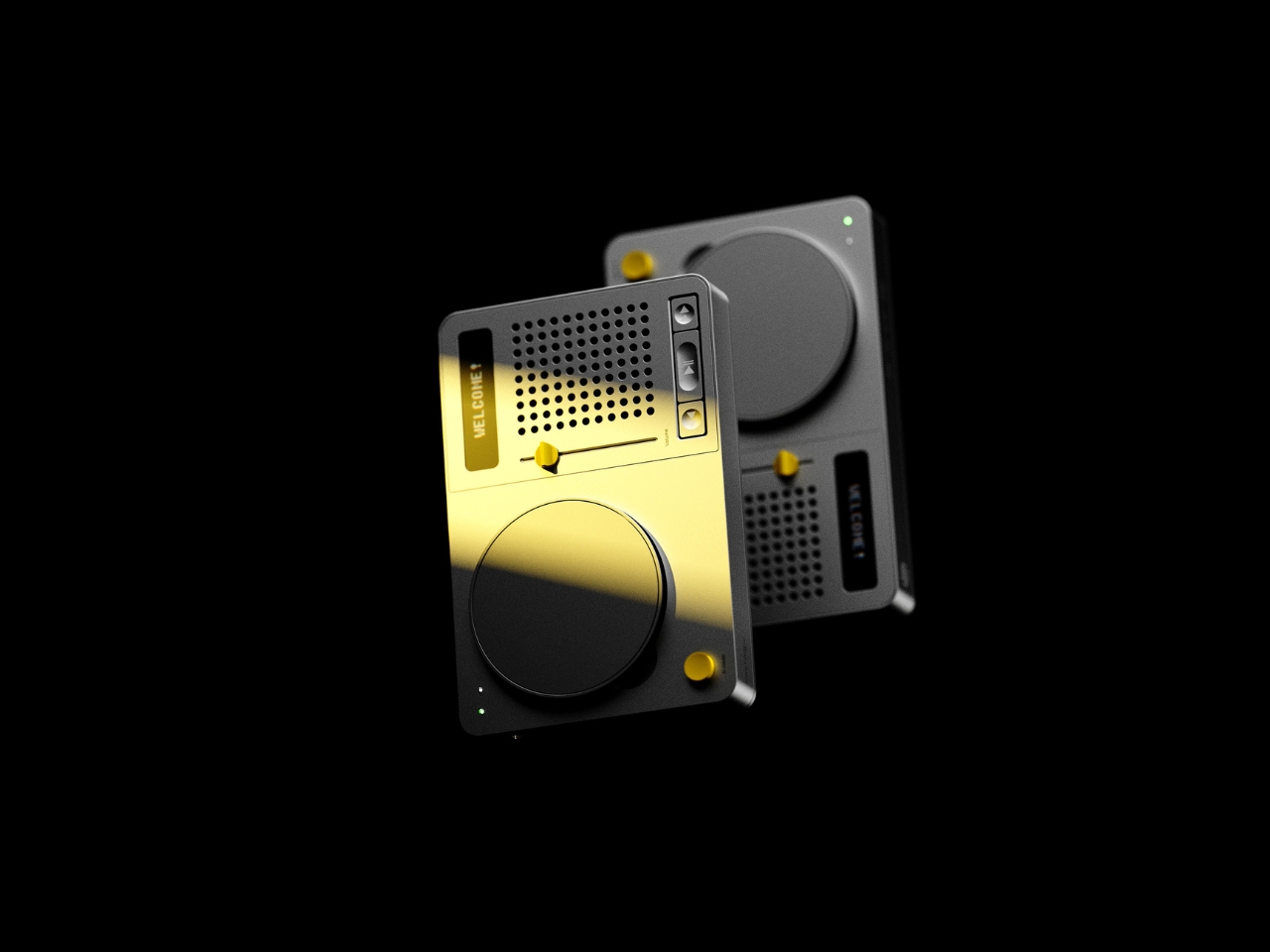
The post 2-in-1 retro device concept brings an AI speaker and record runner together first appeared on Yanko Design.
